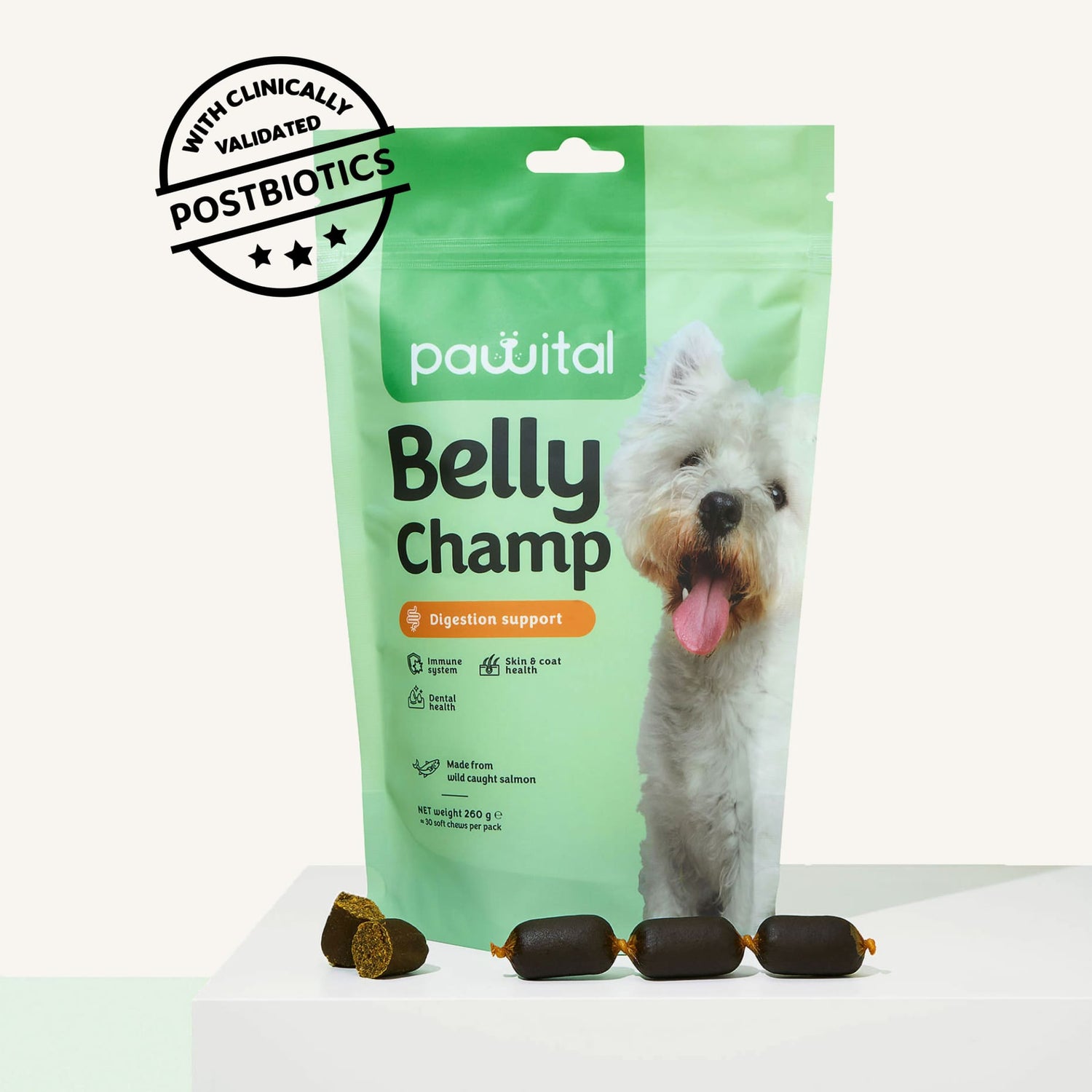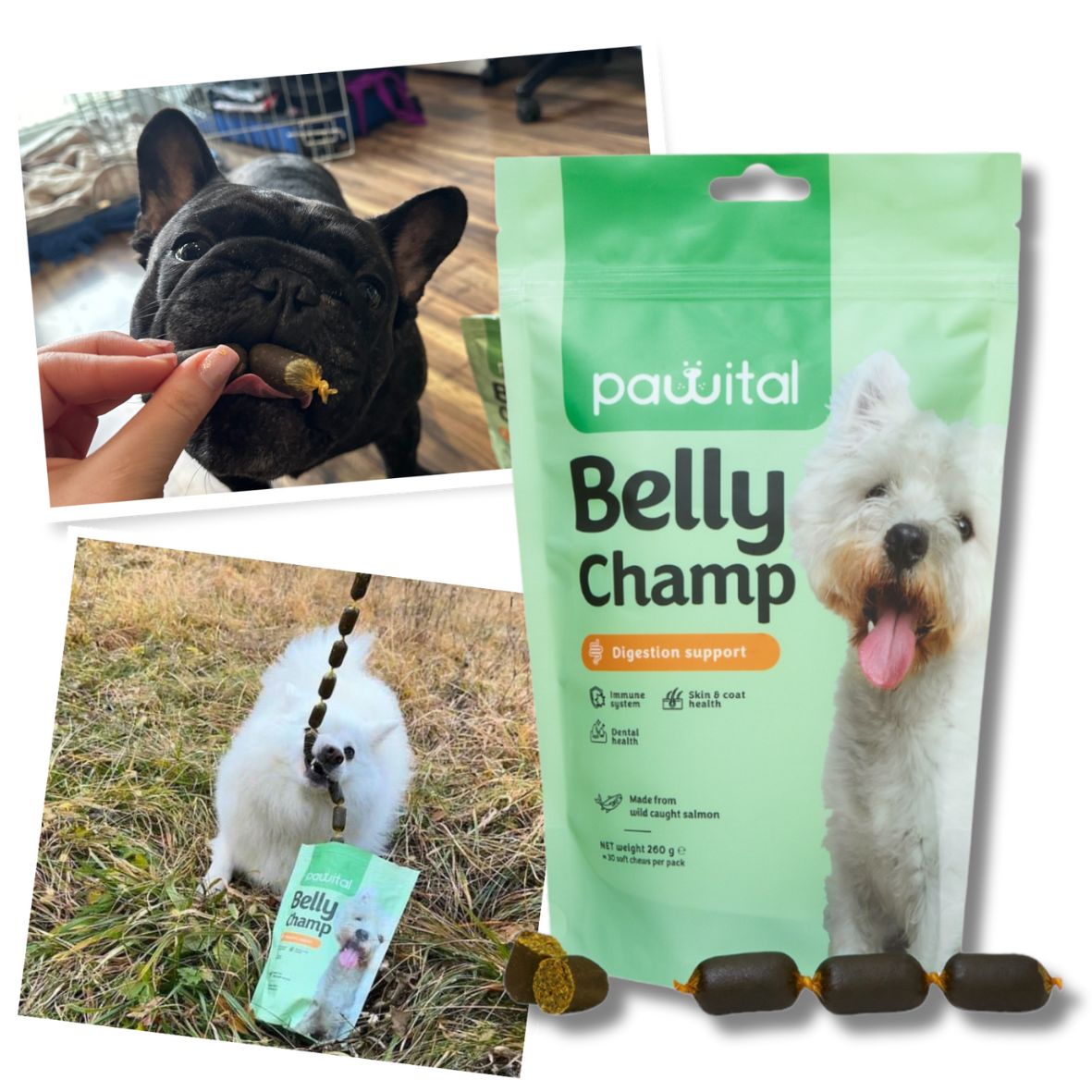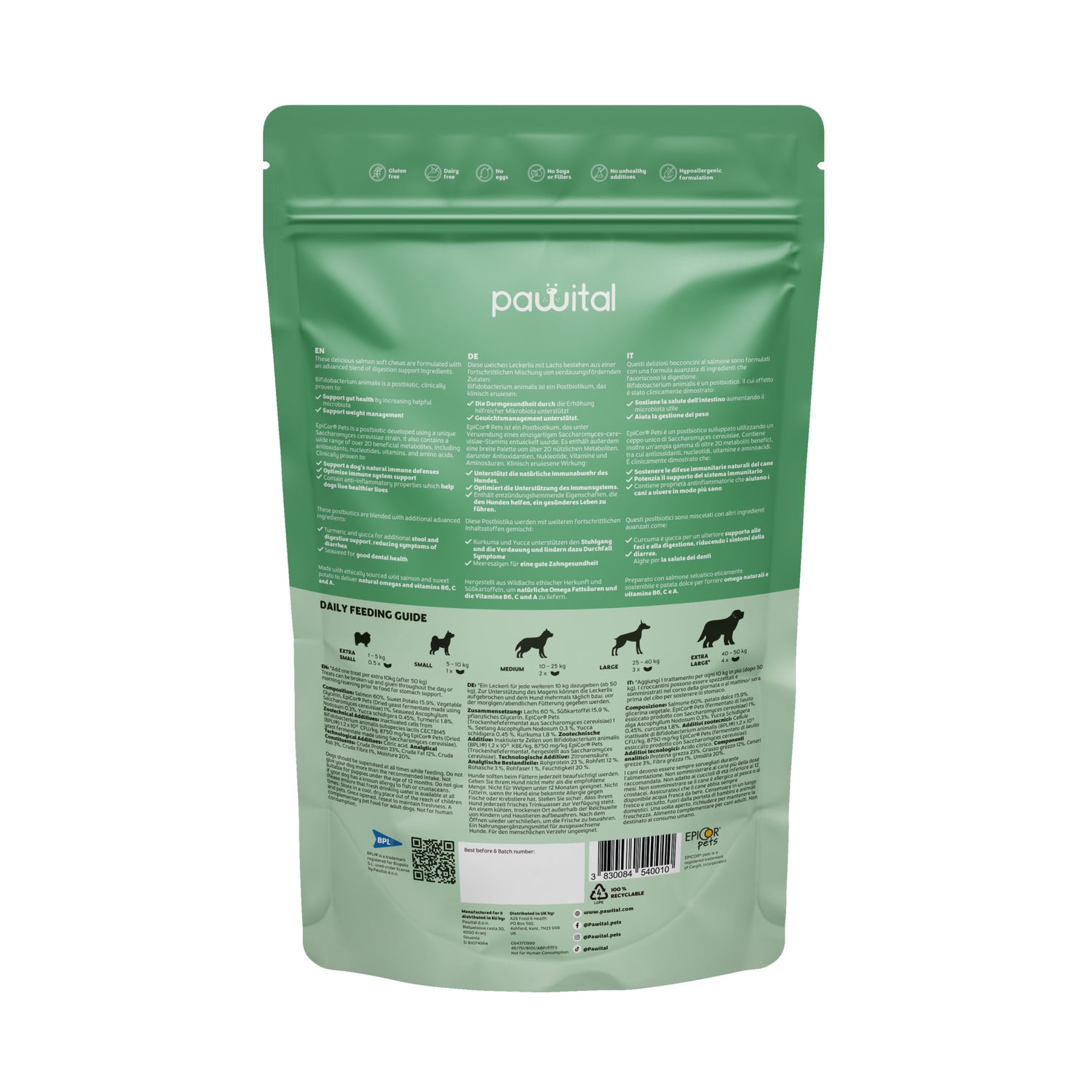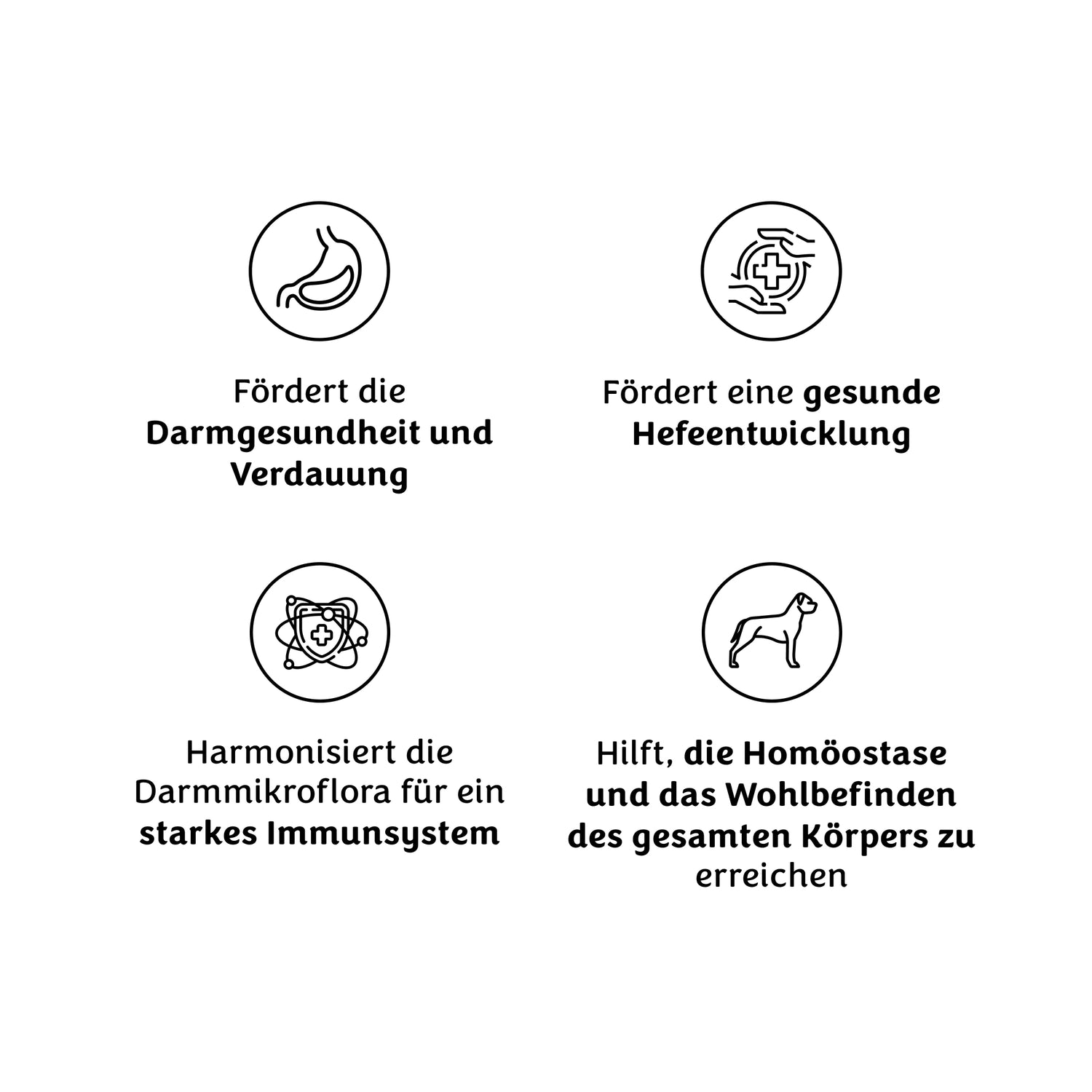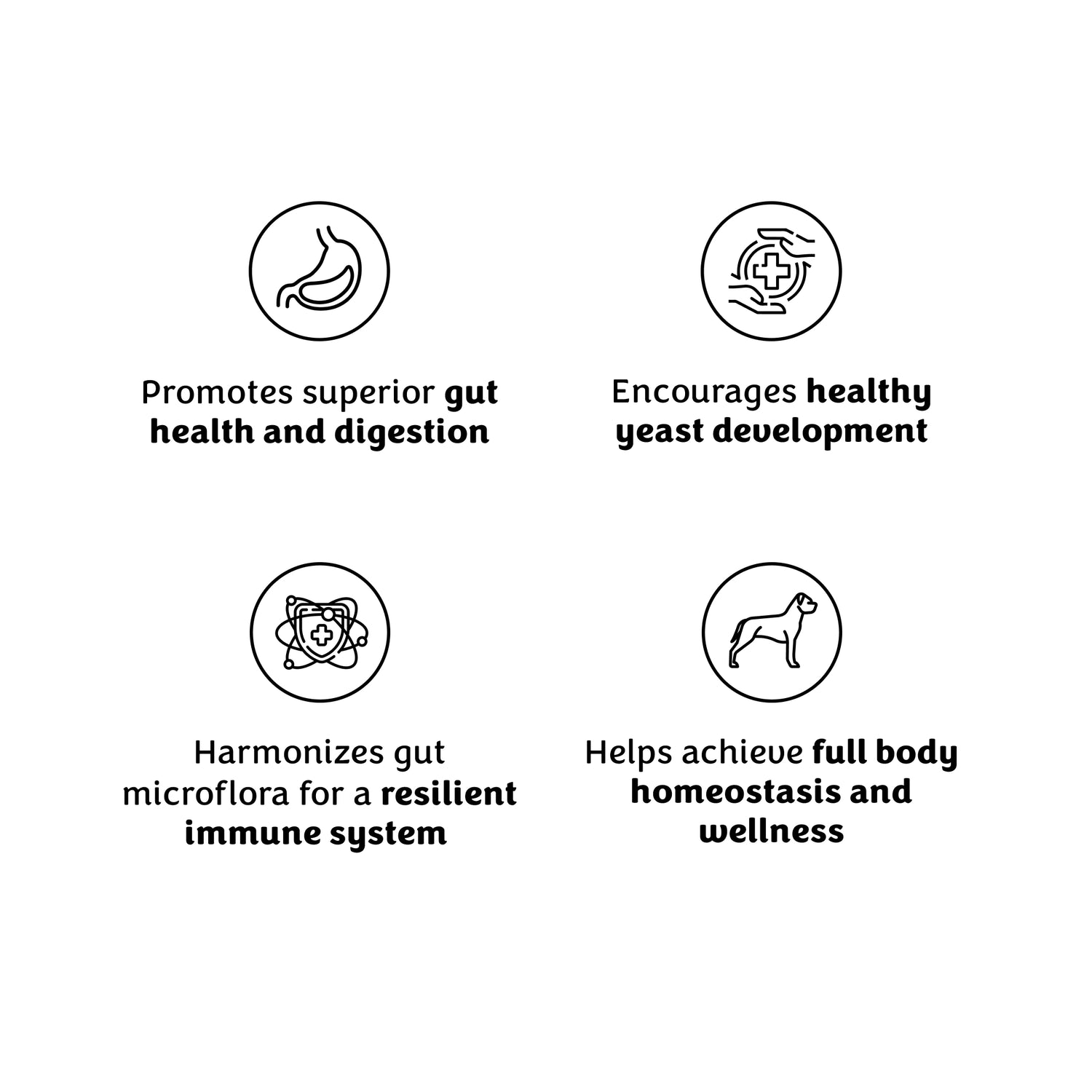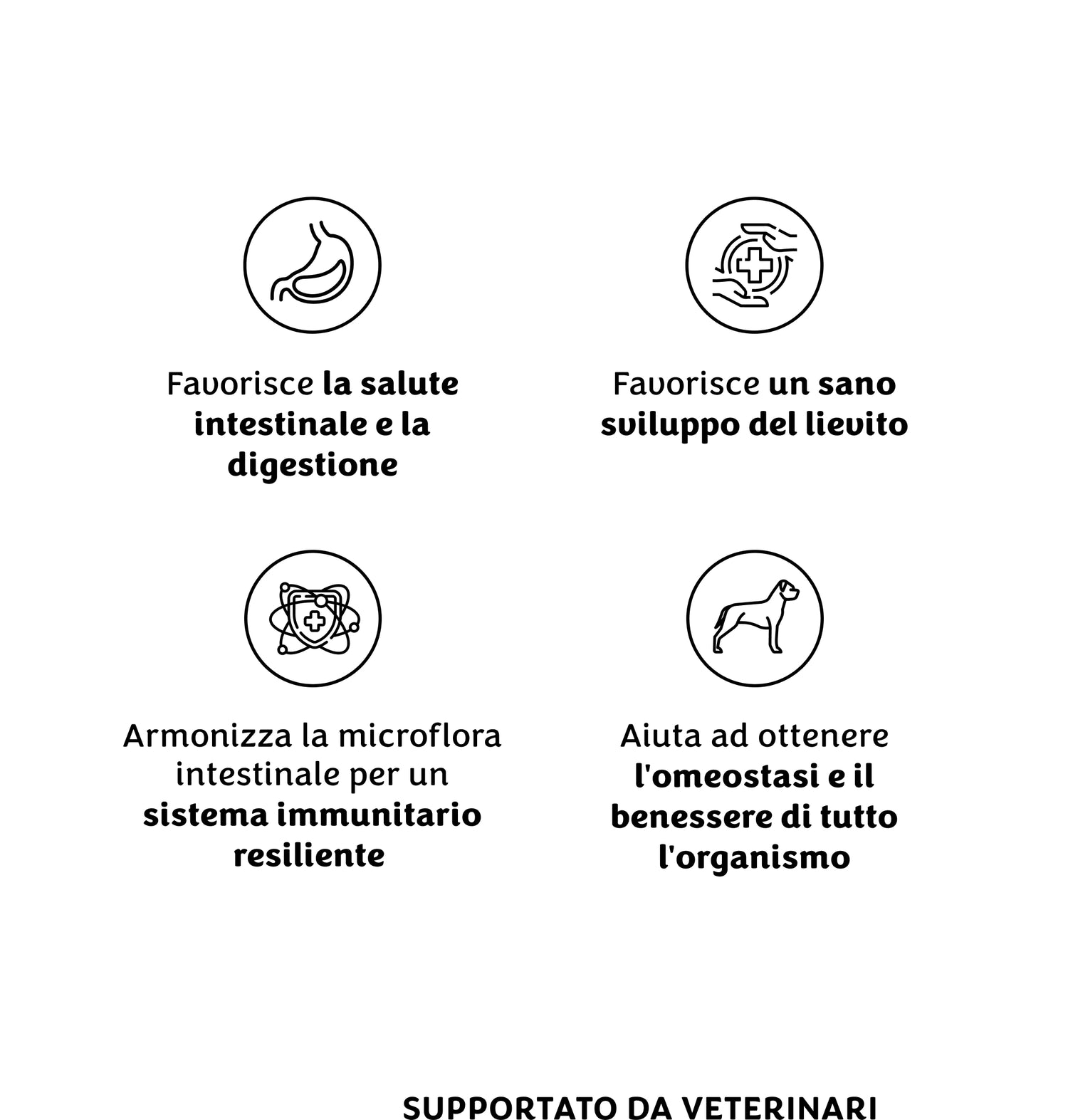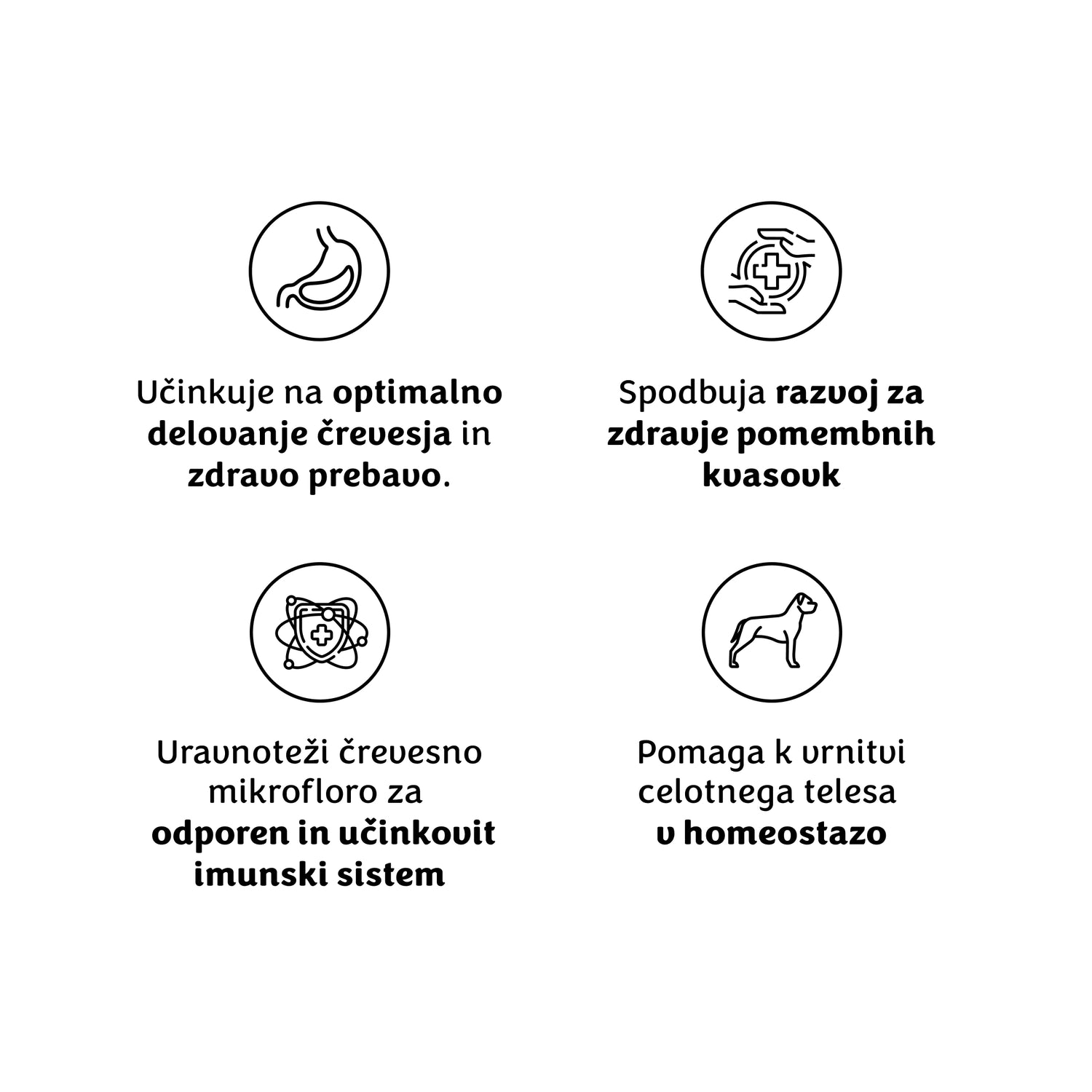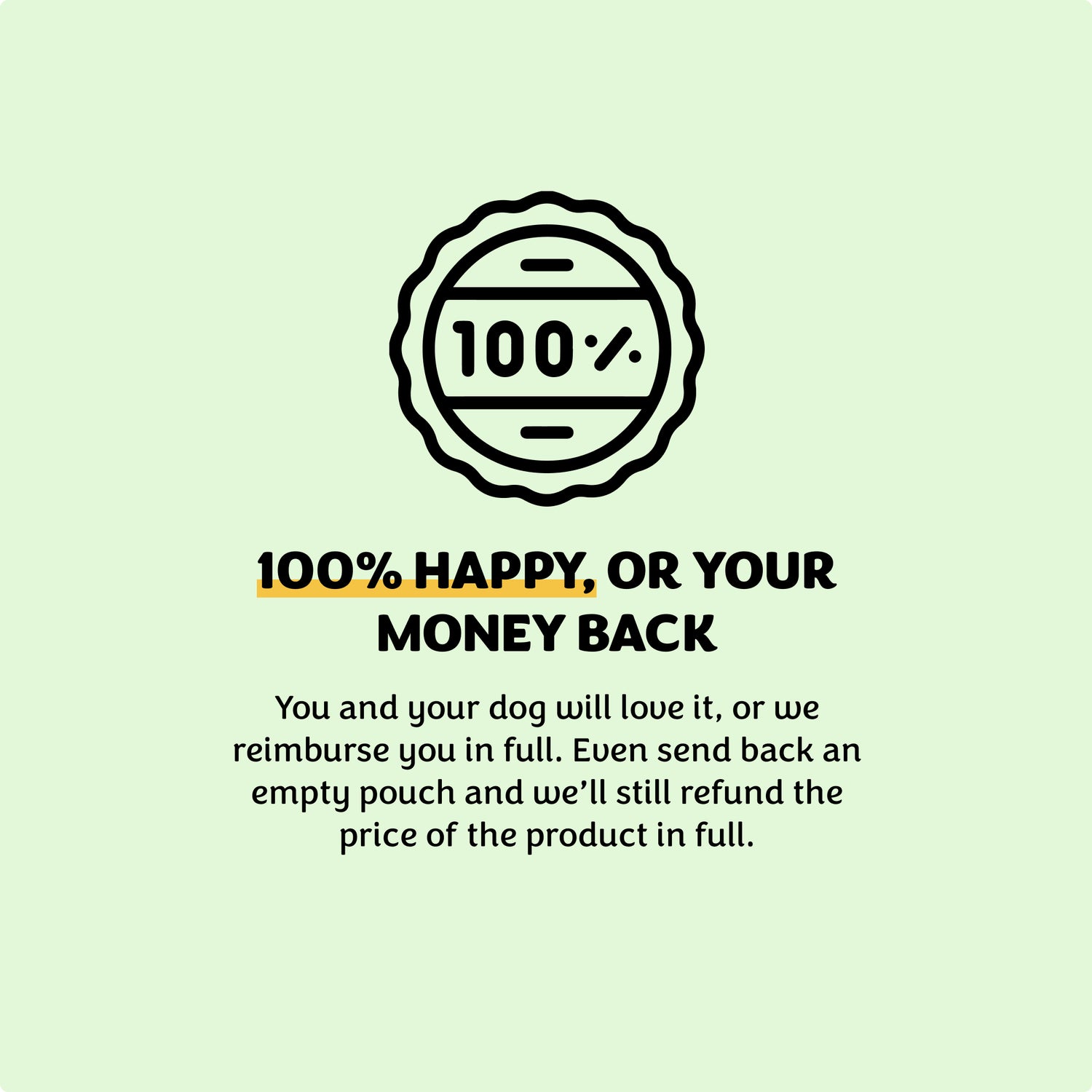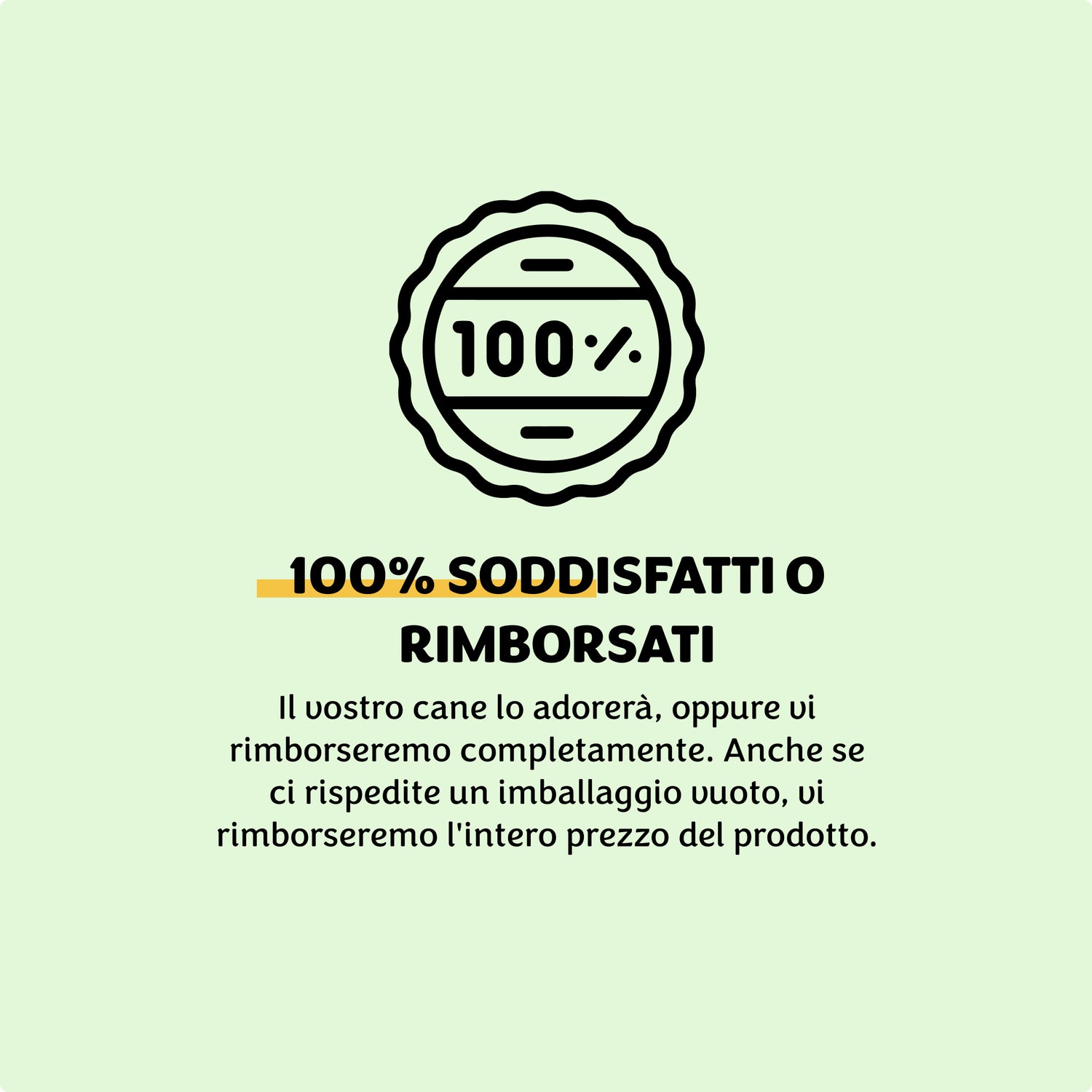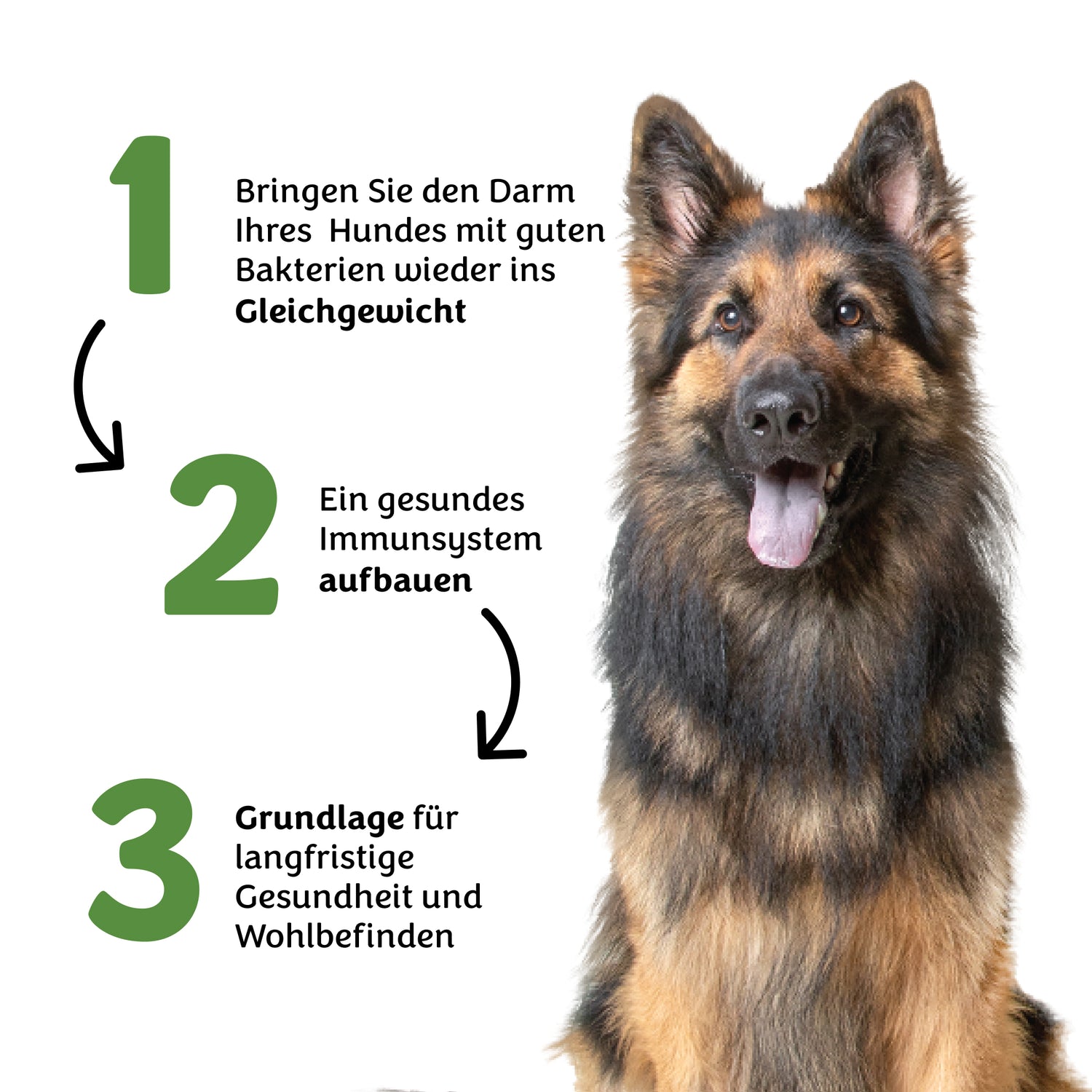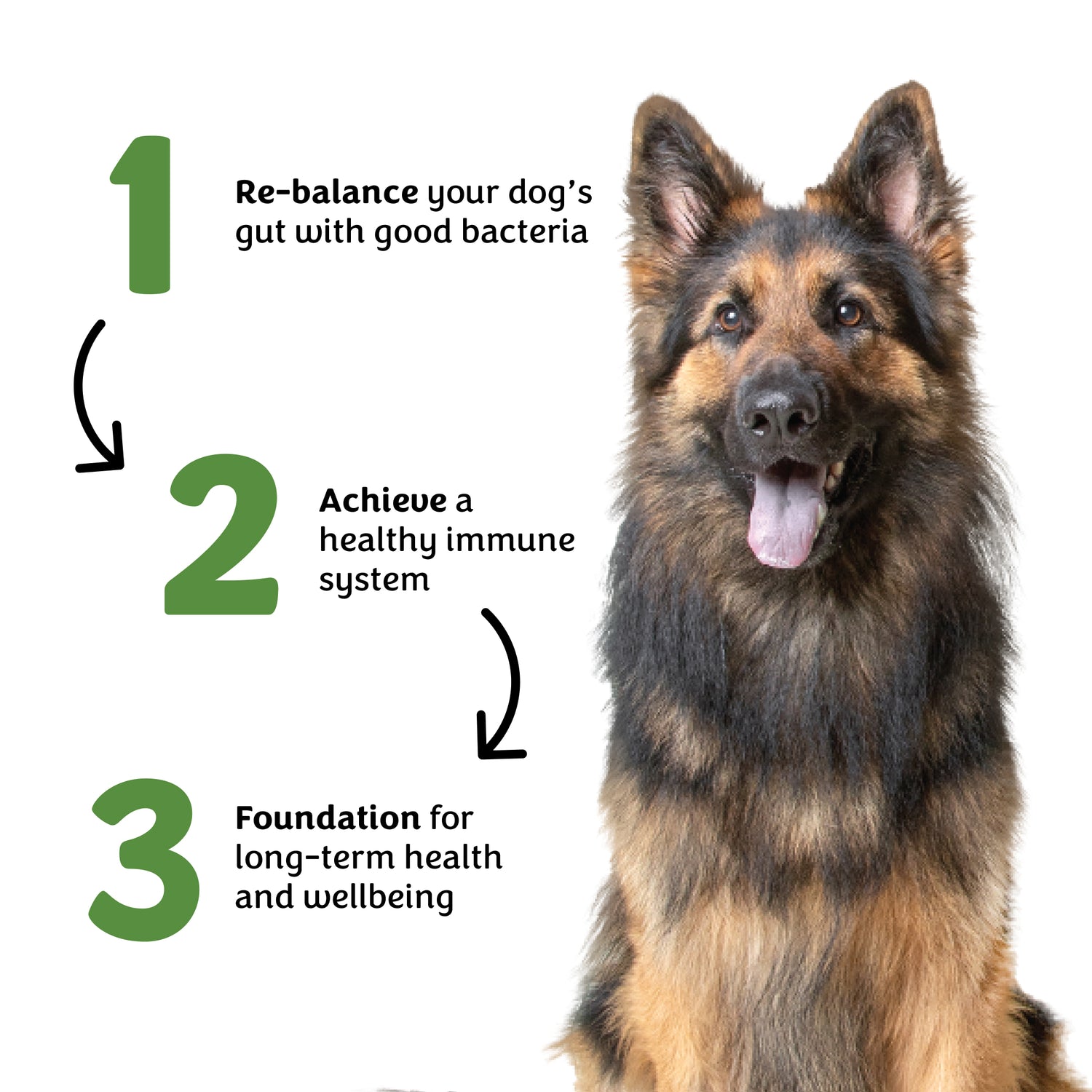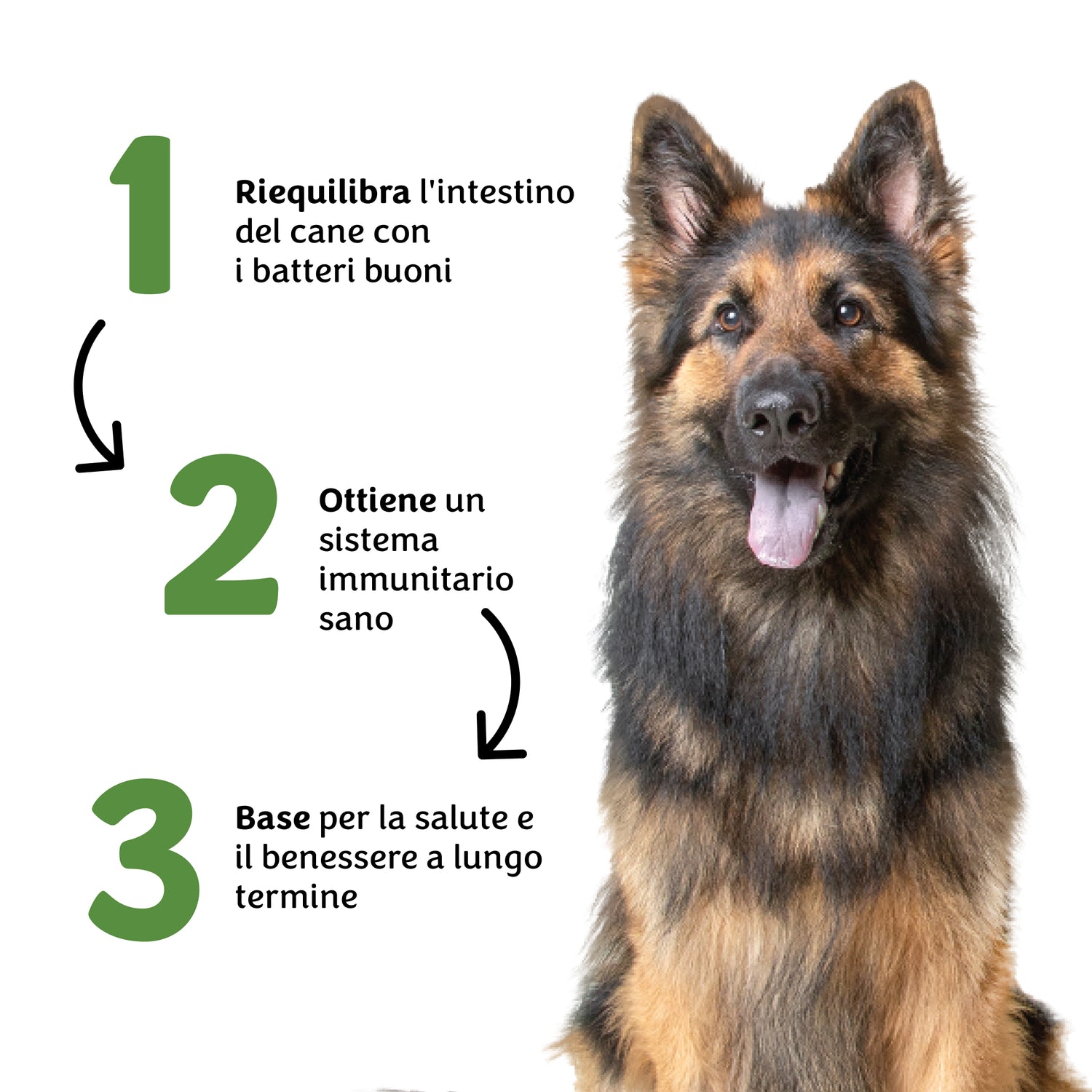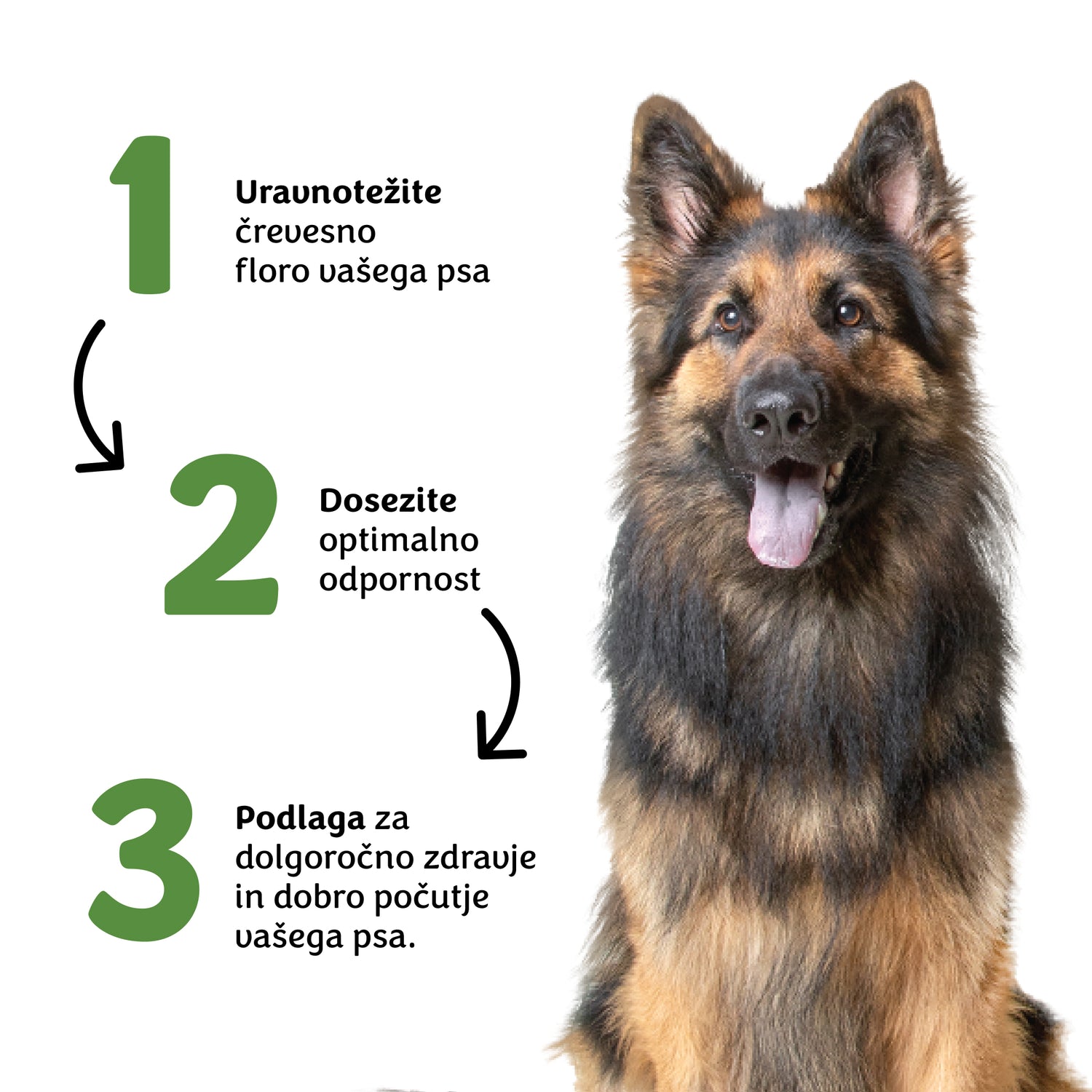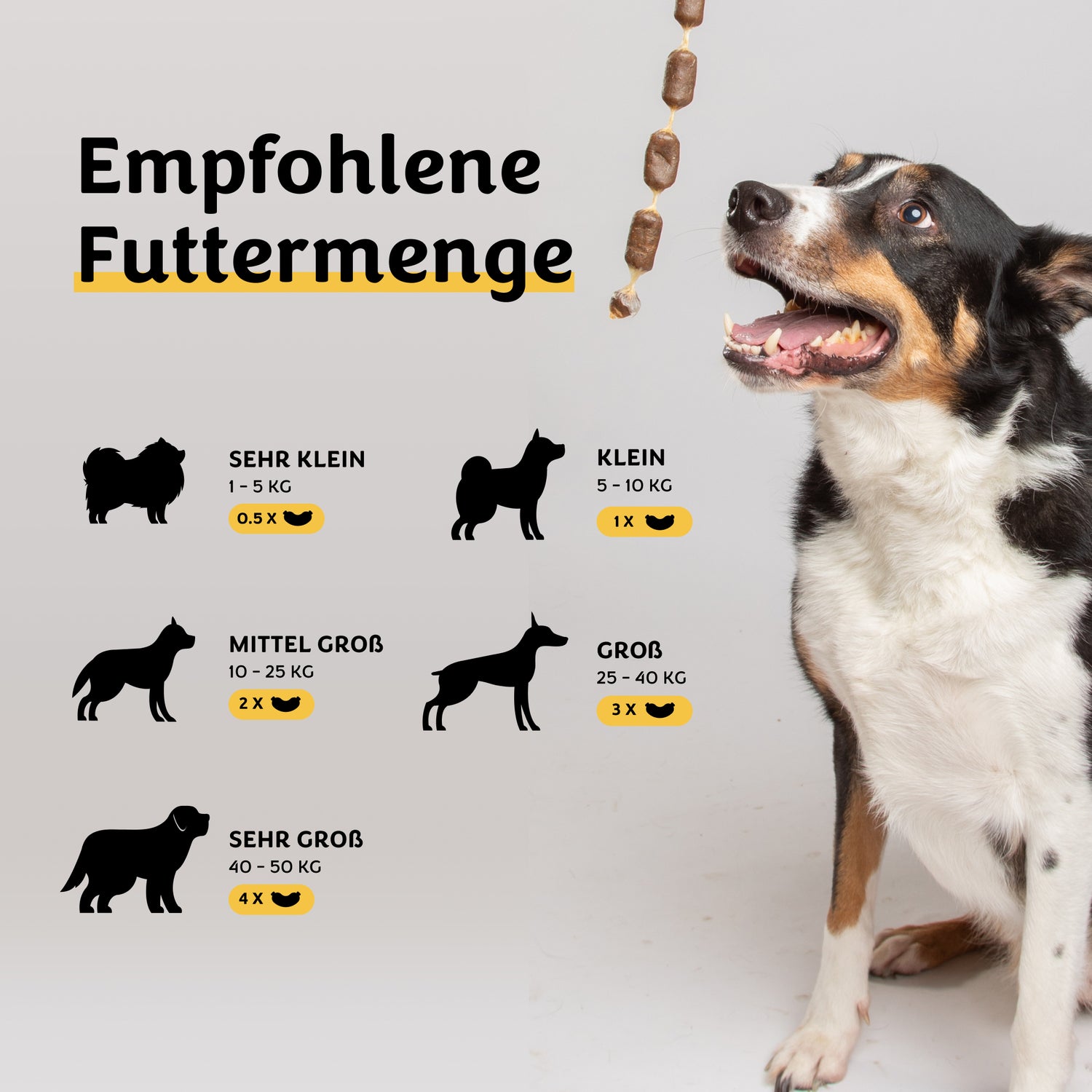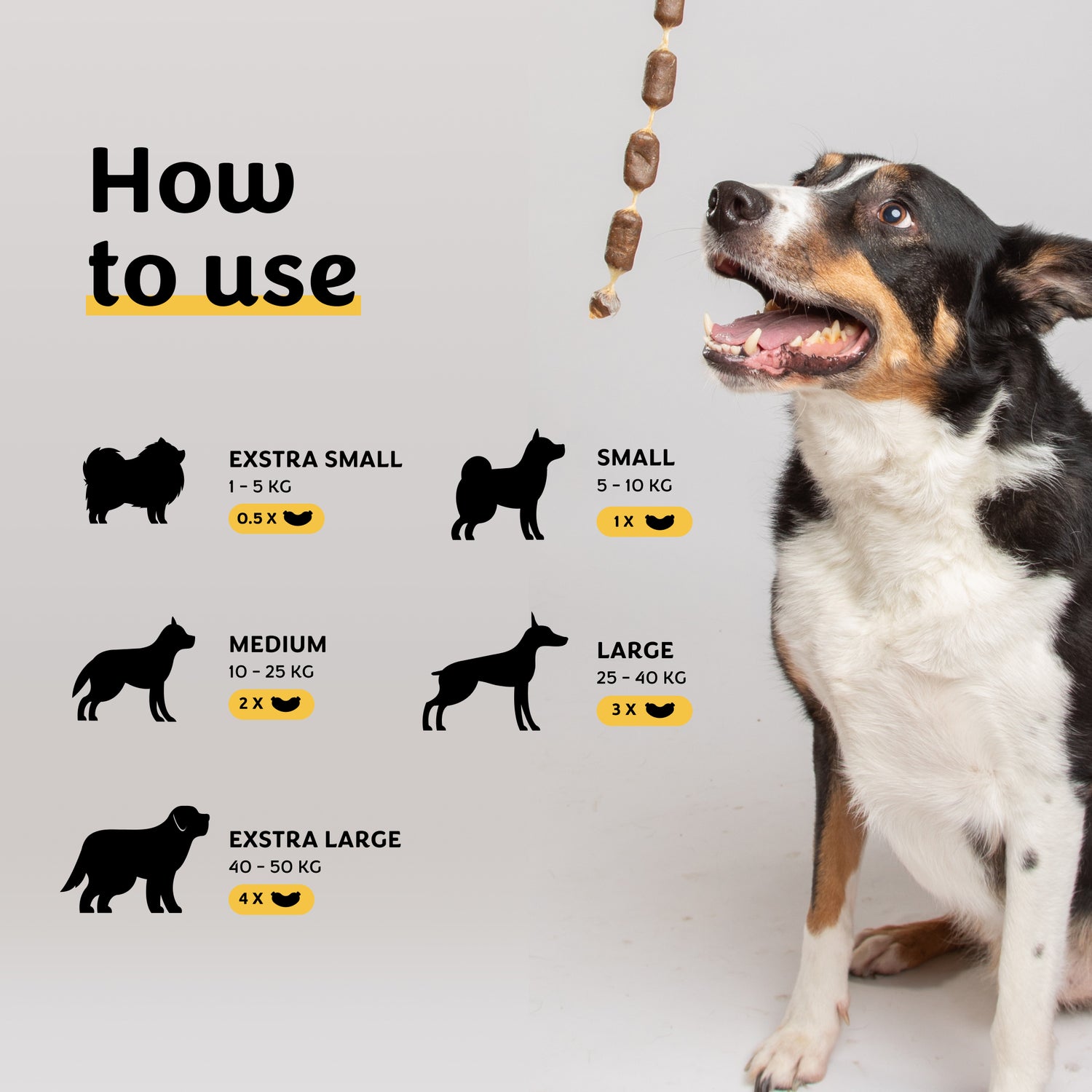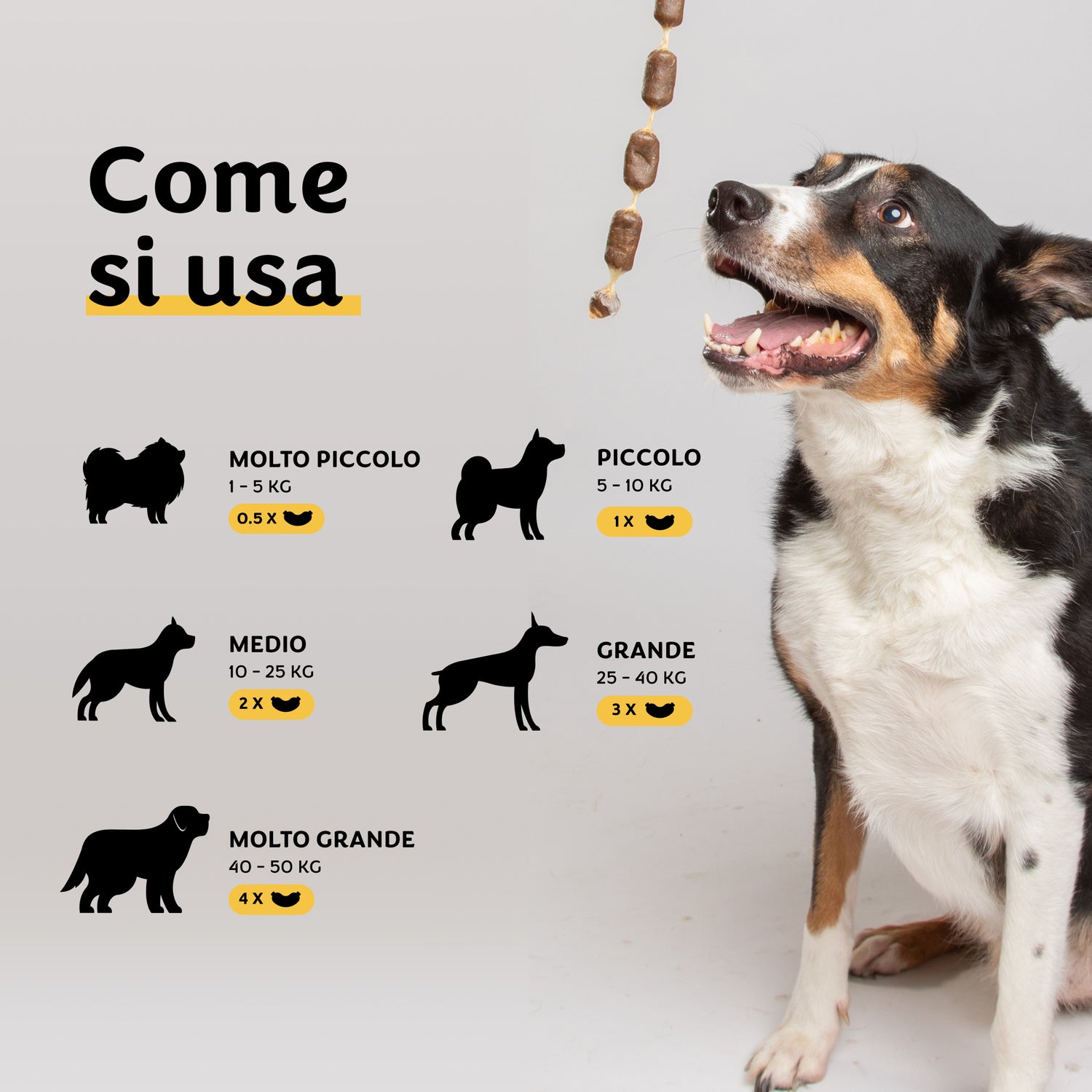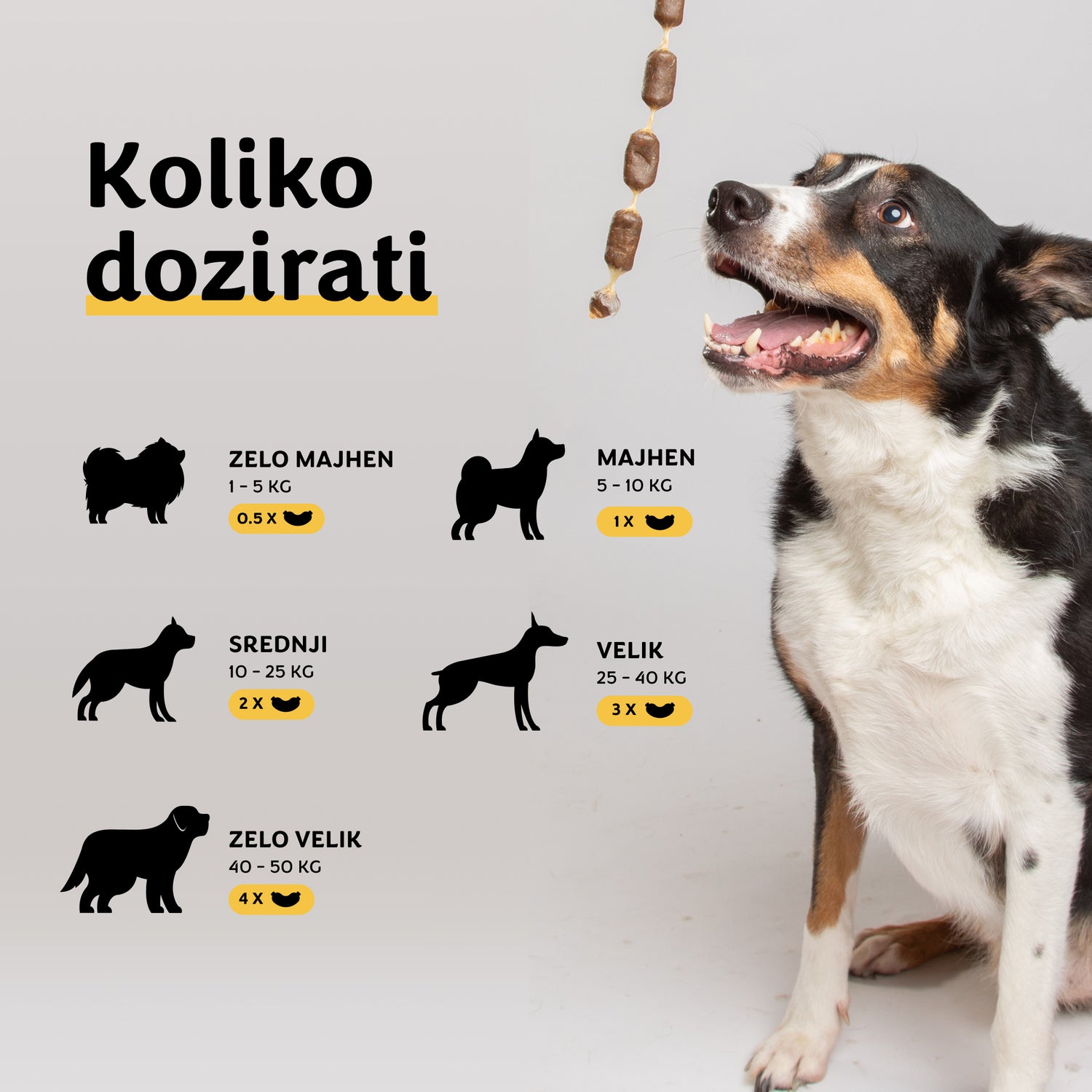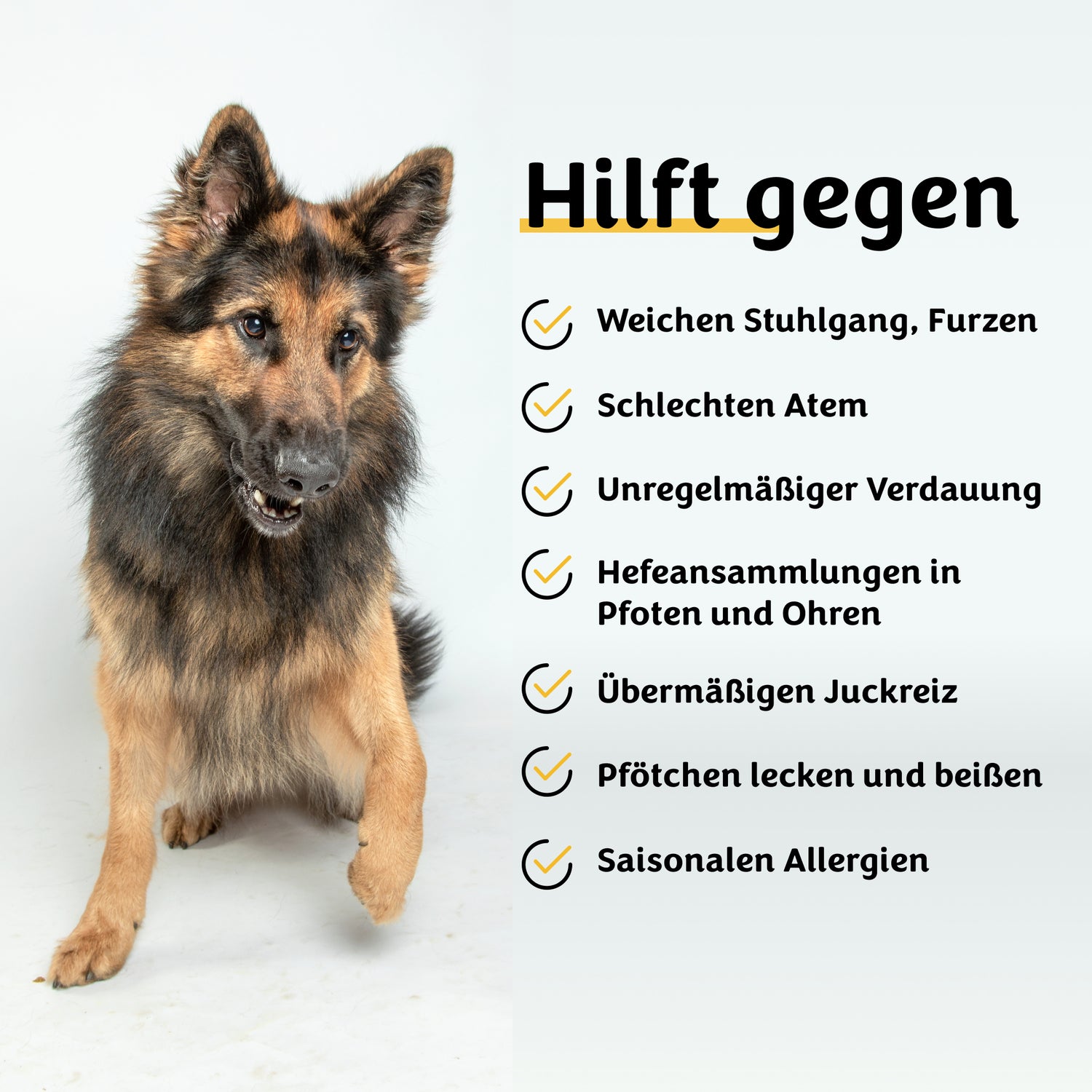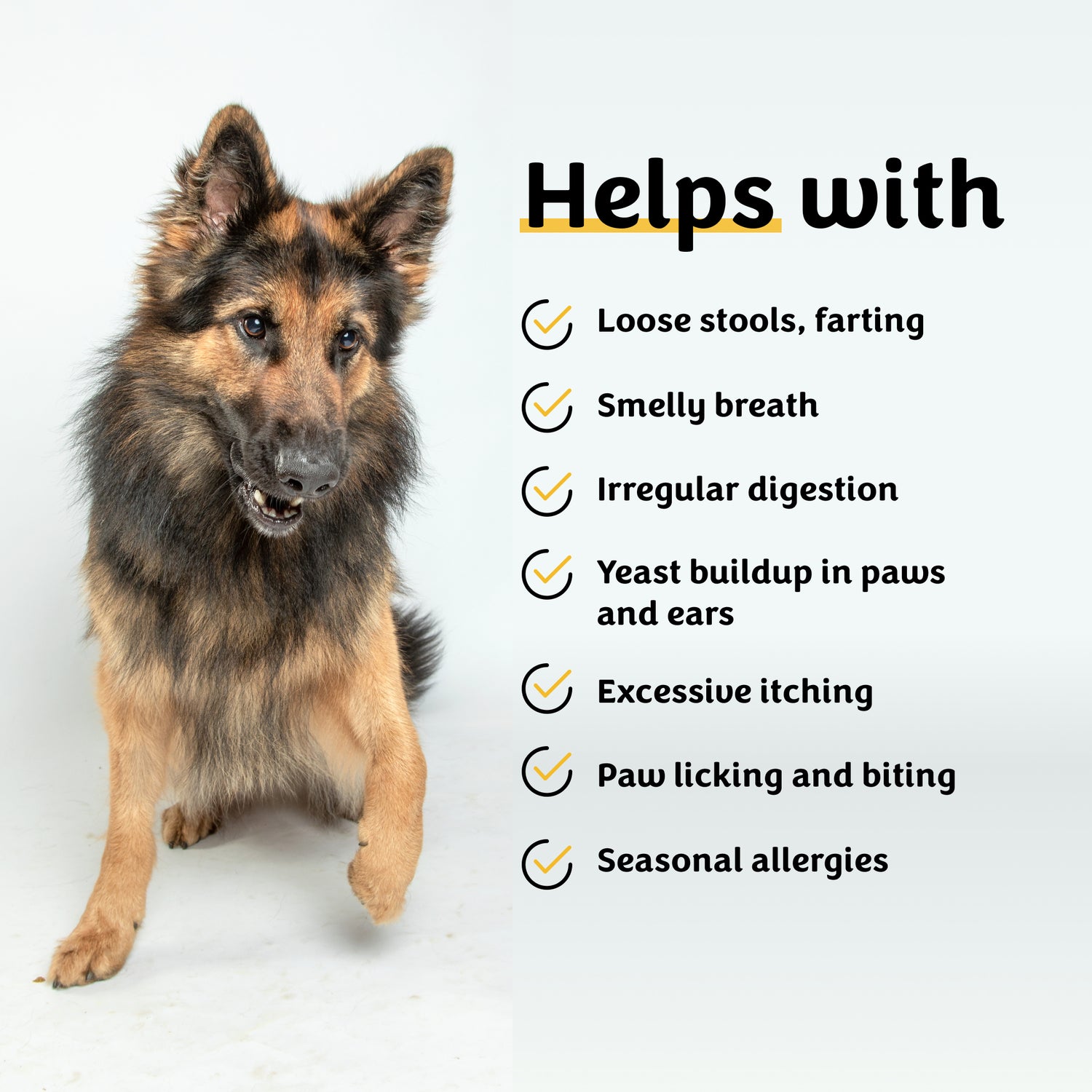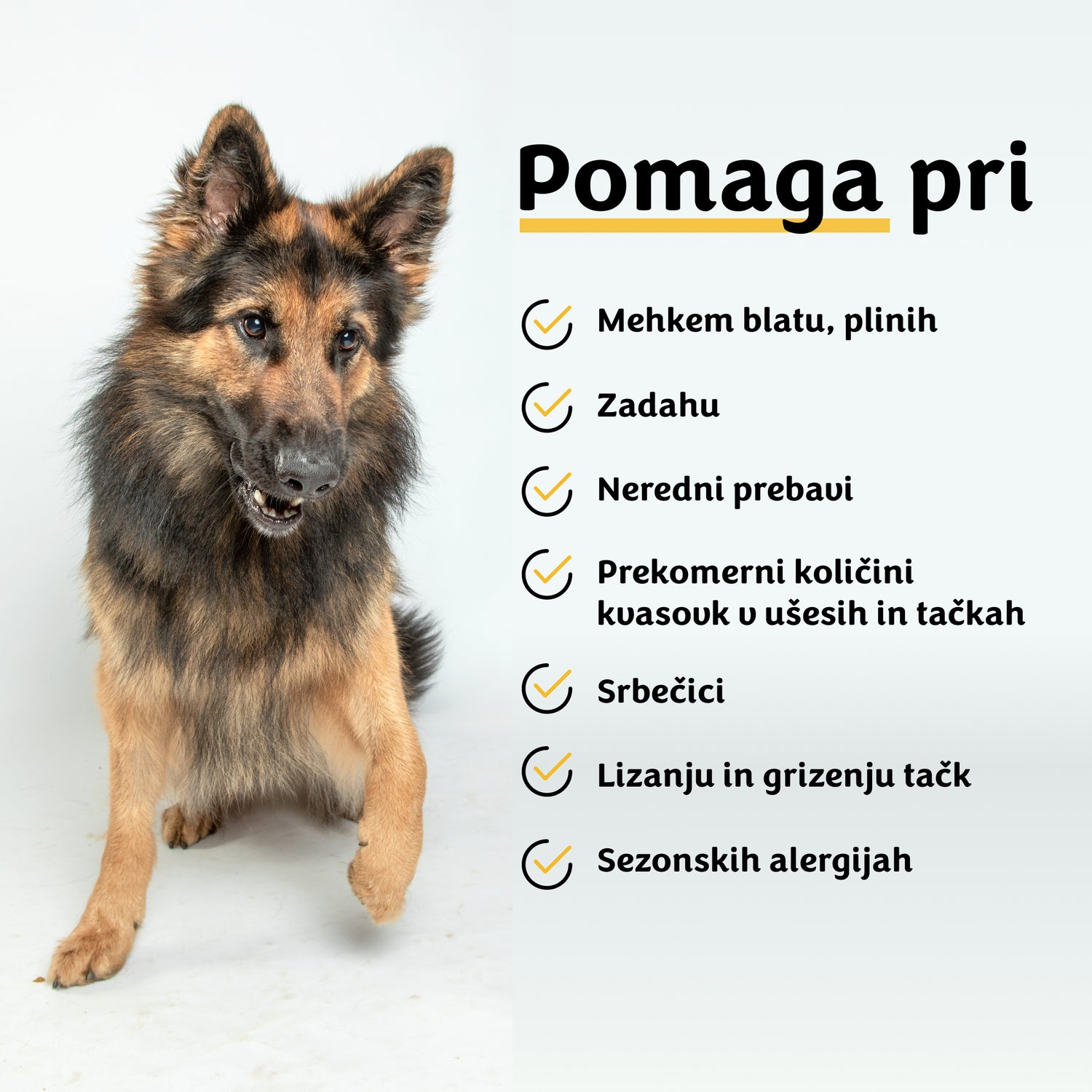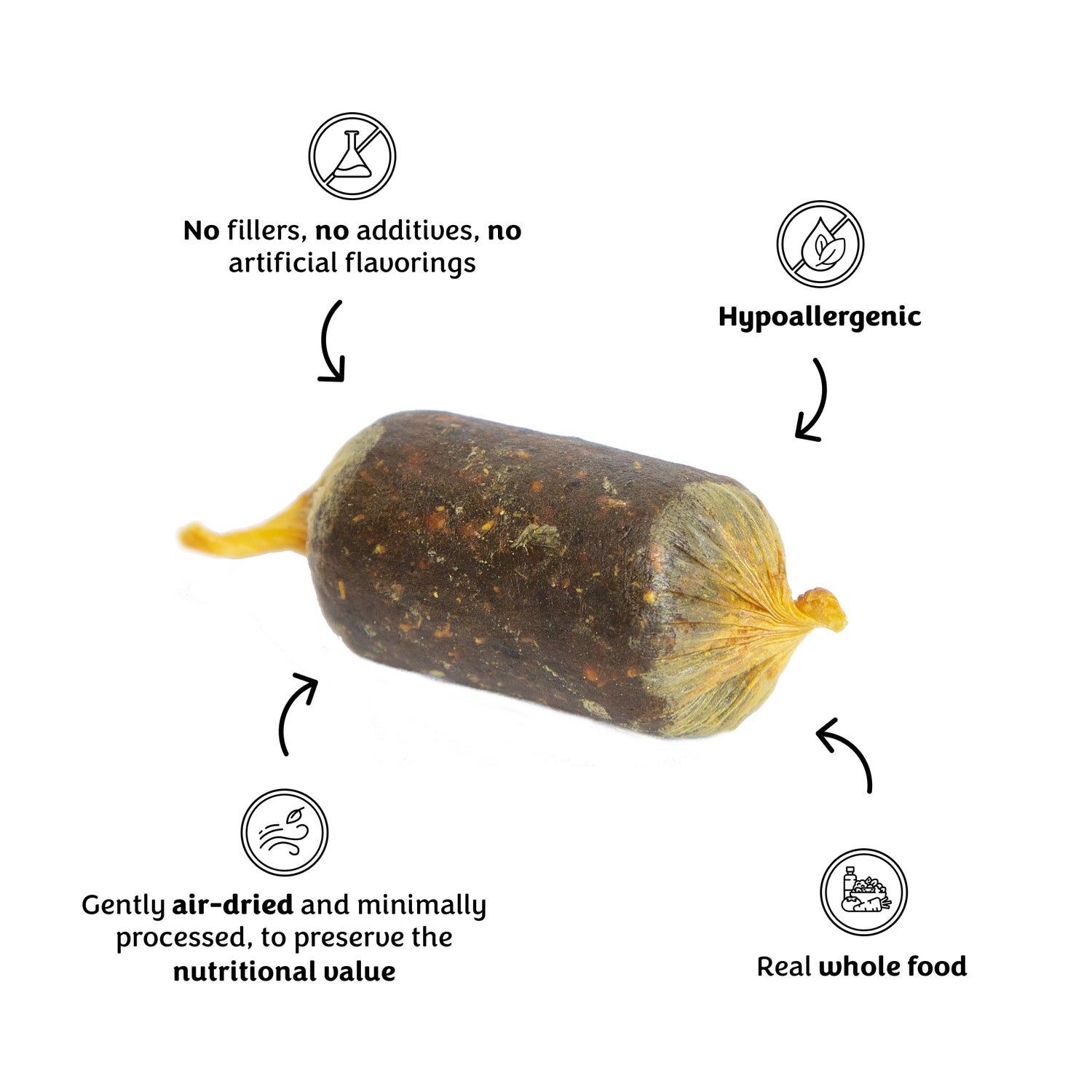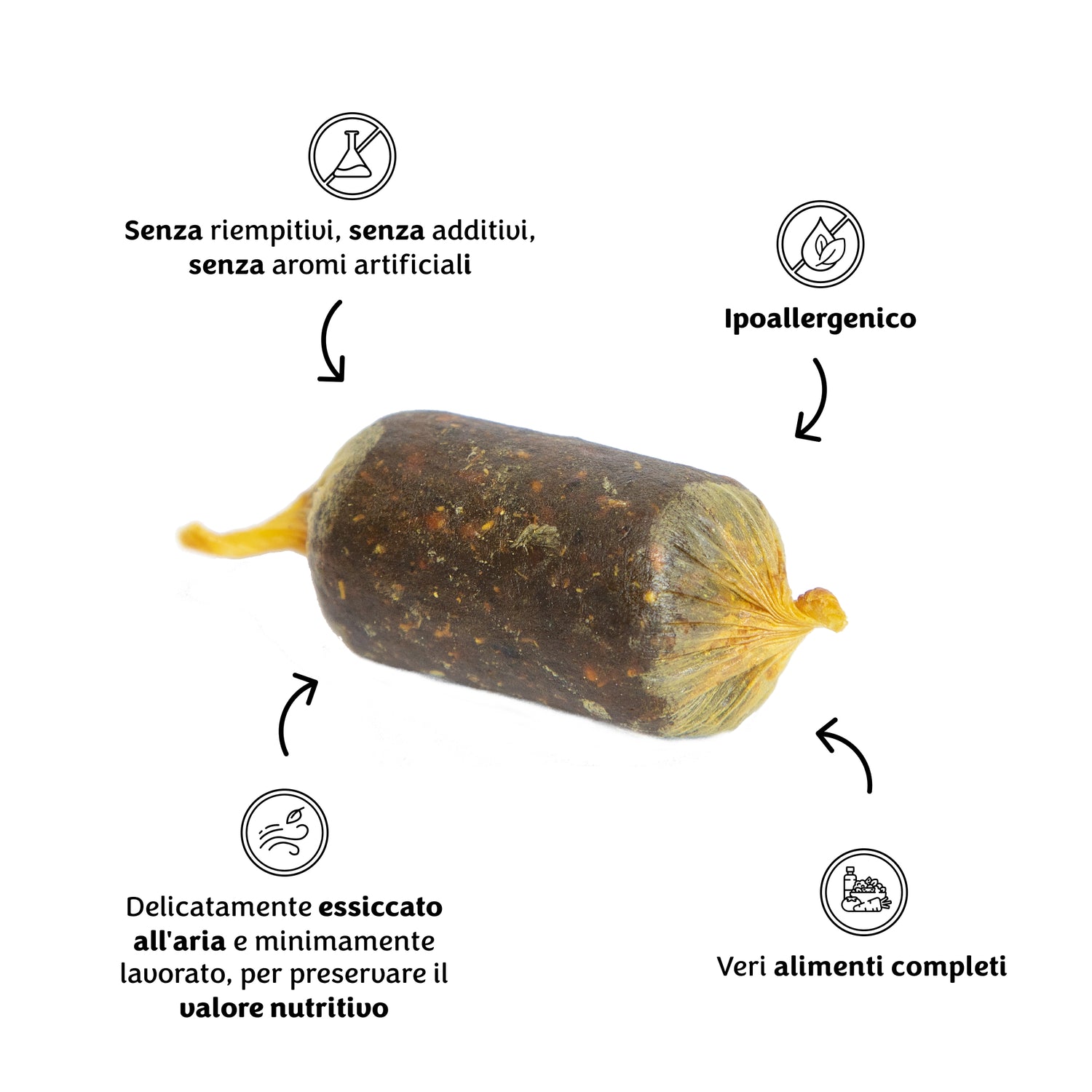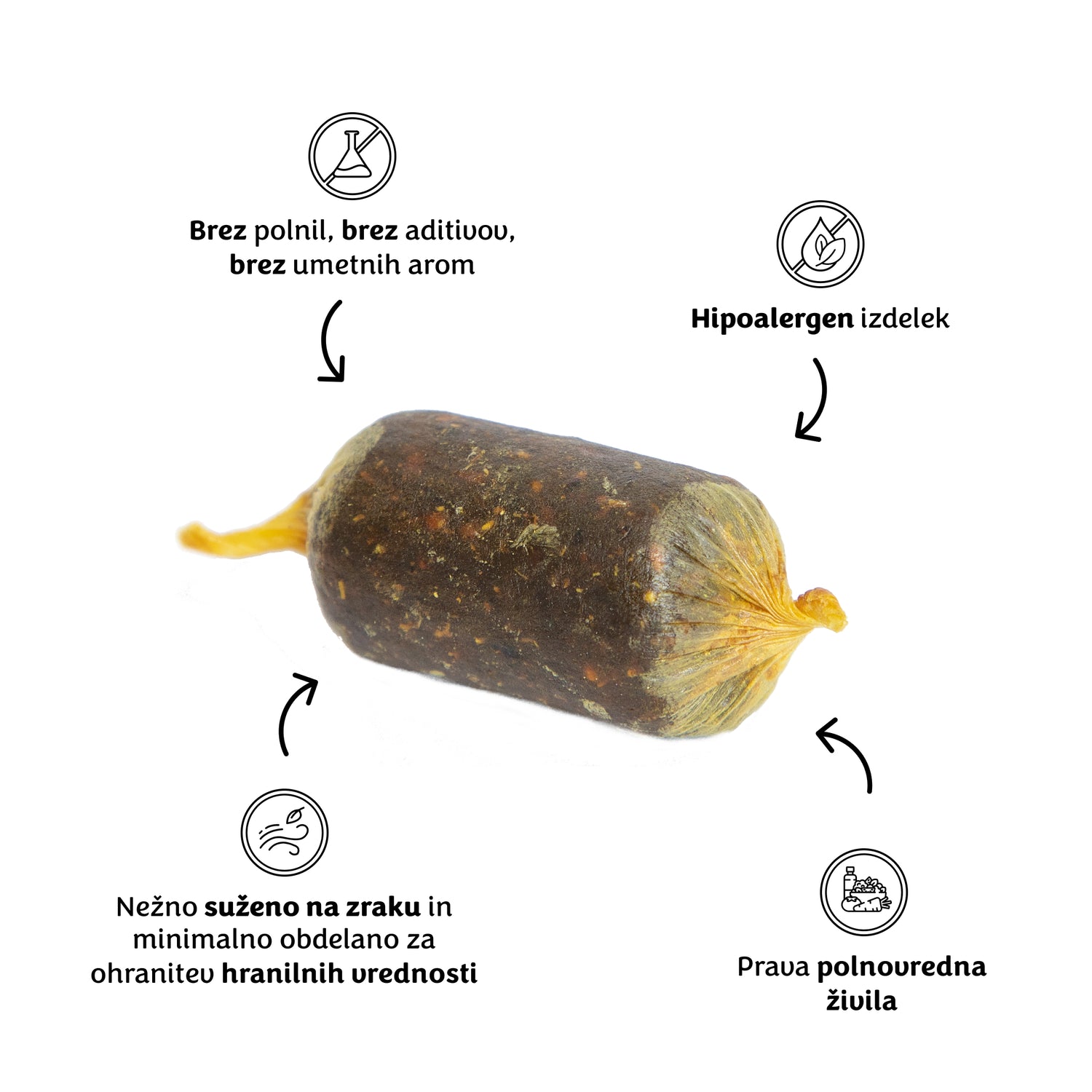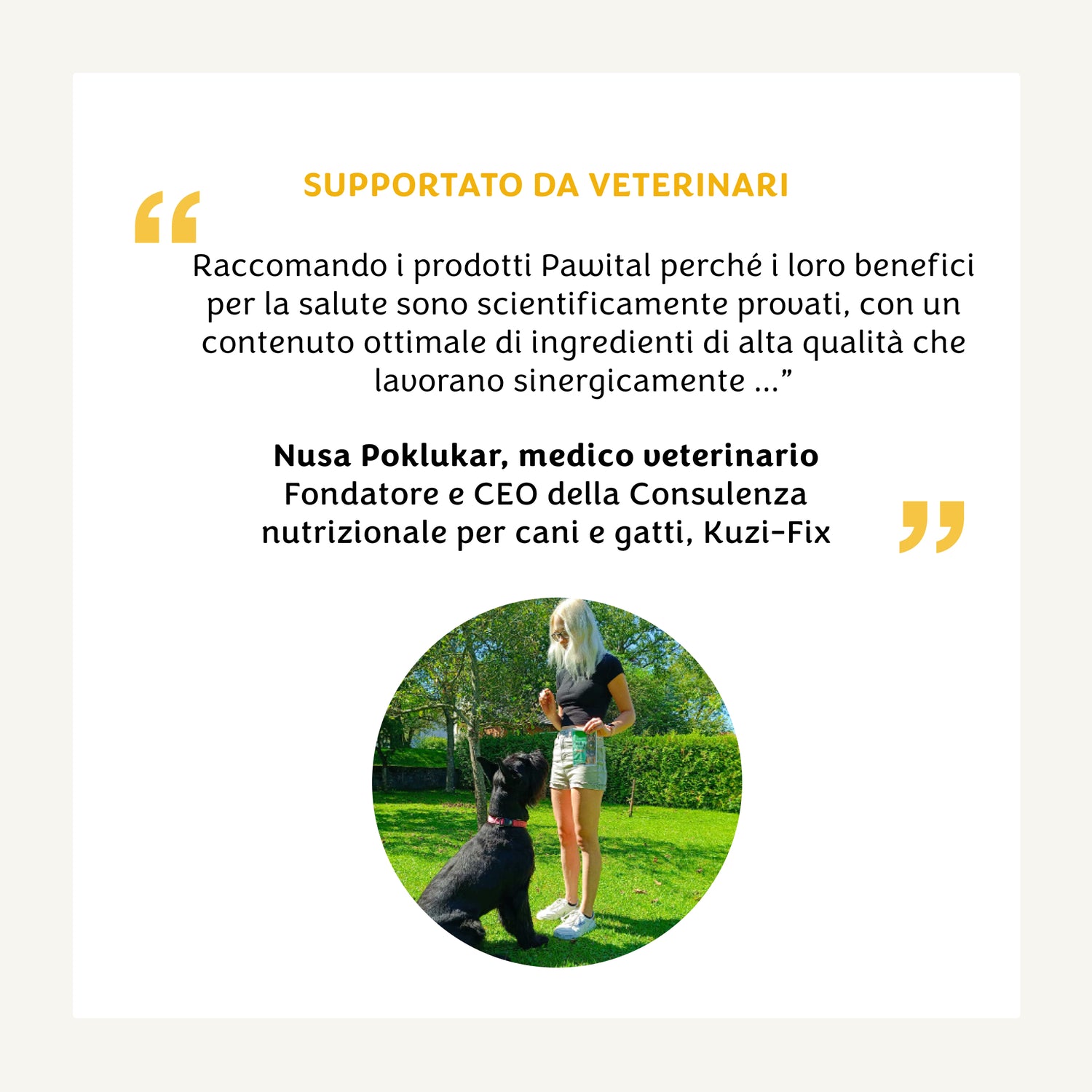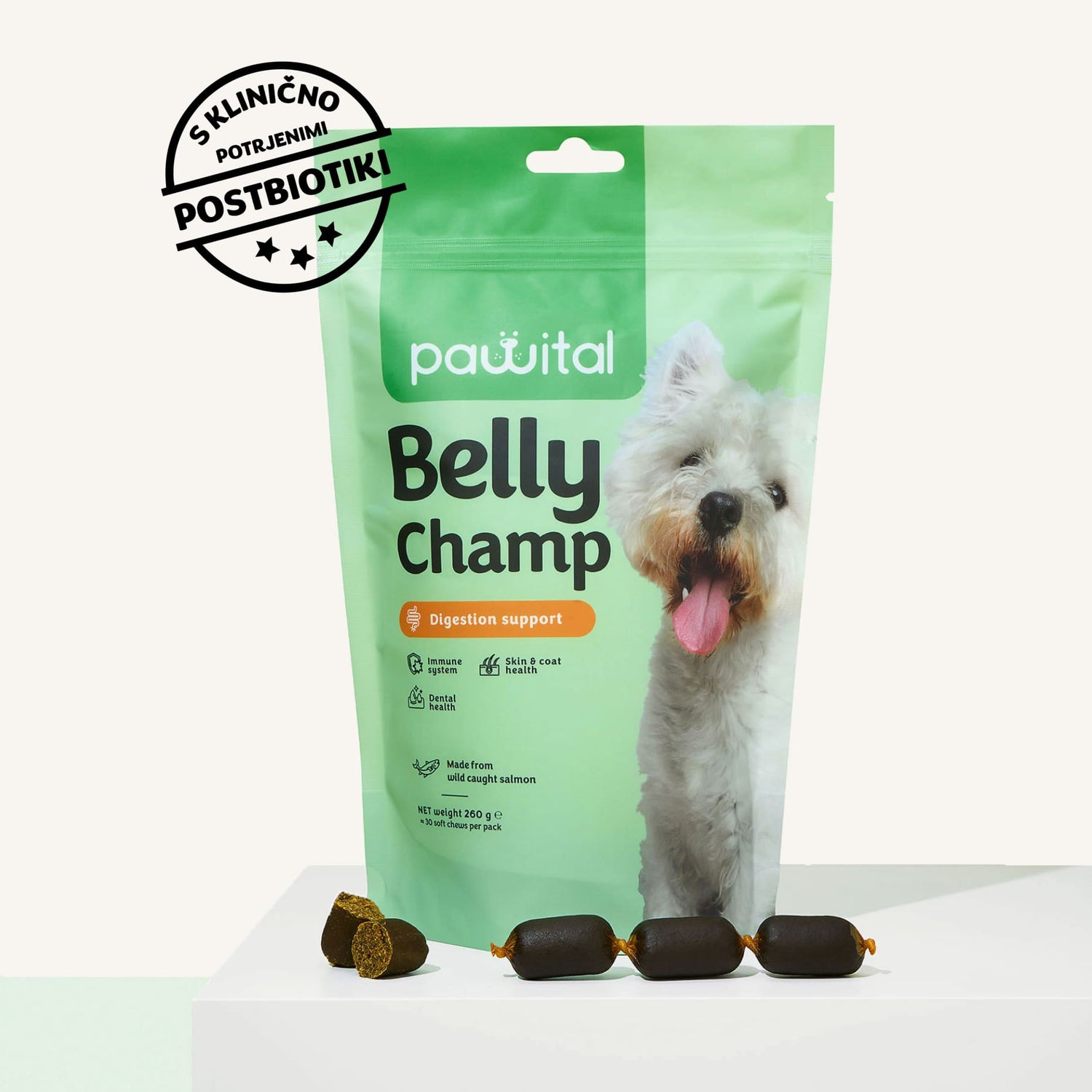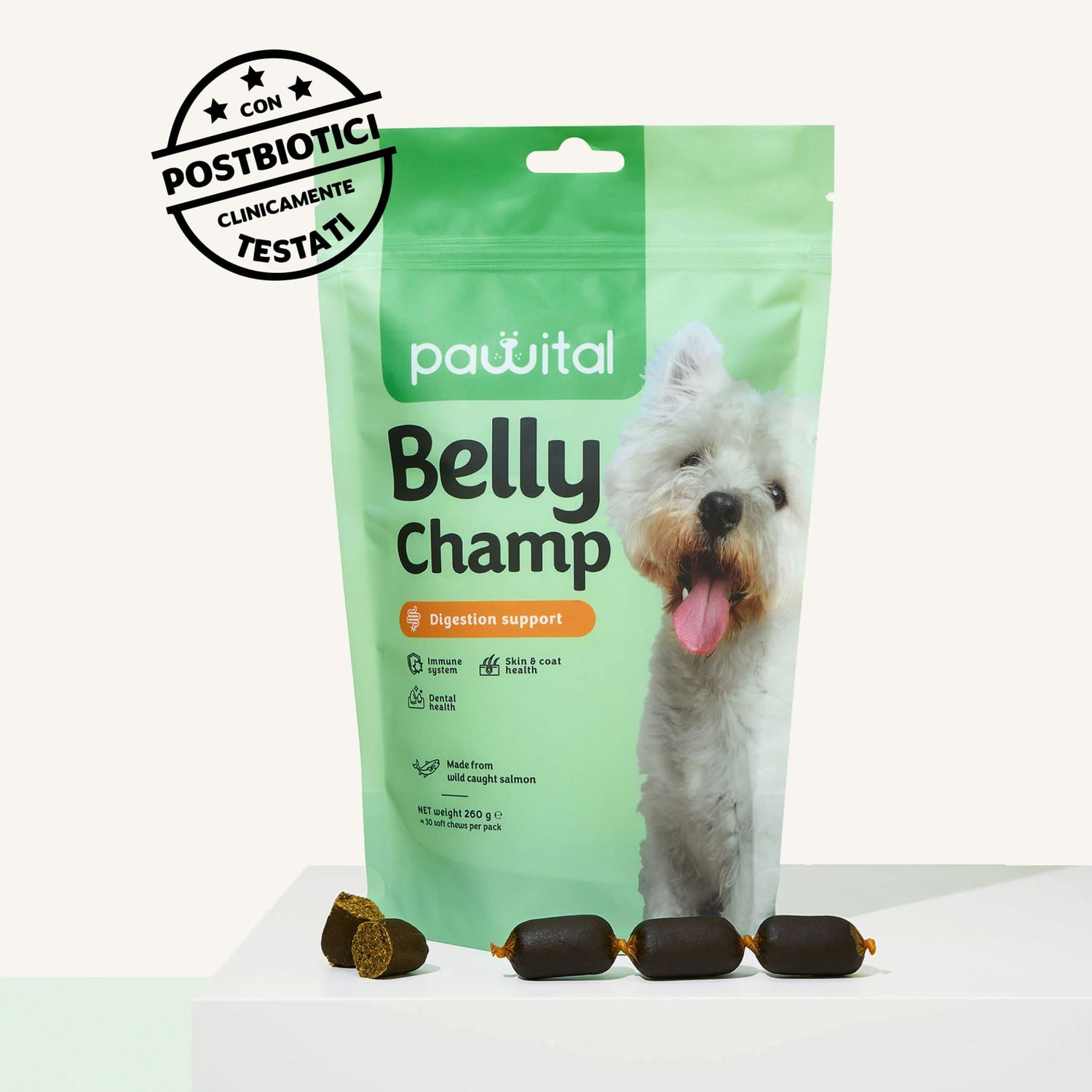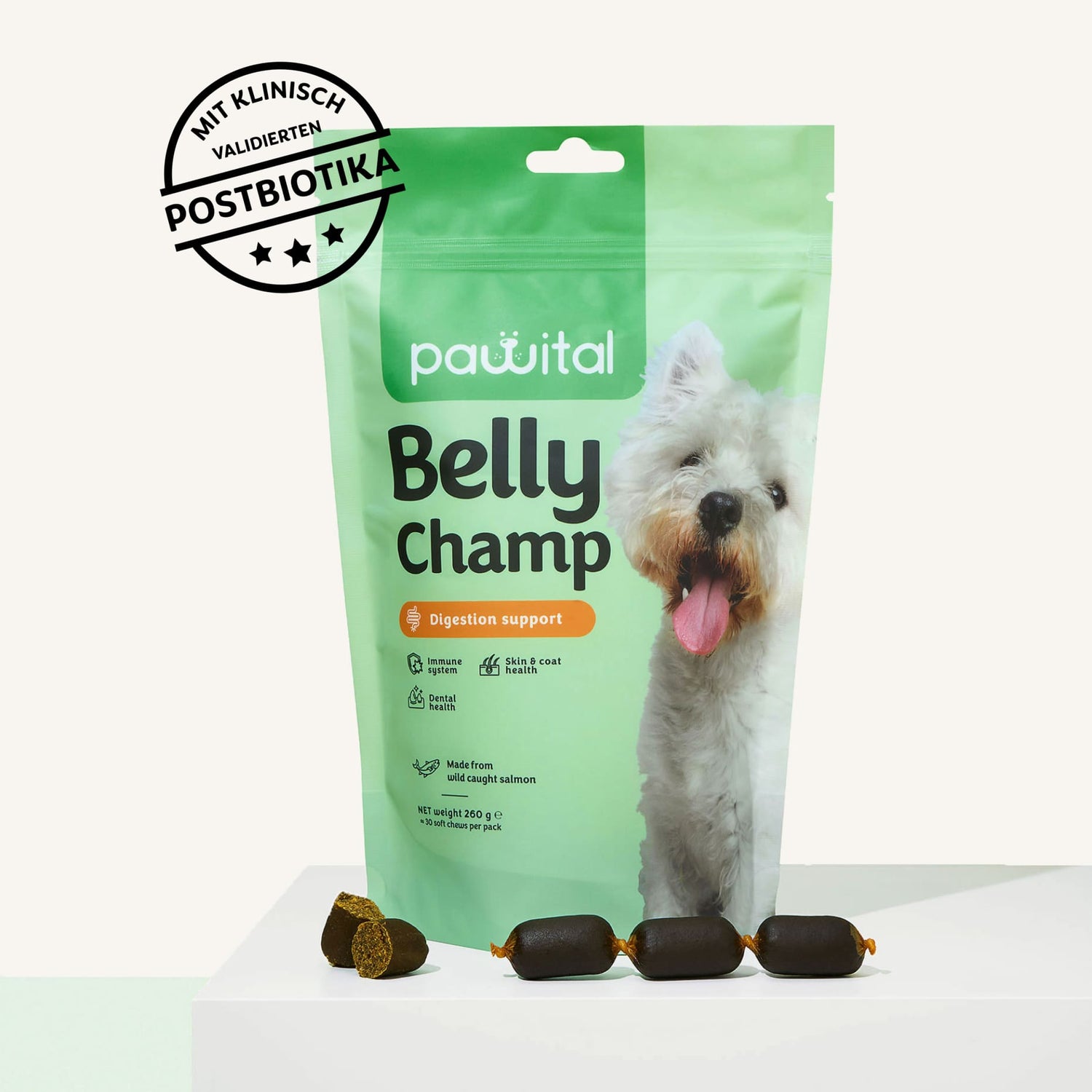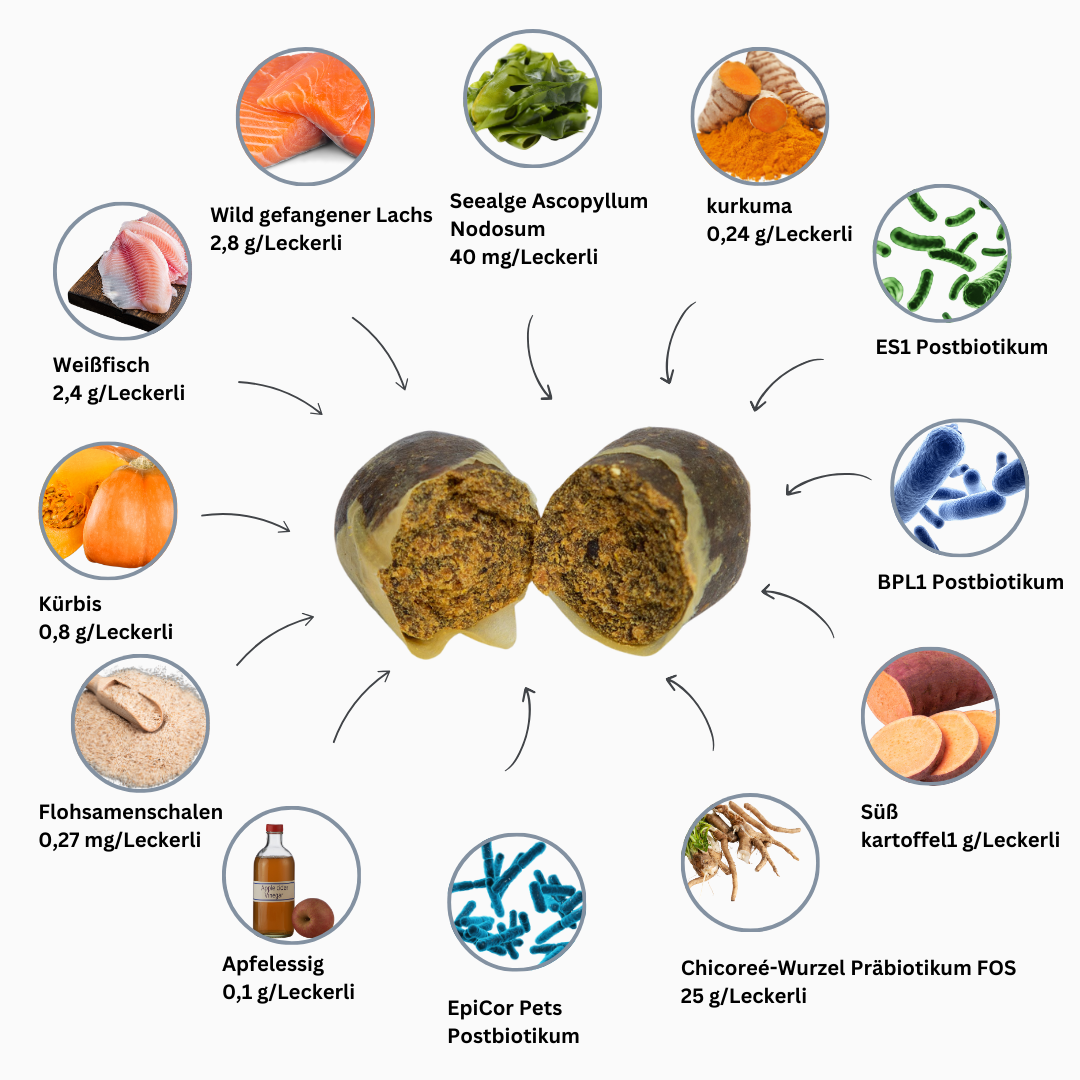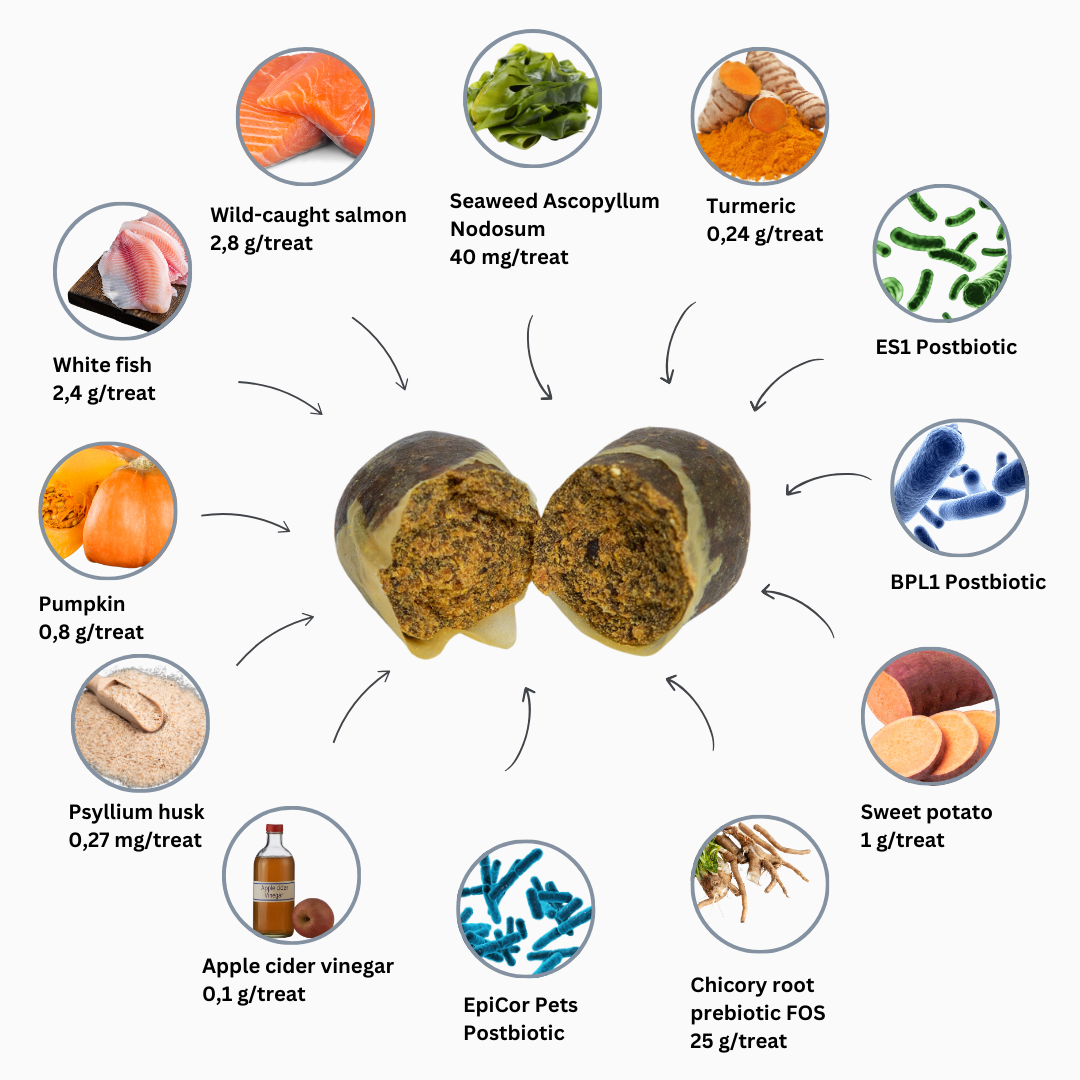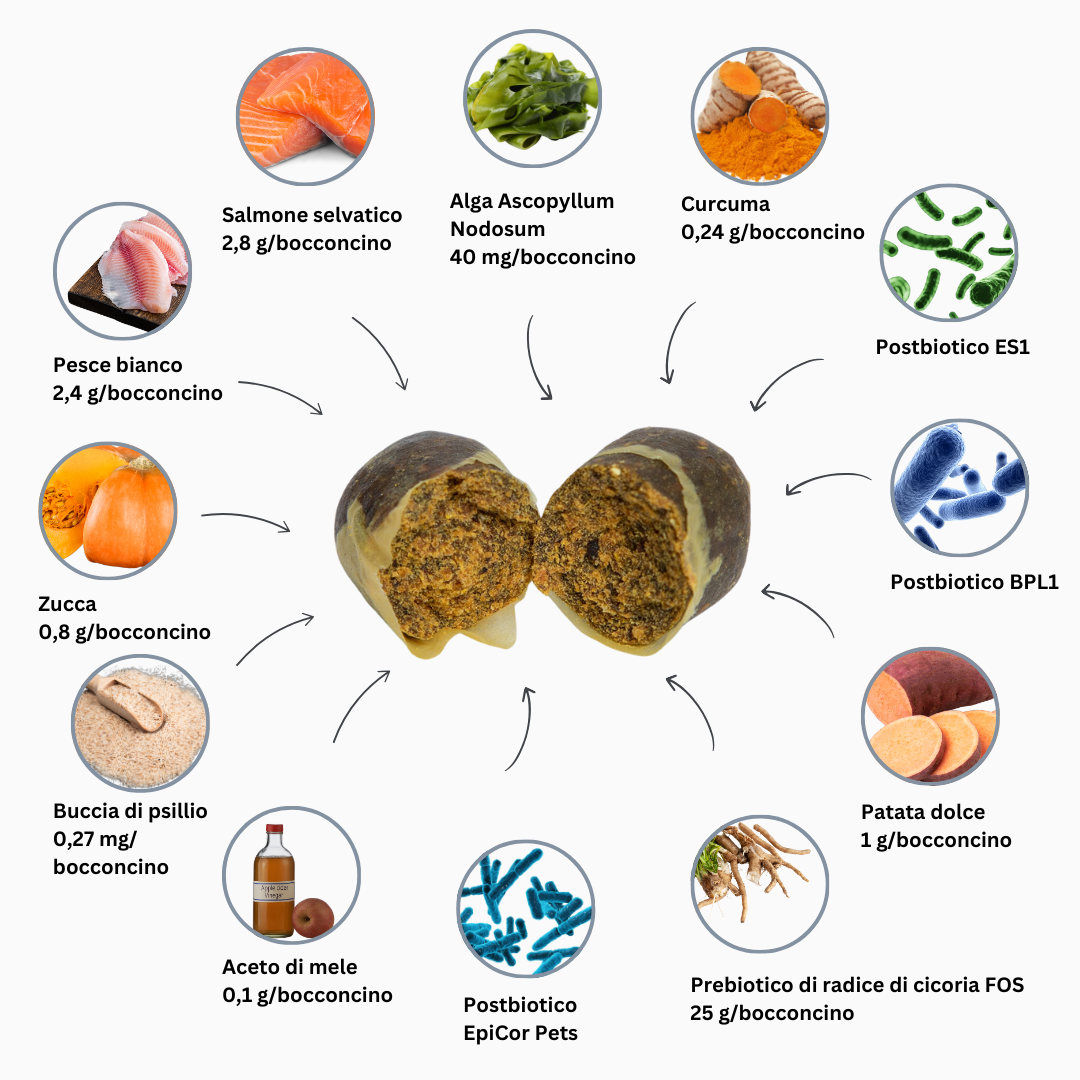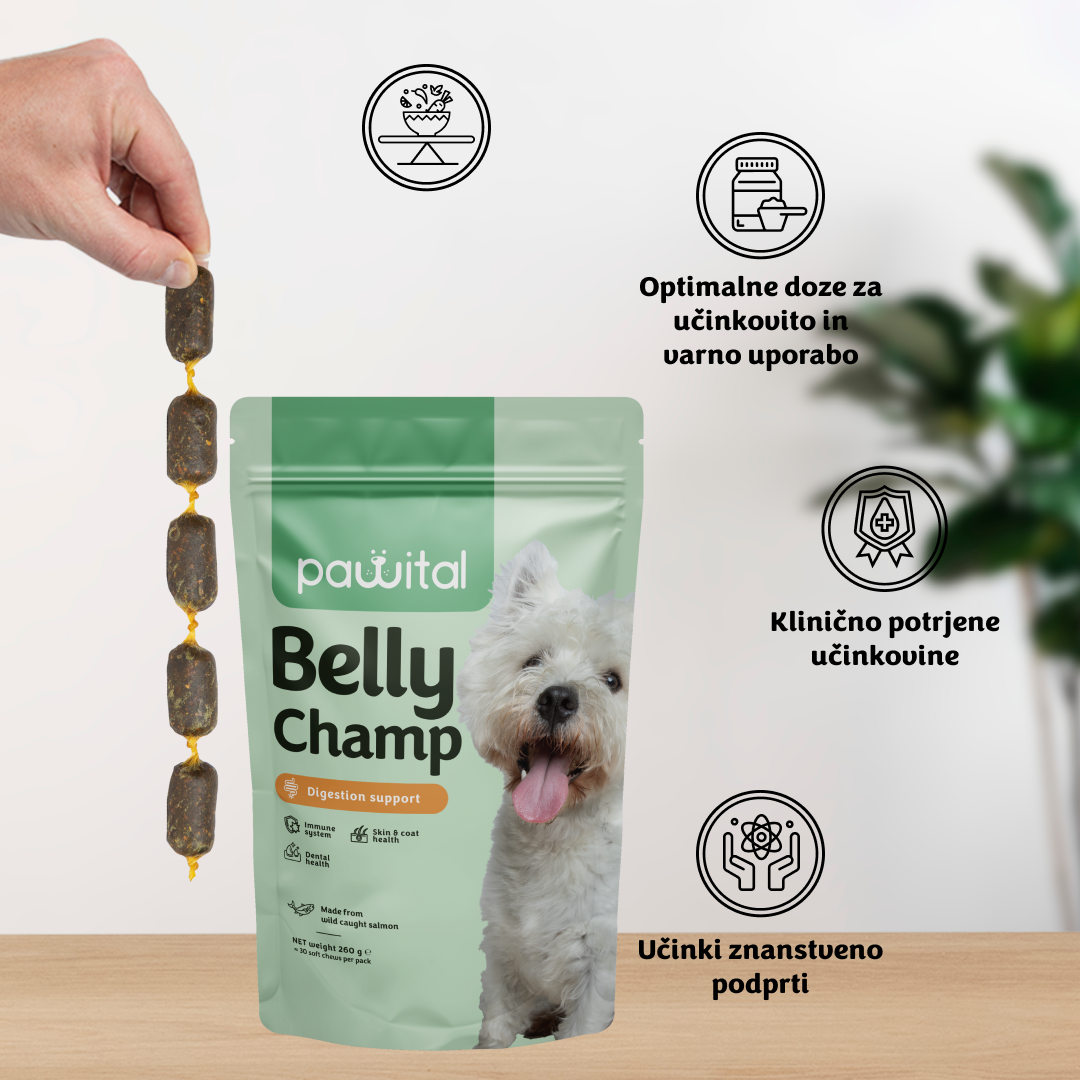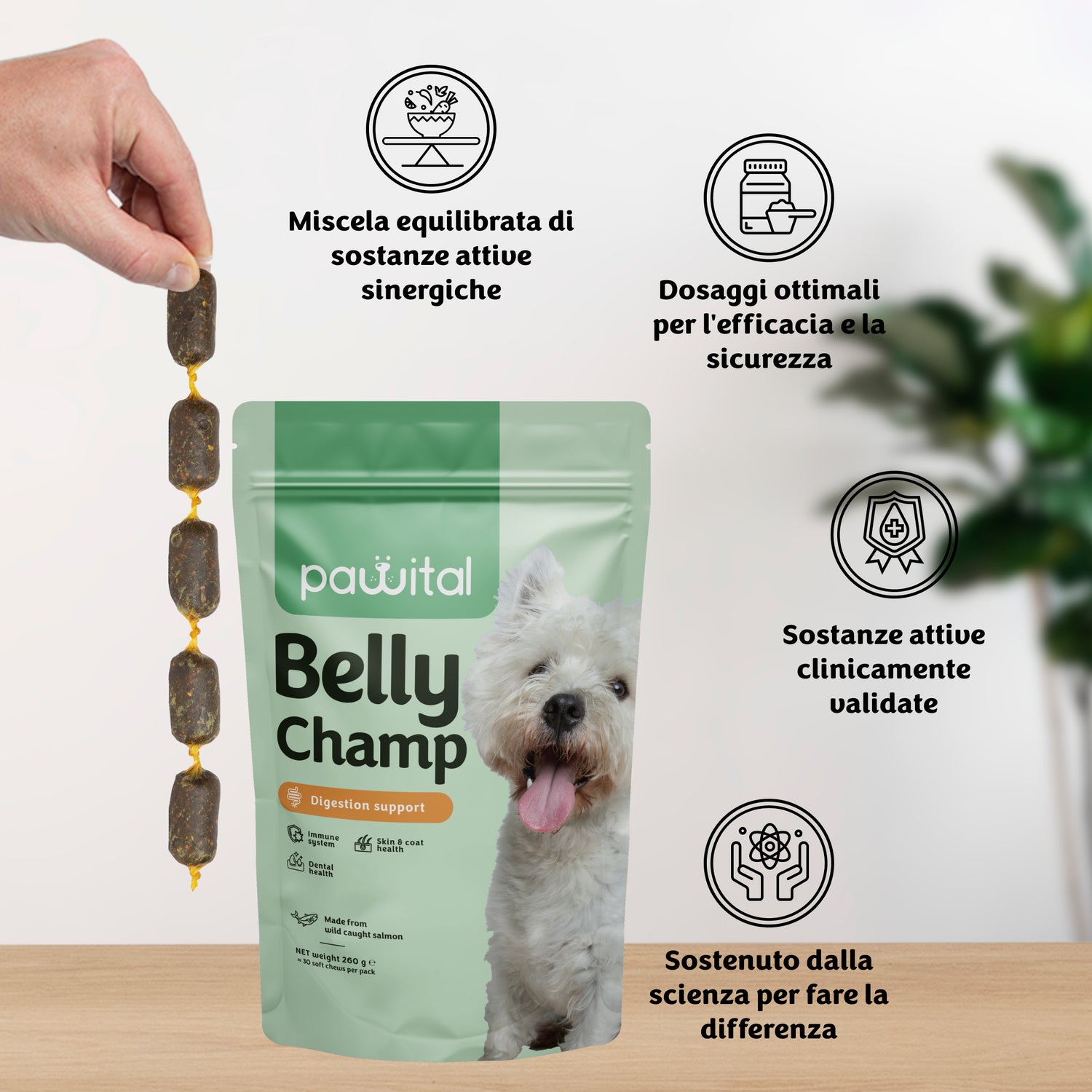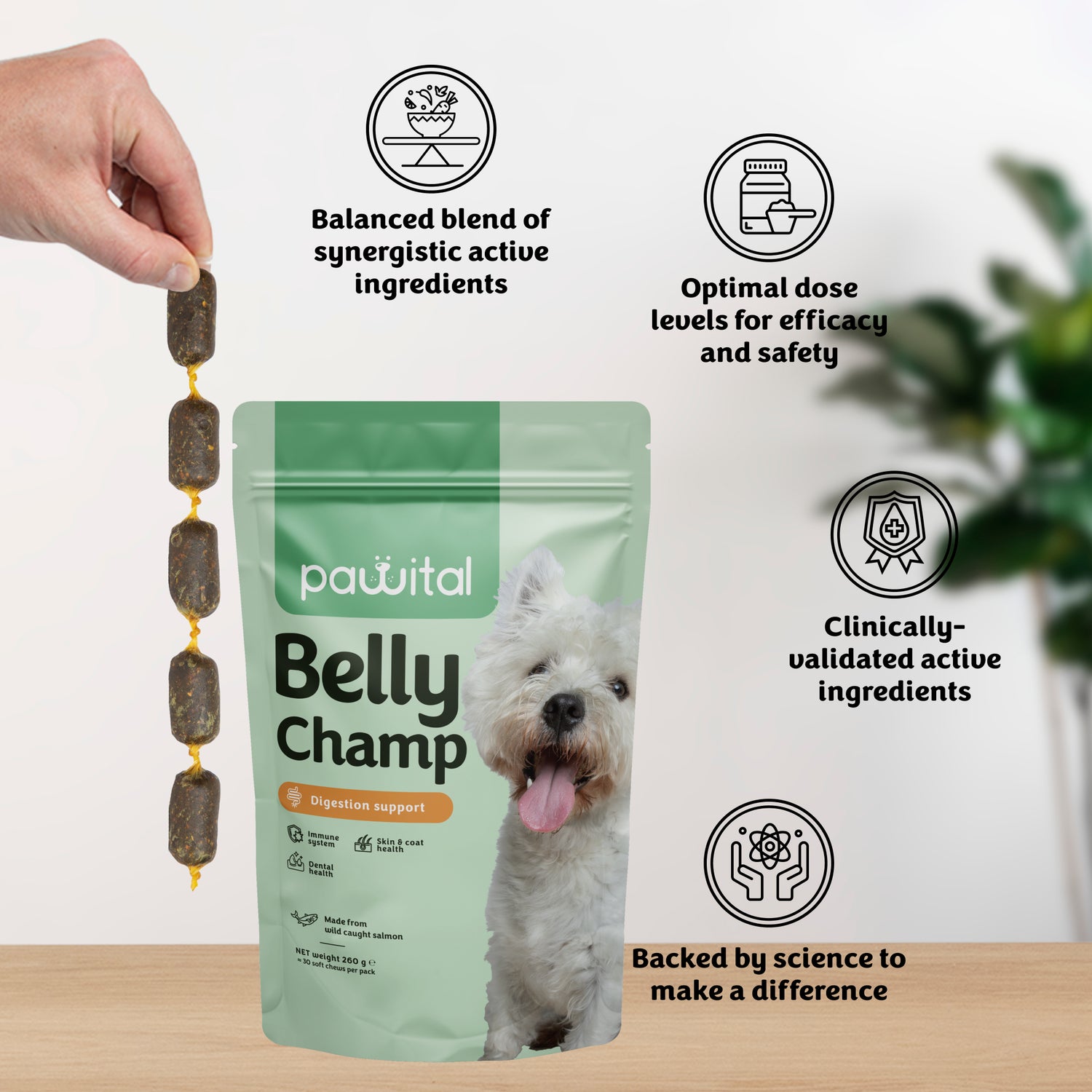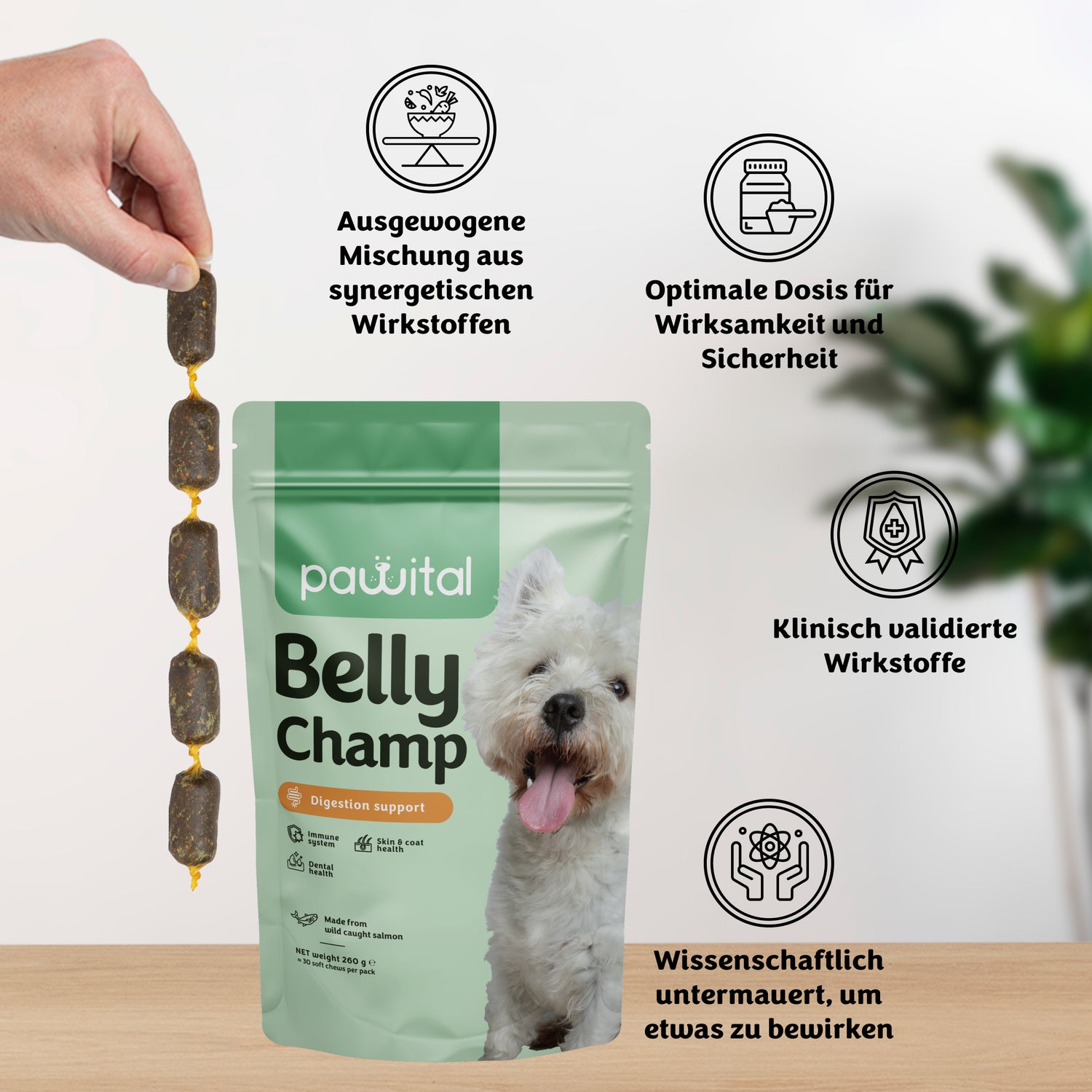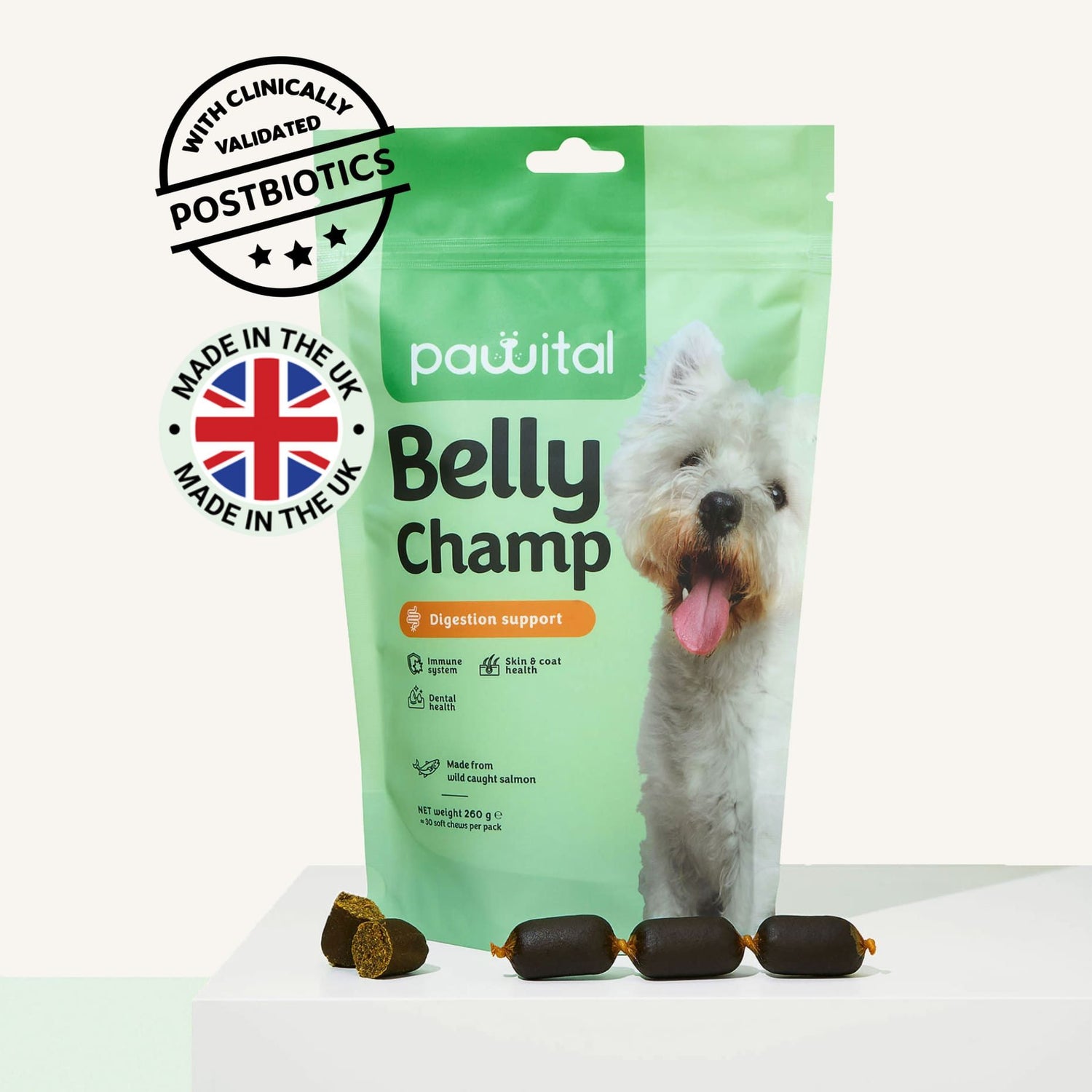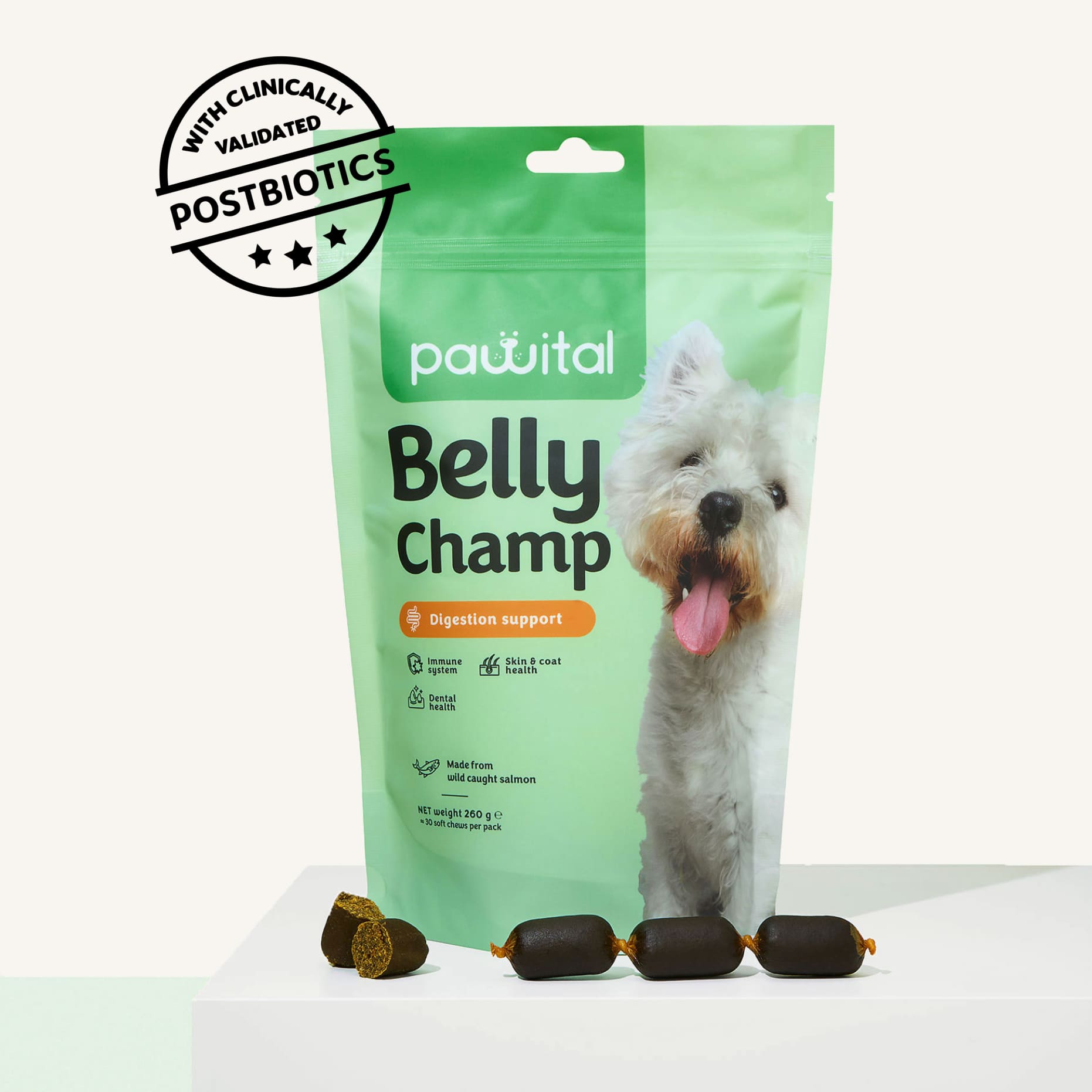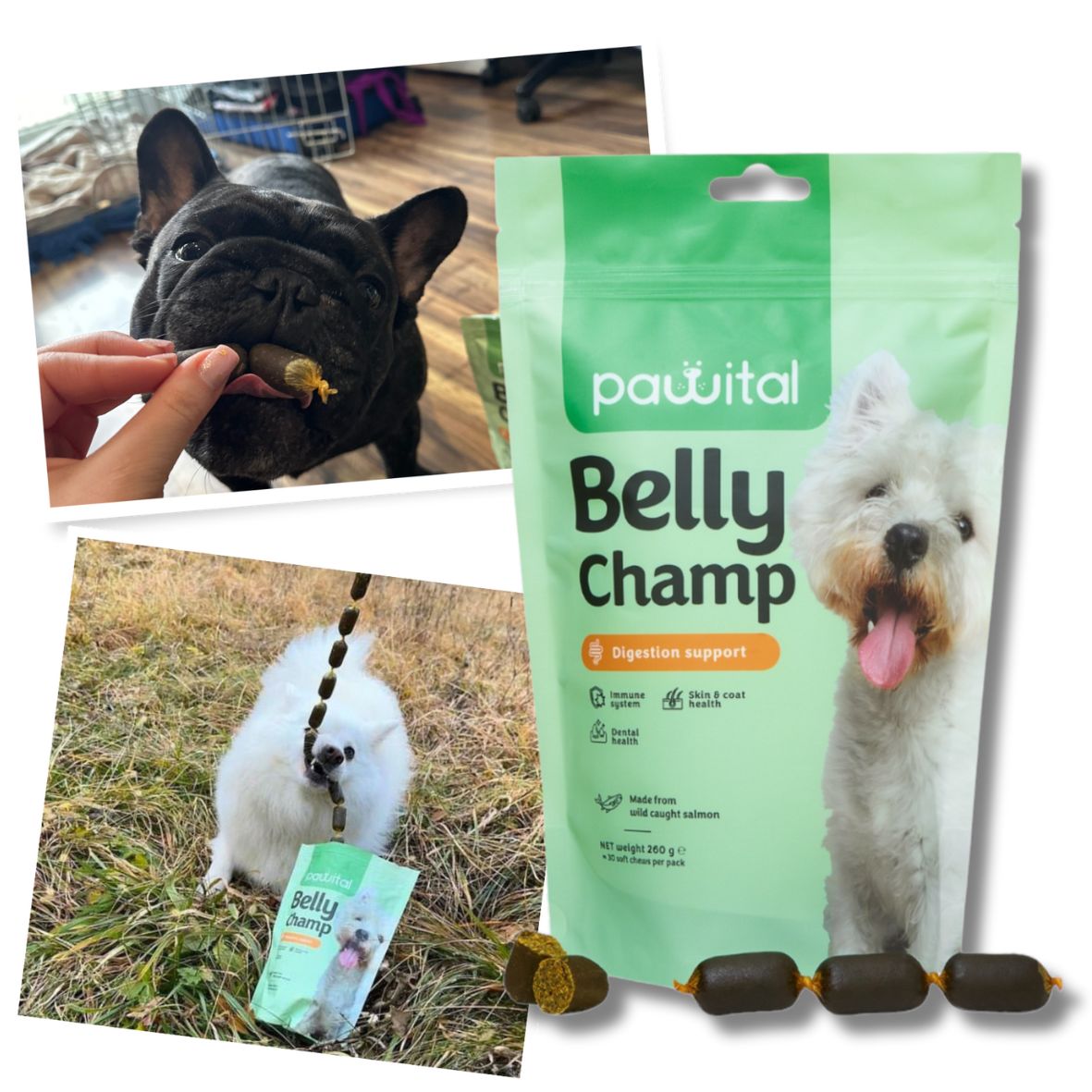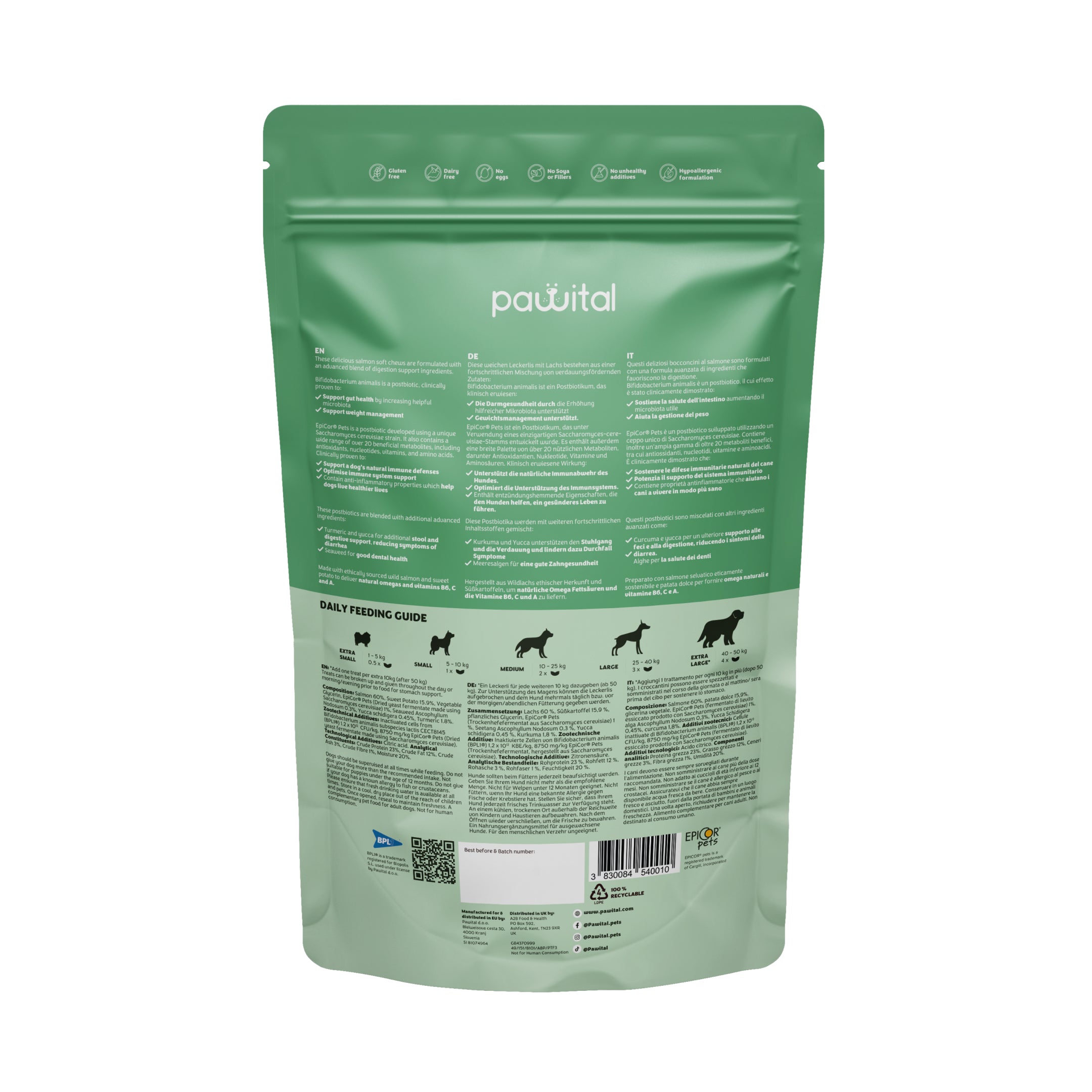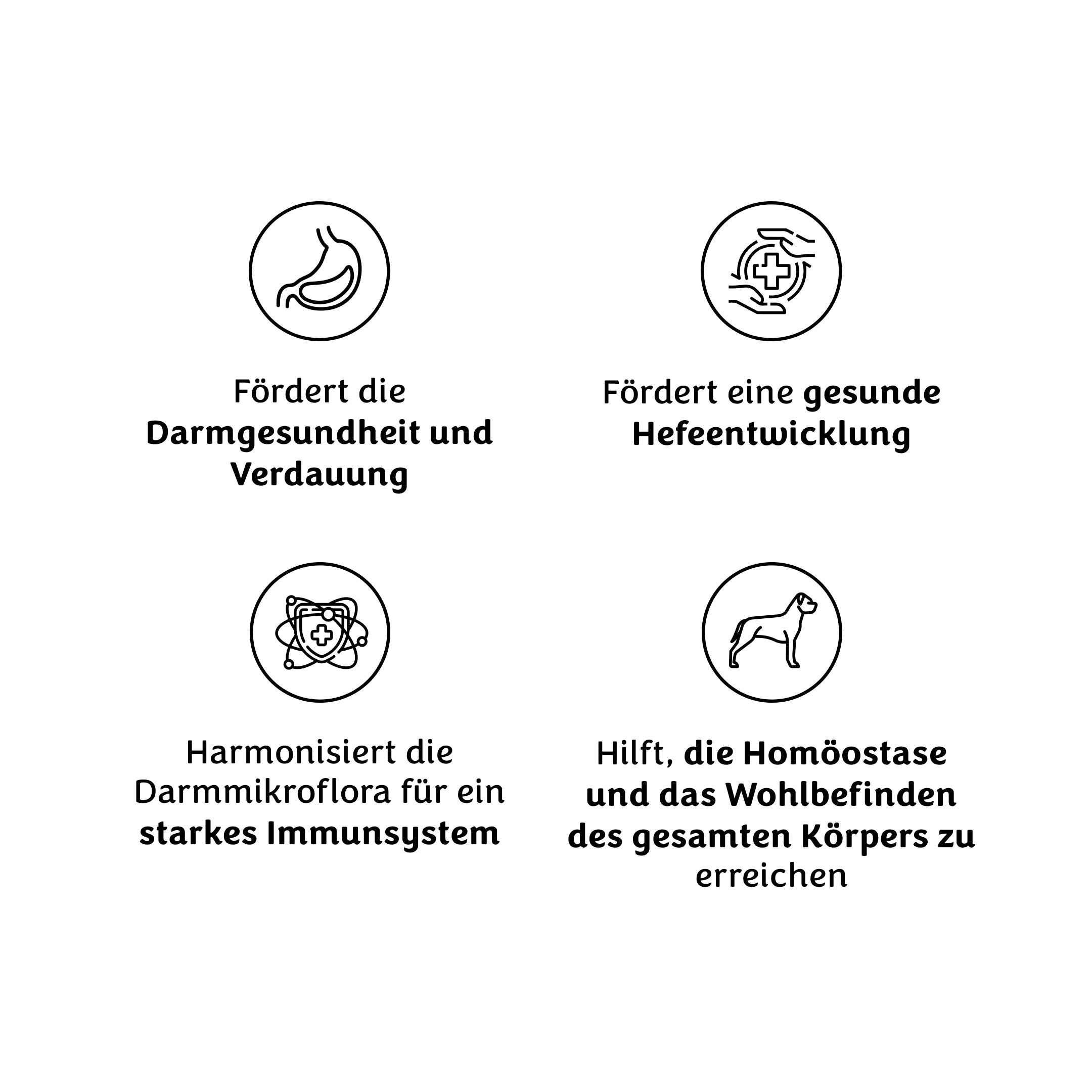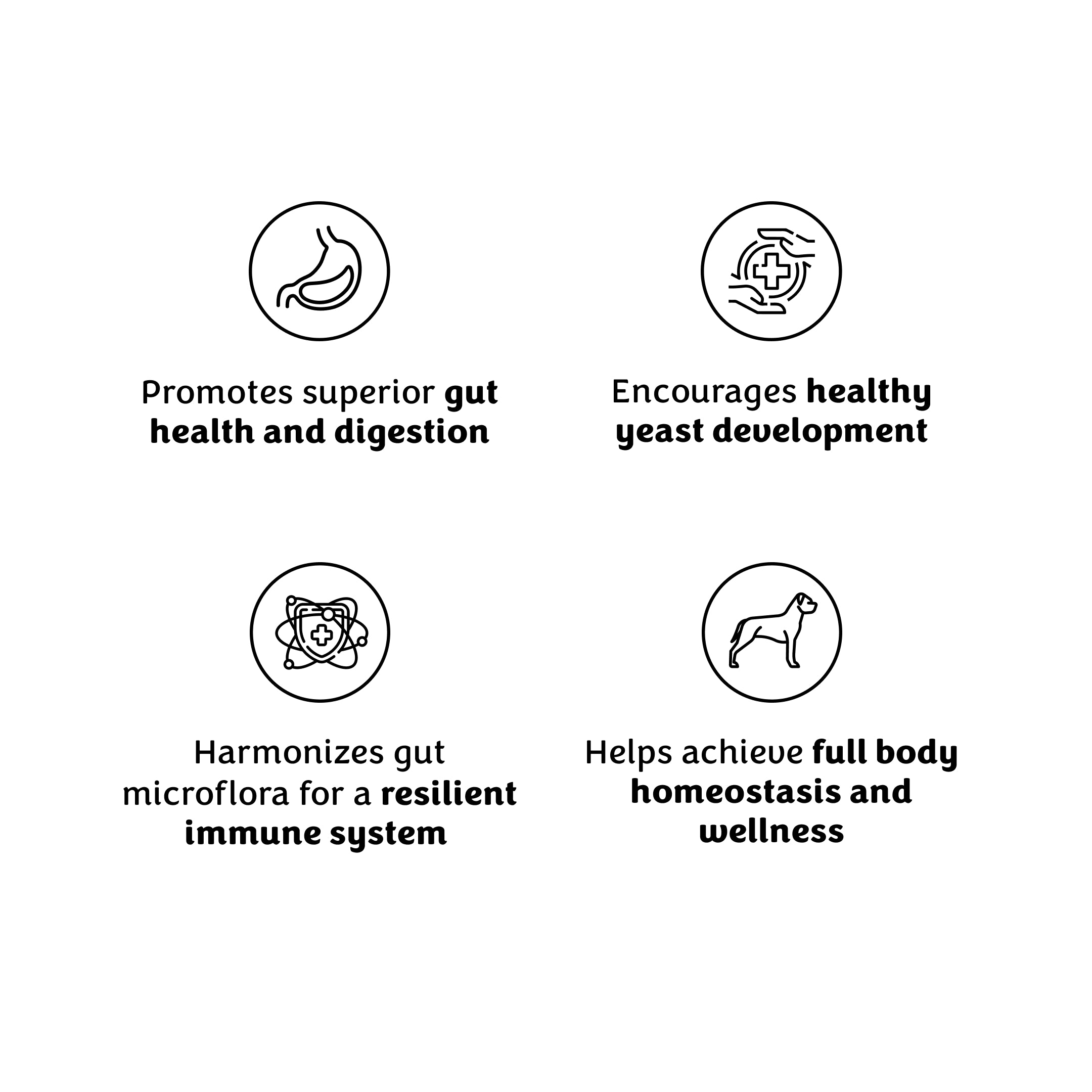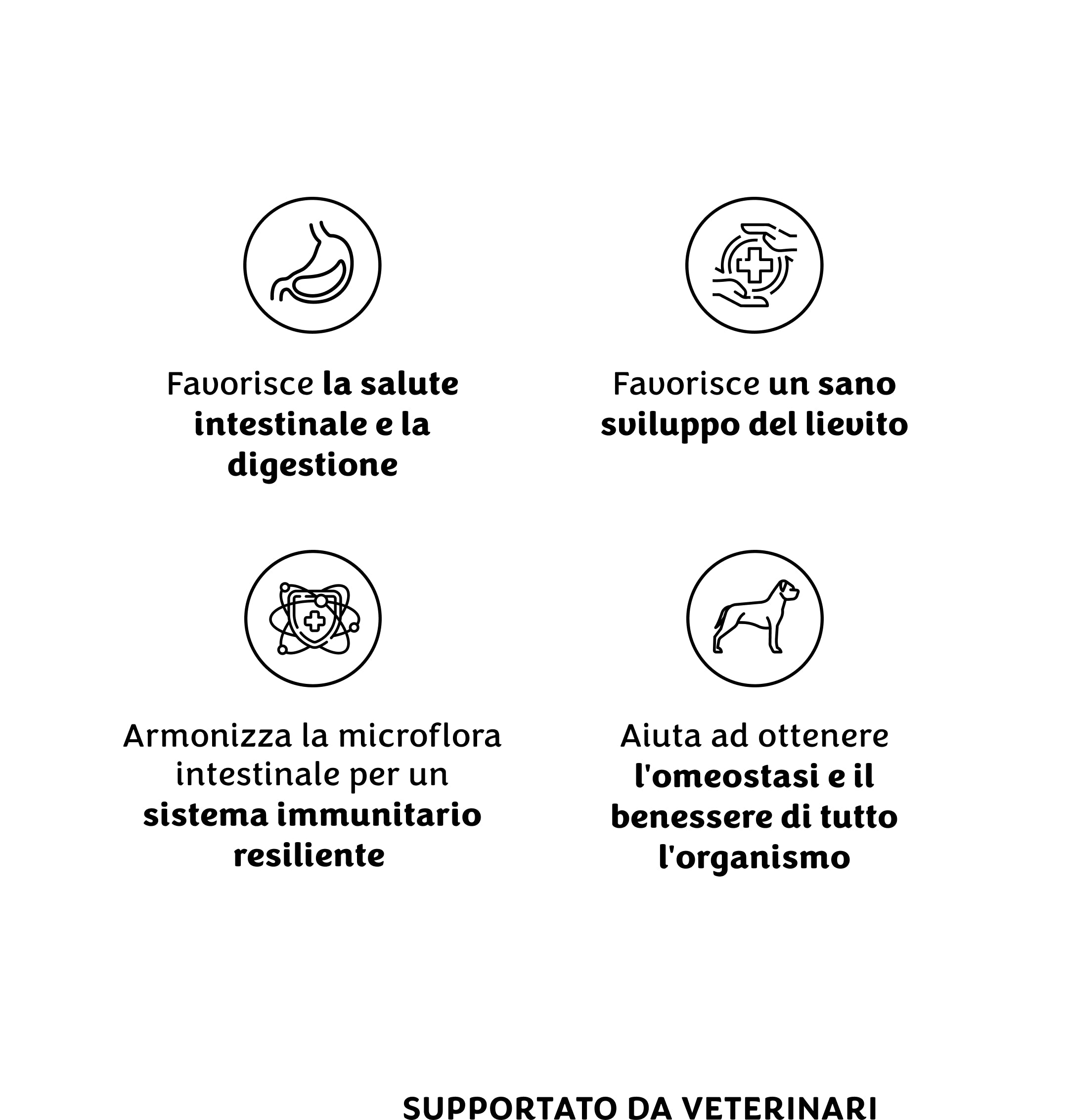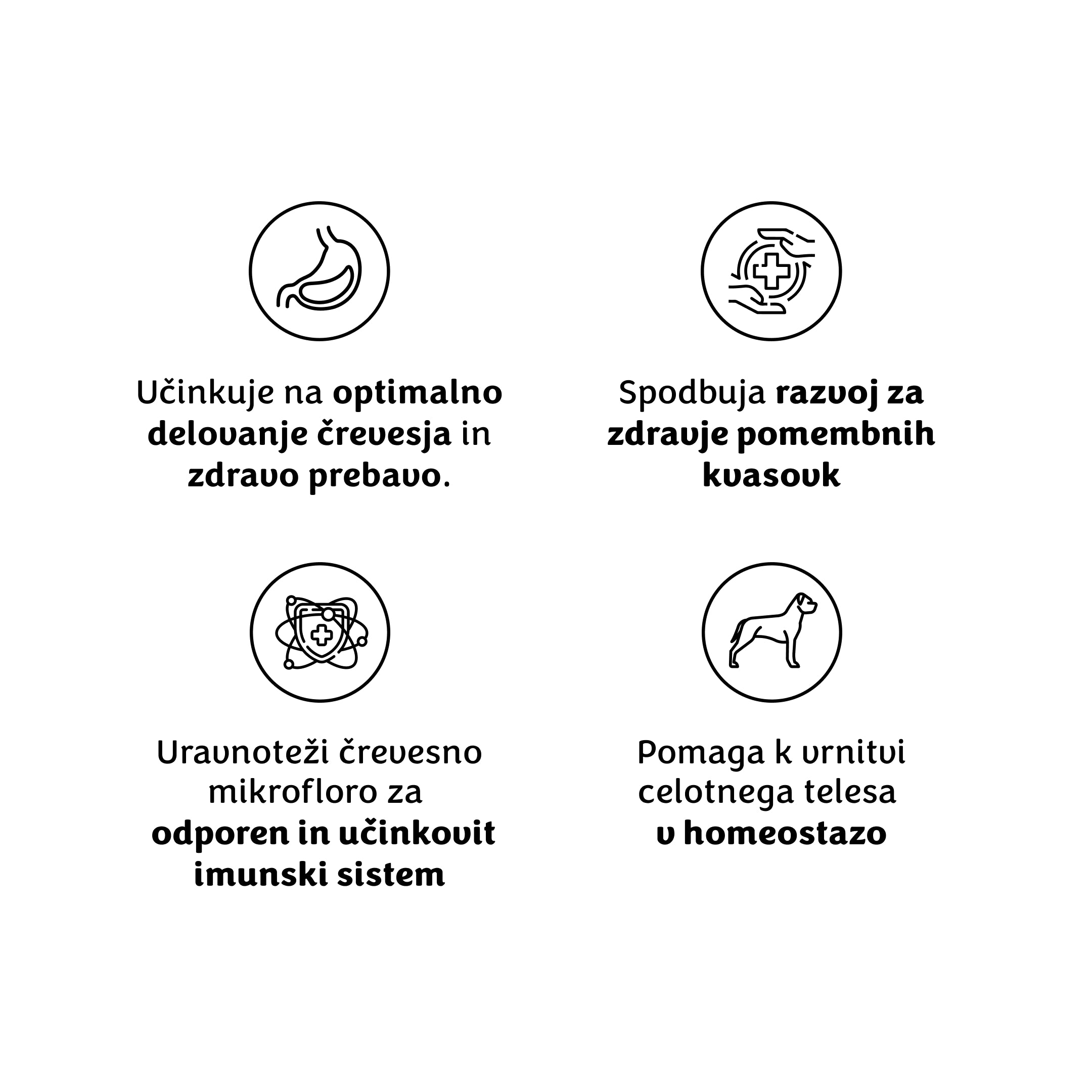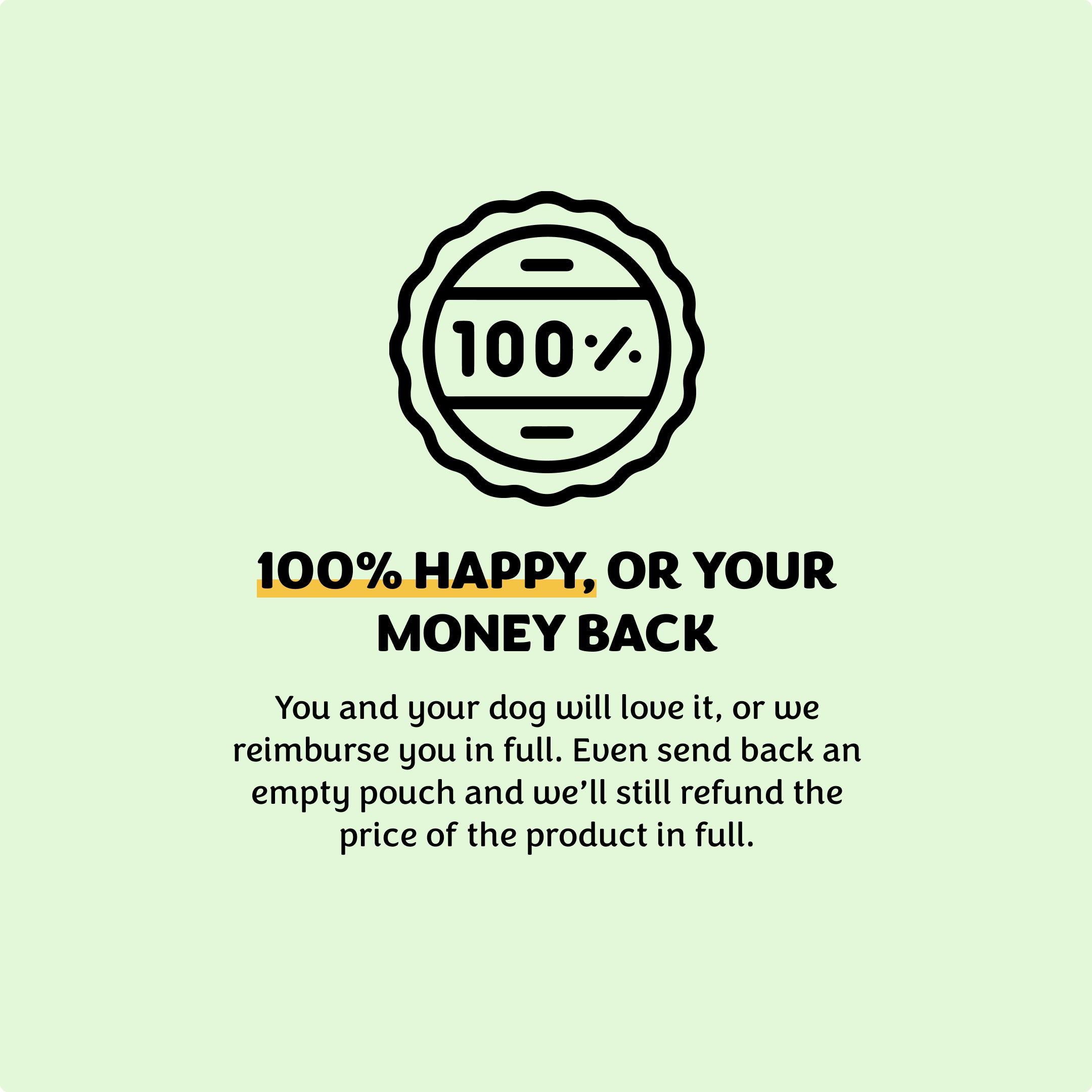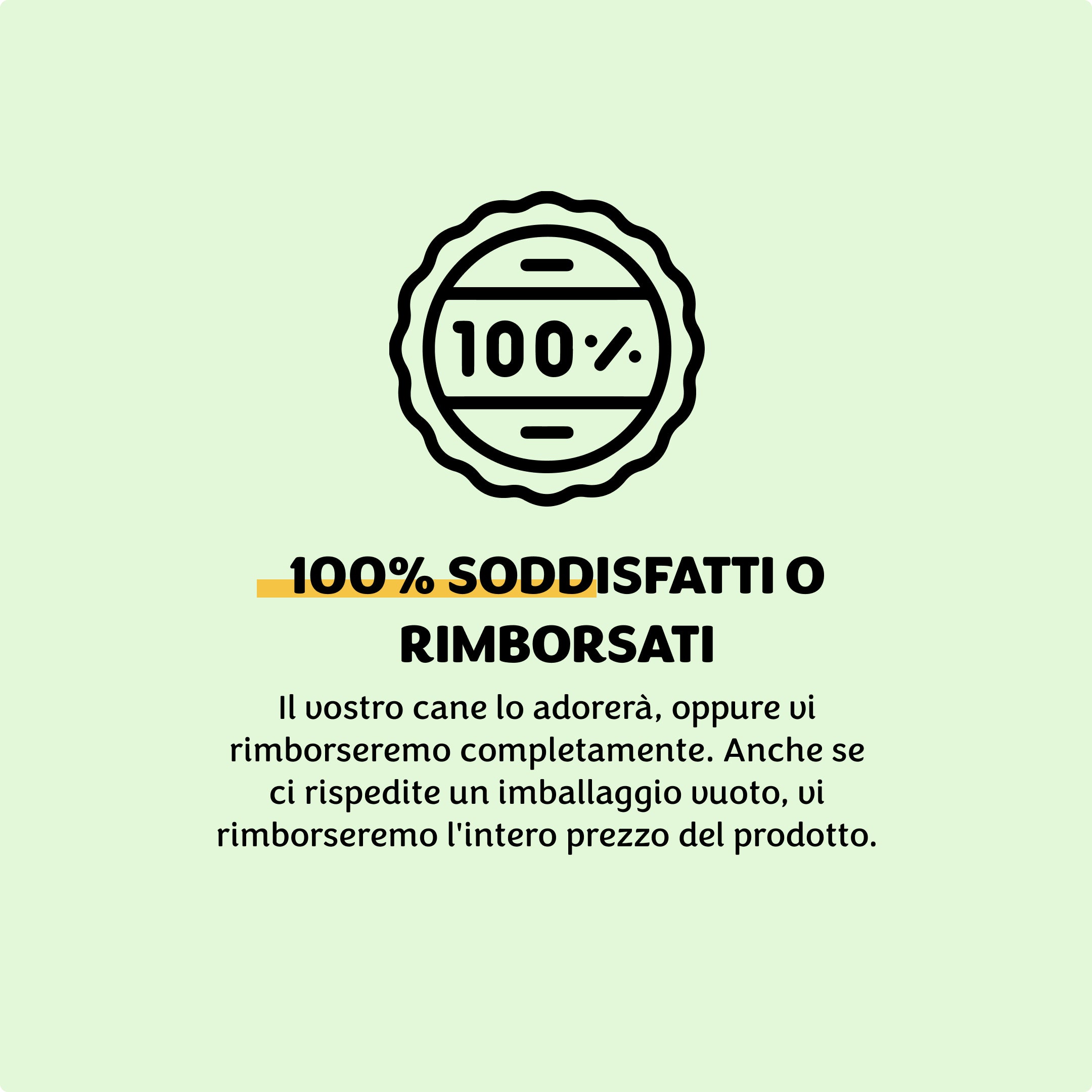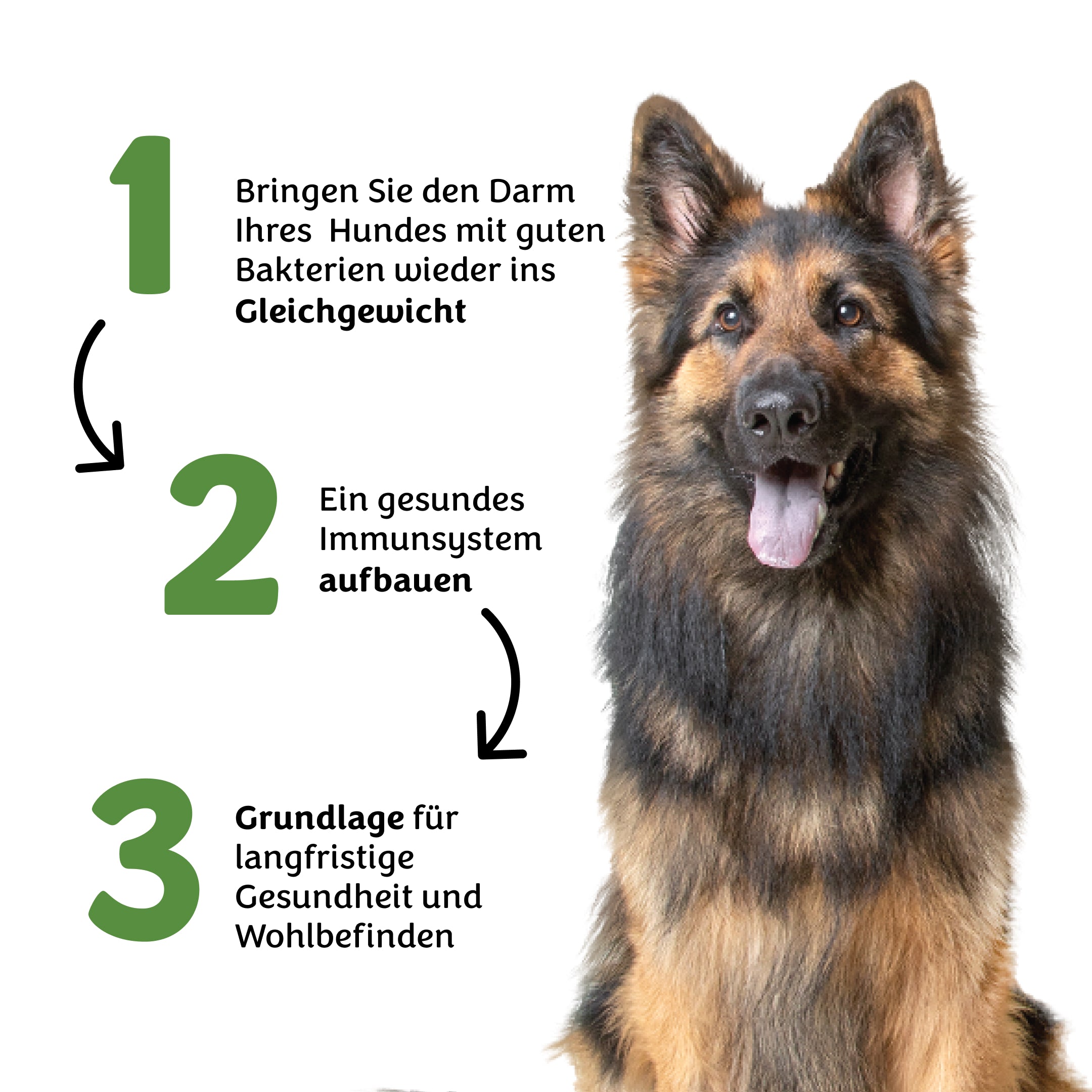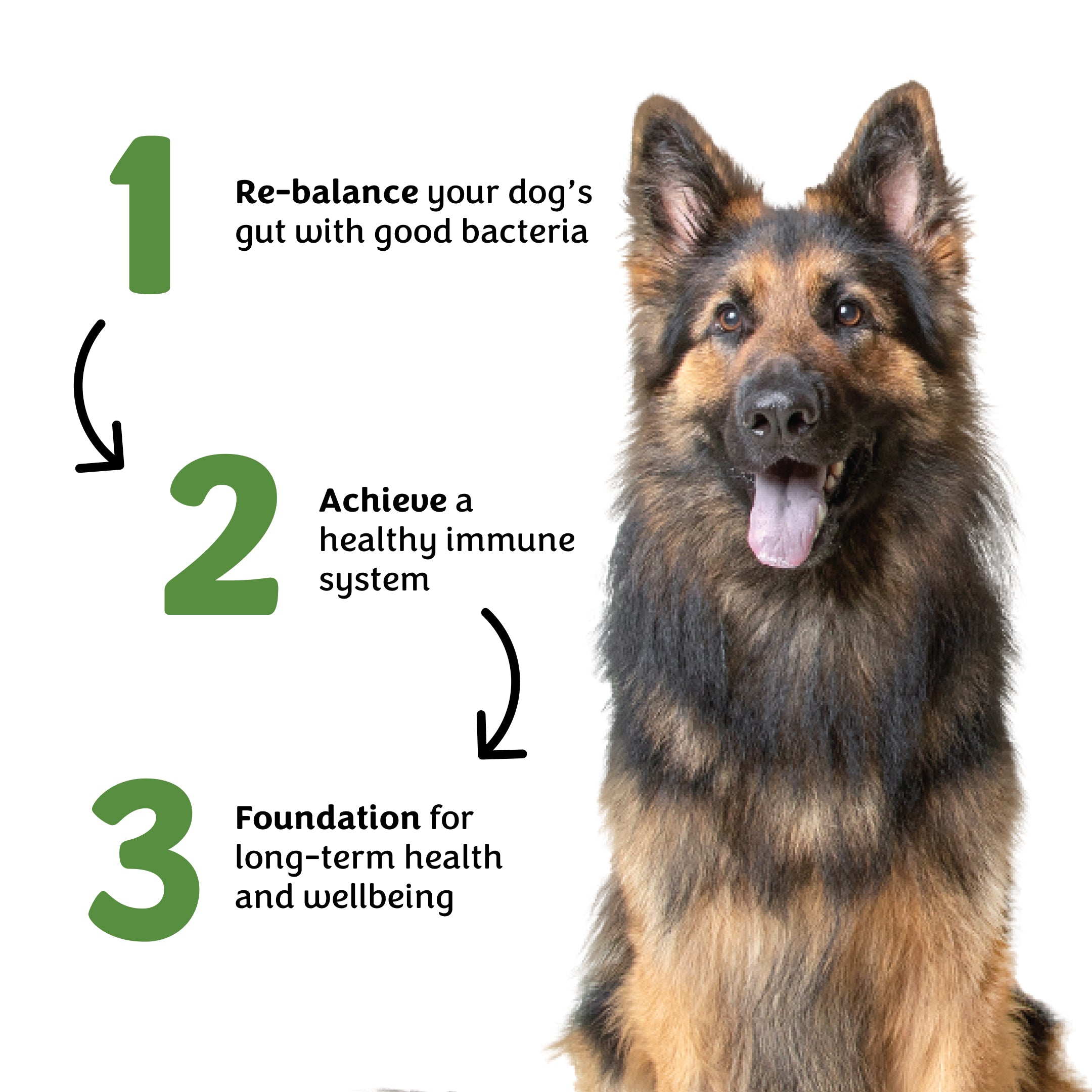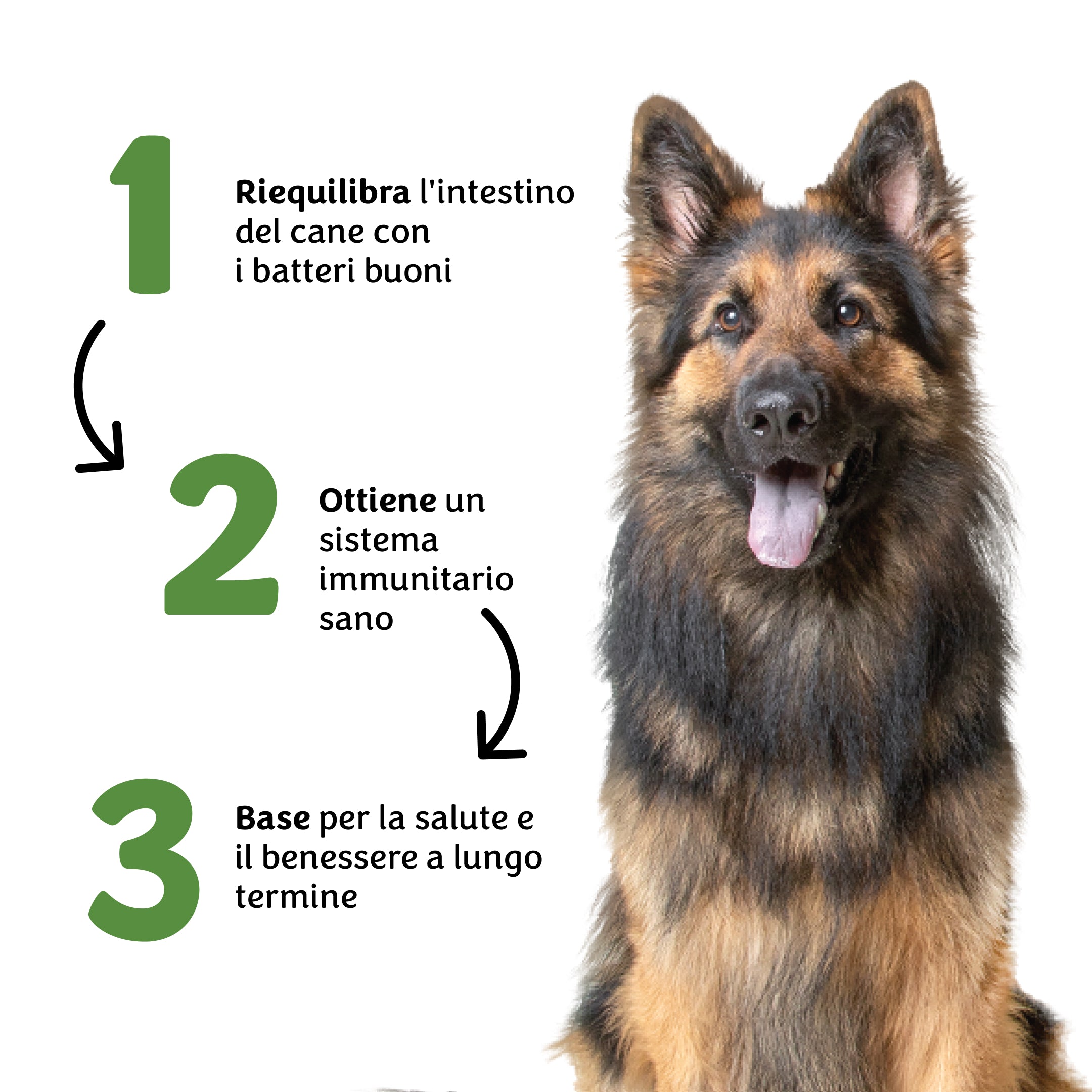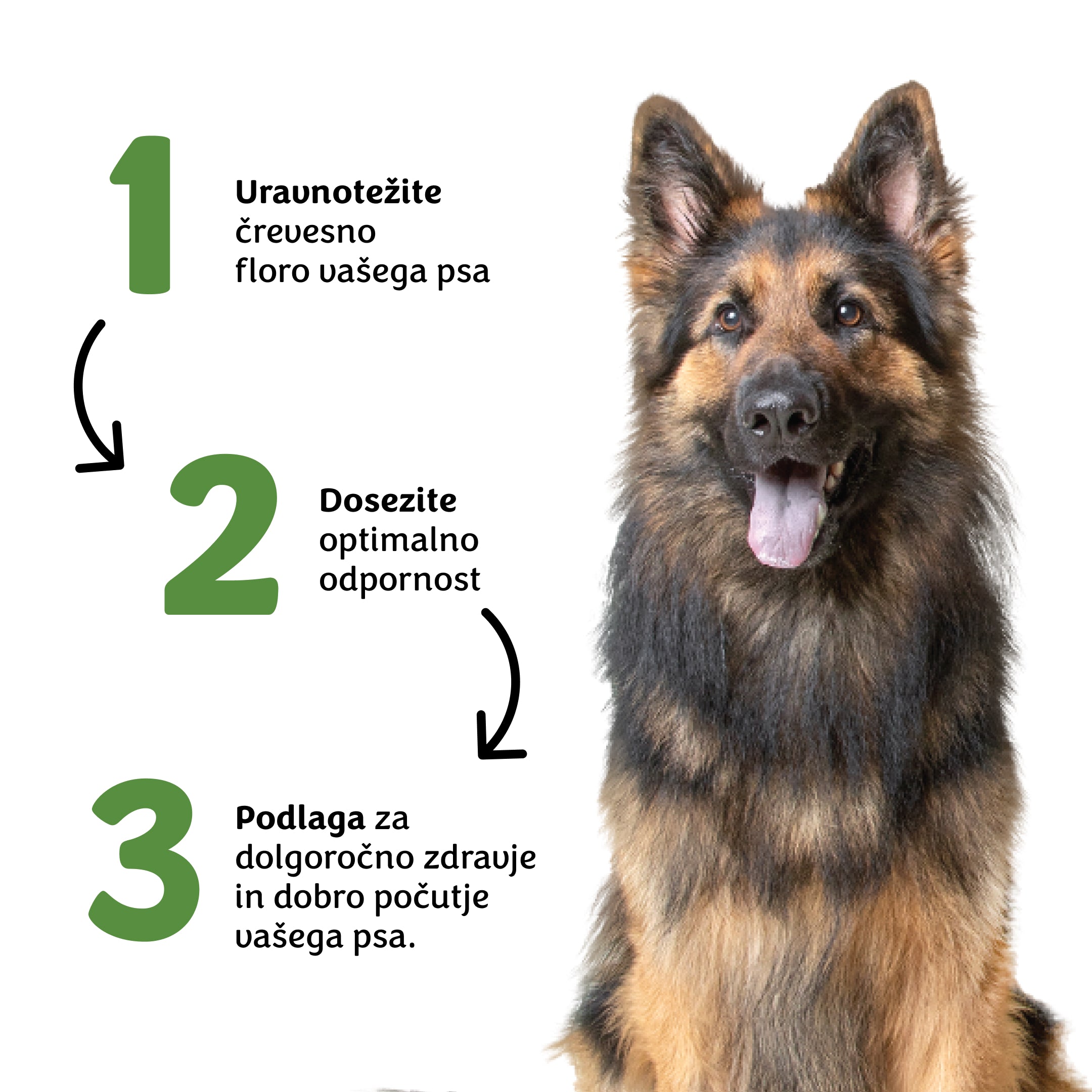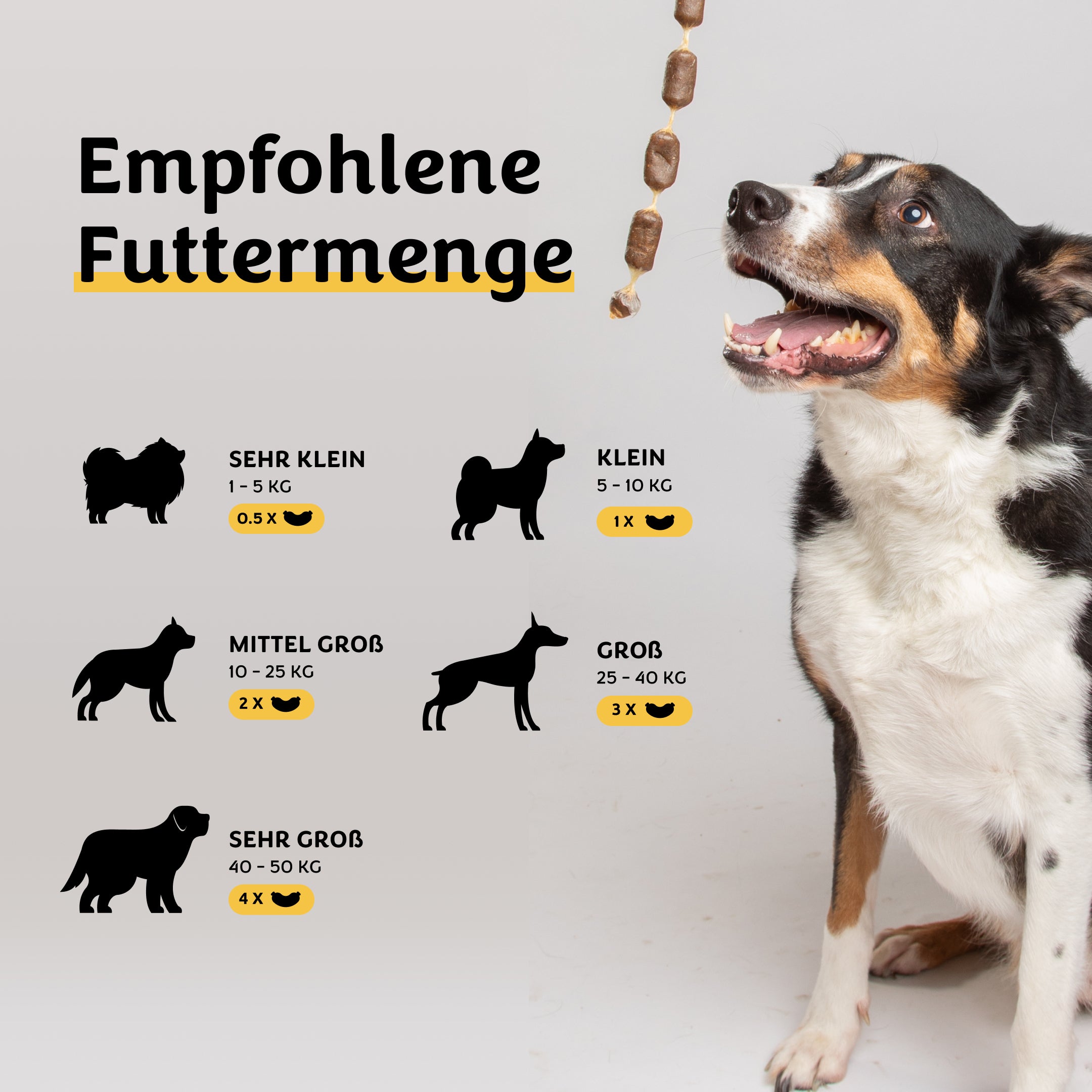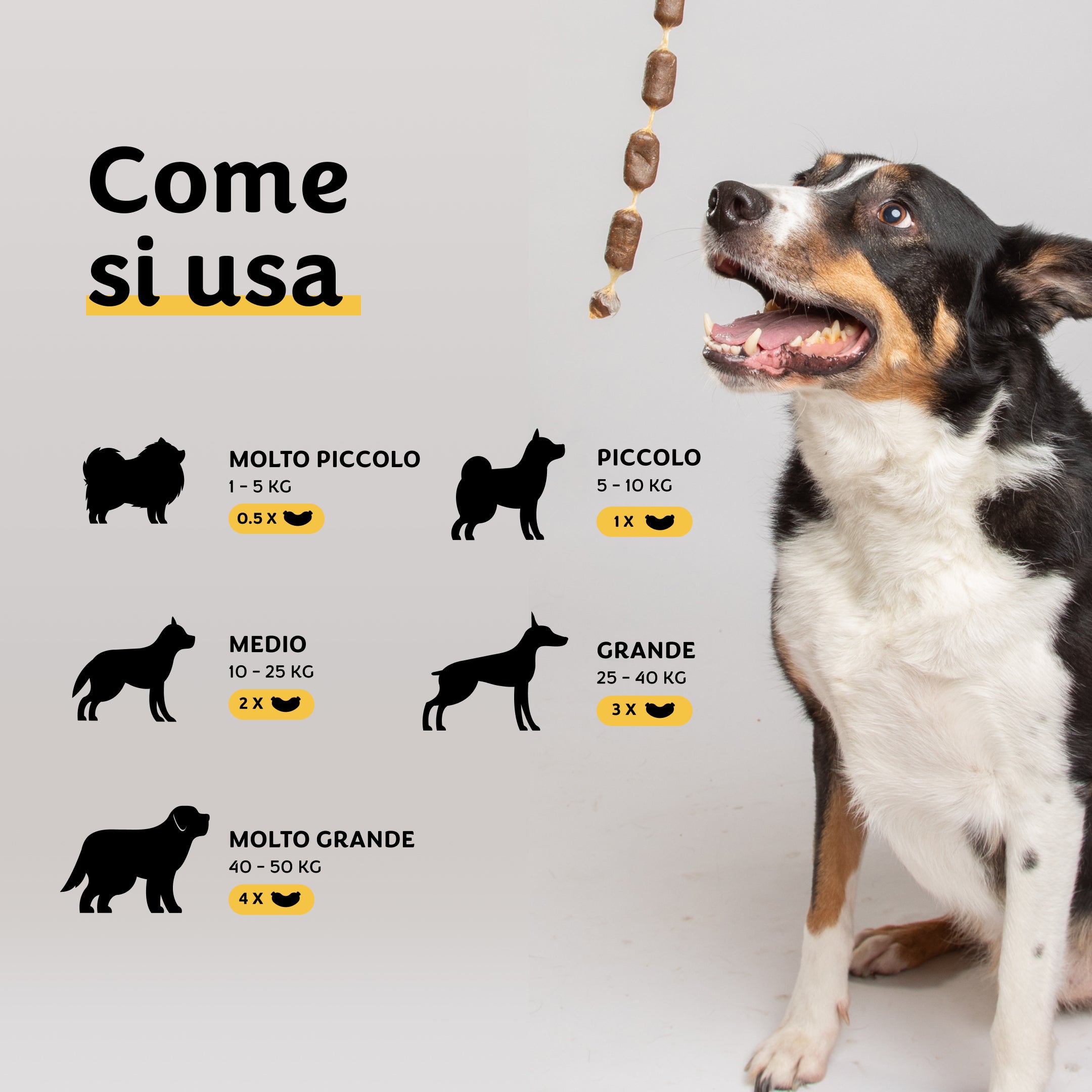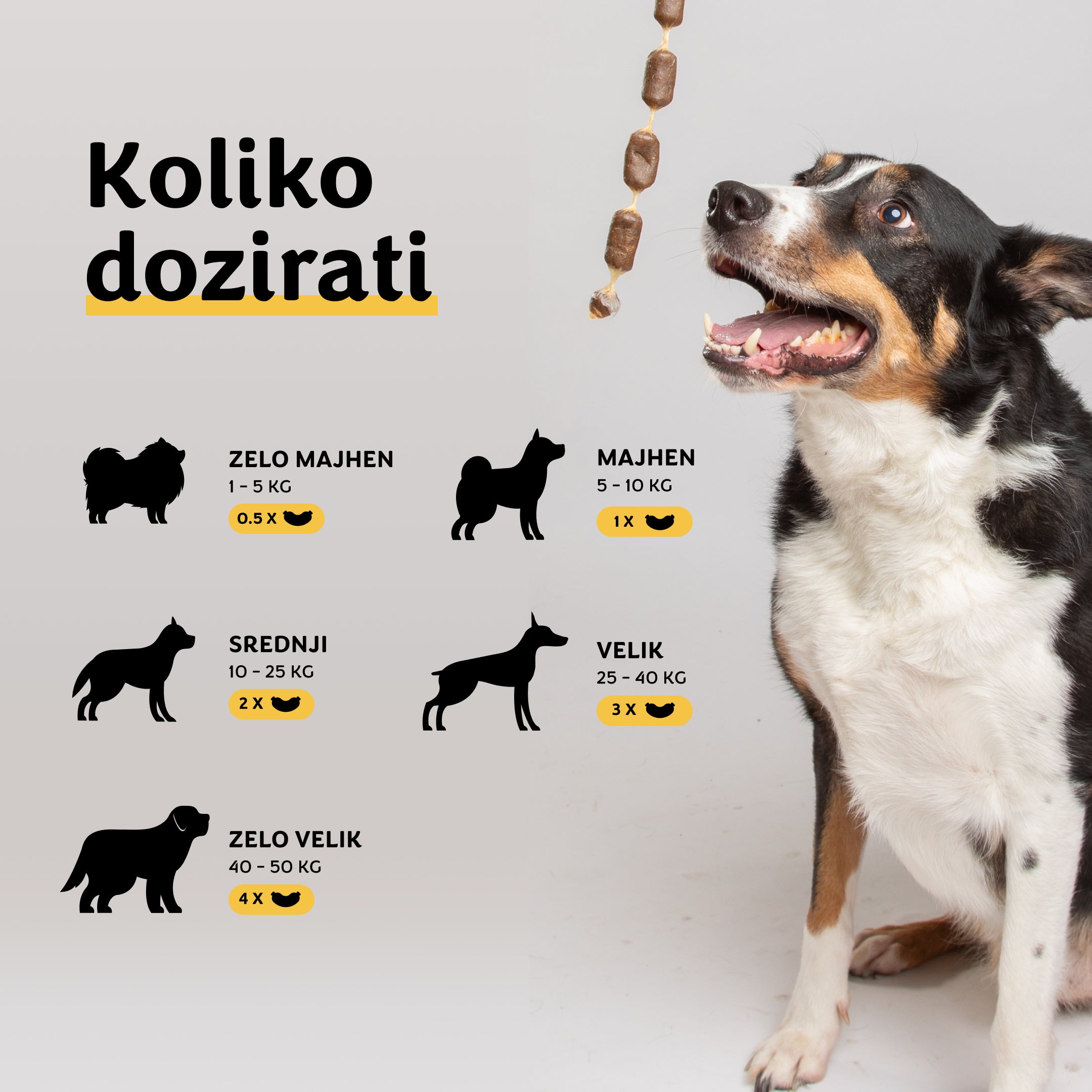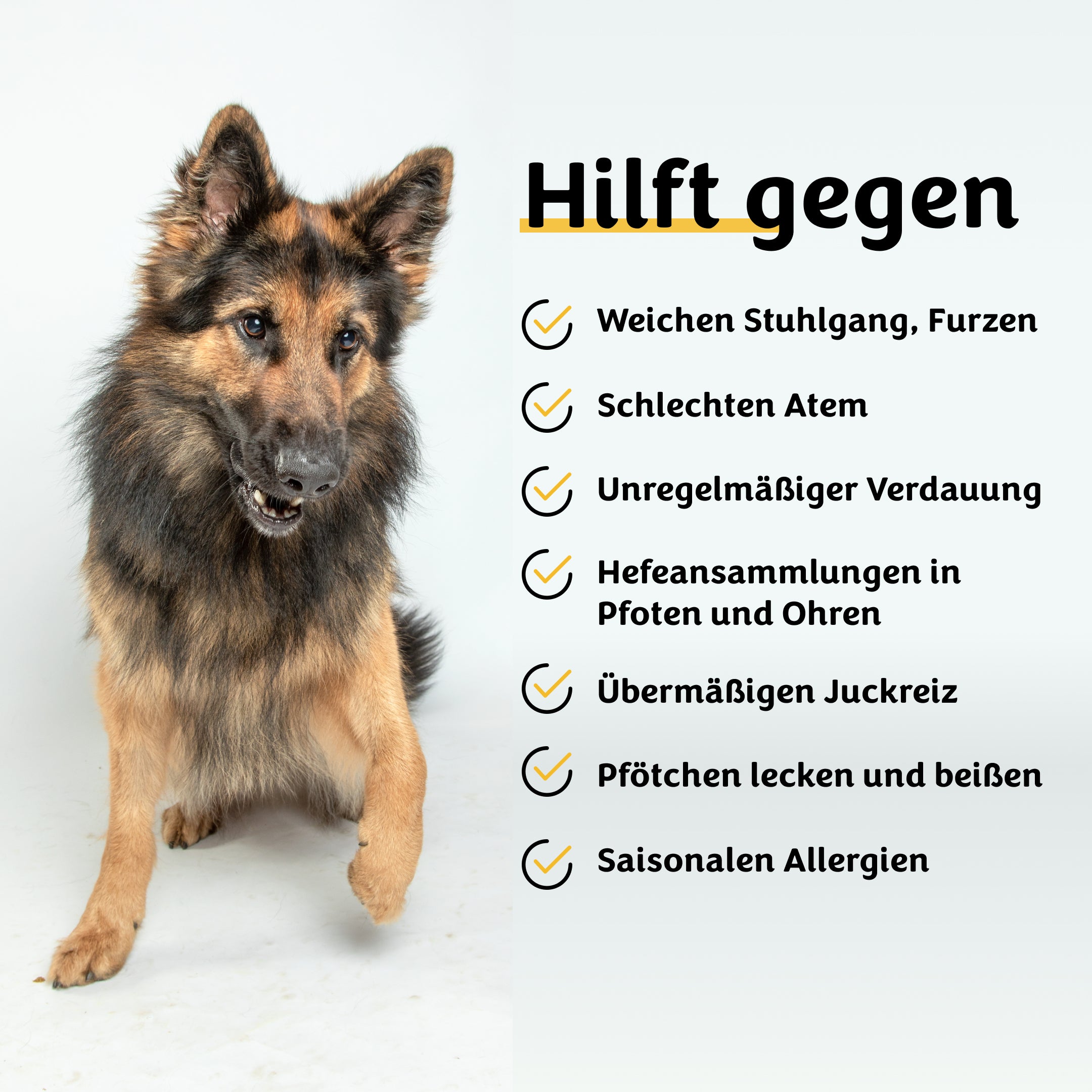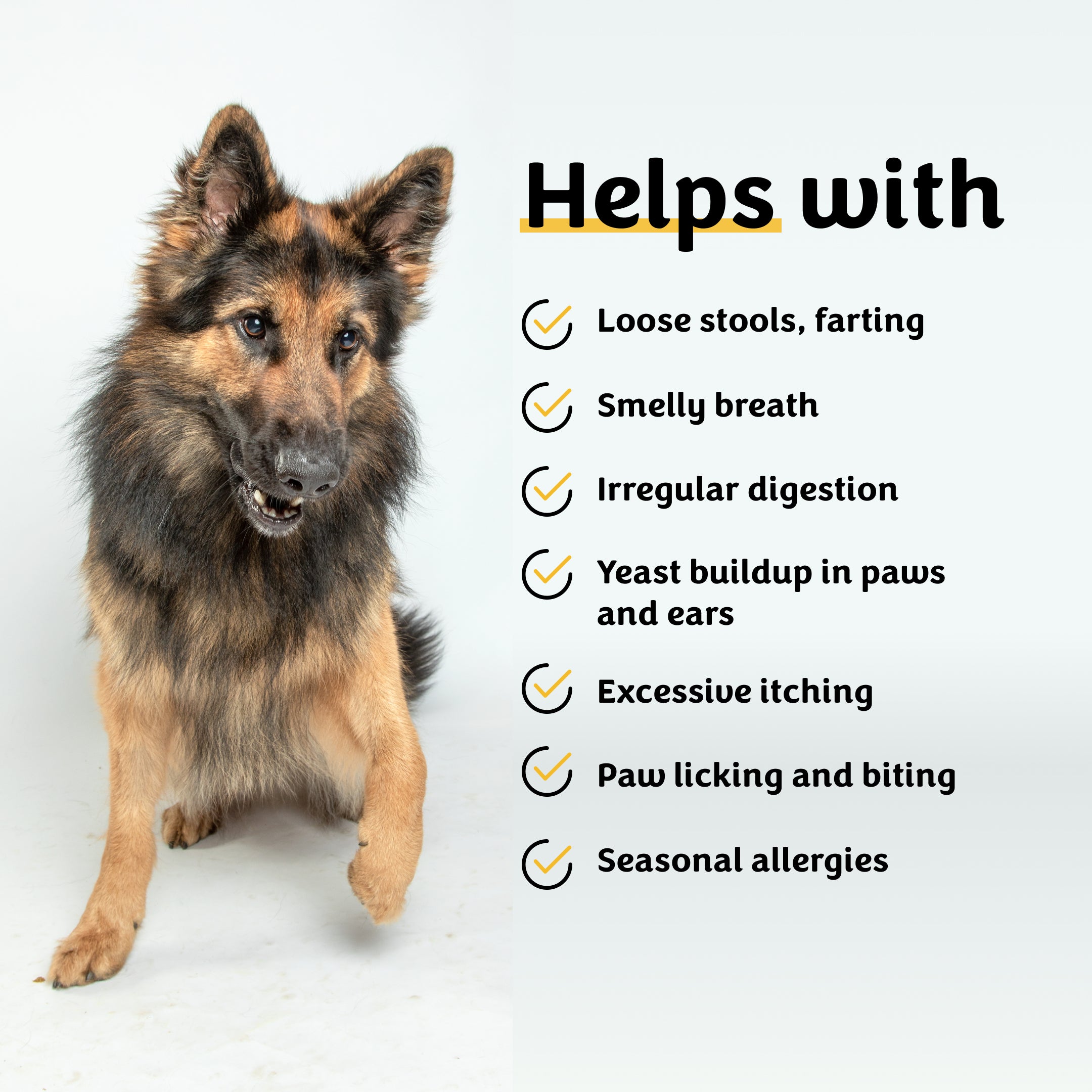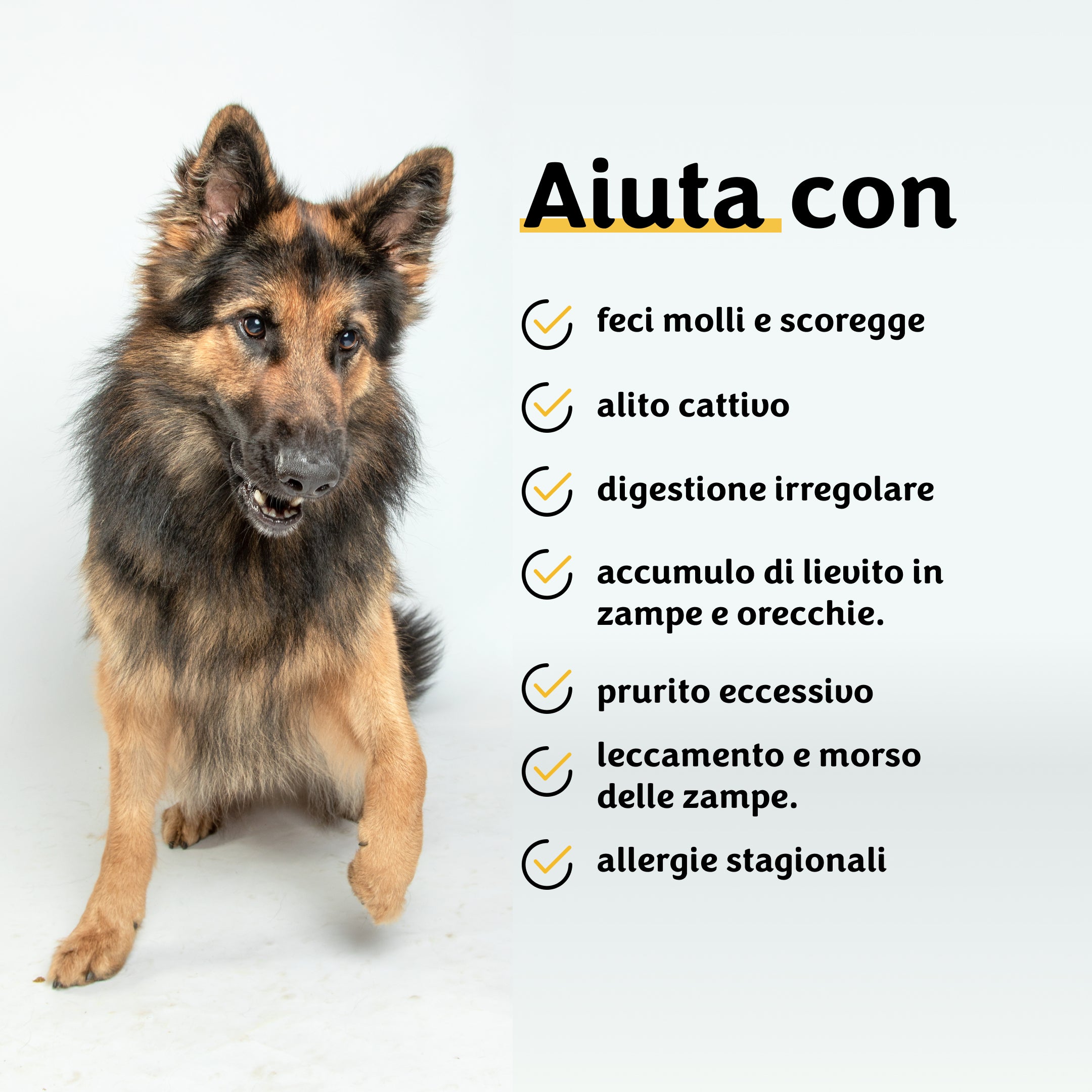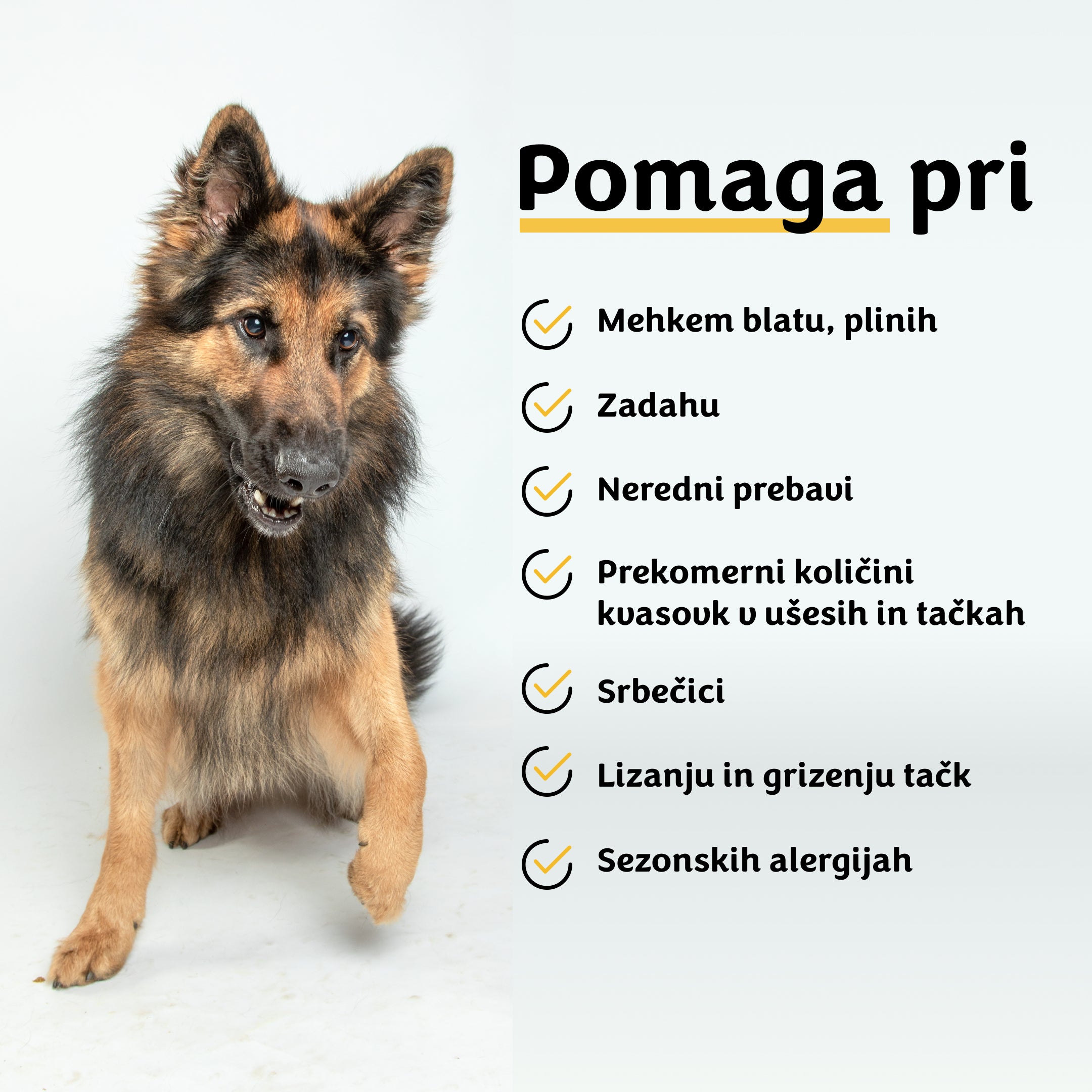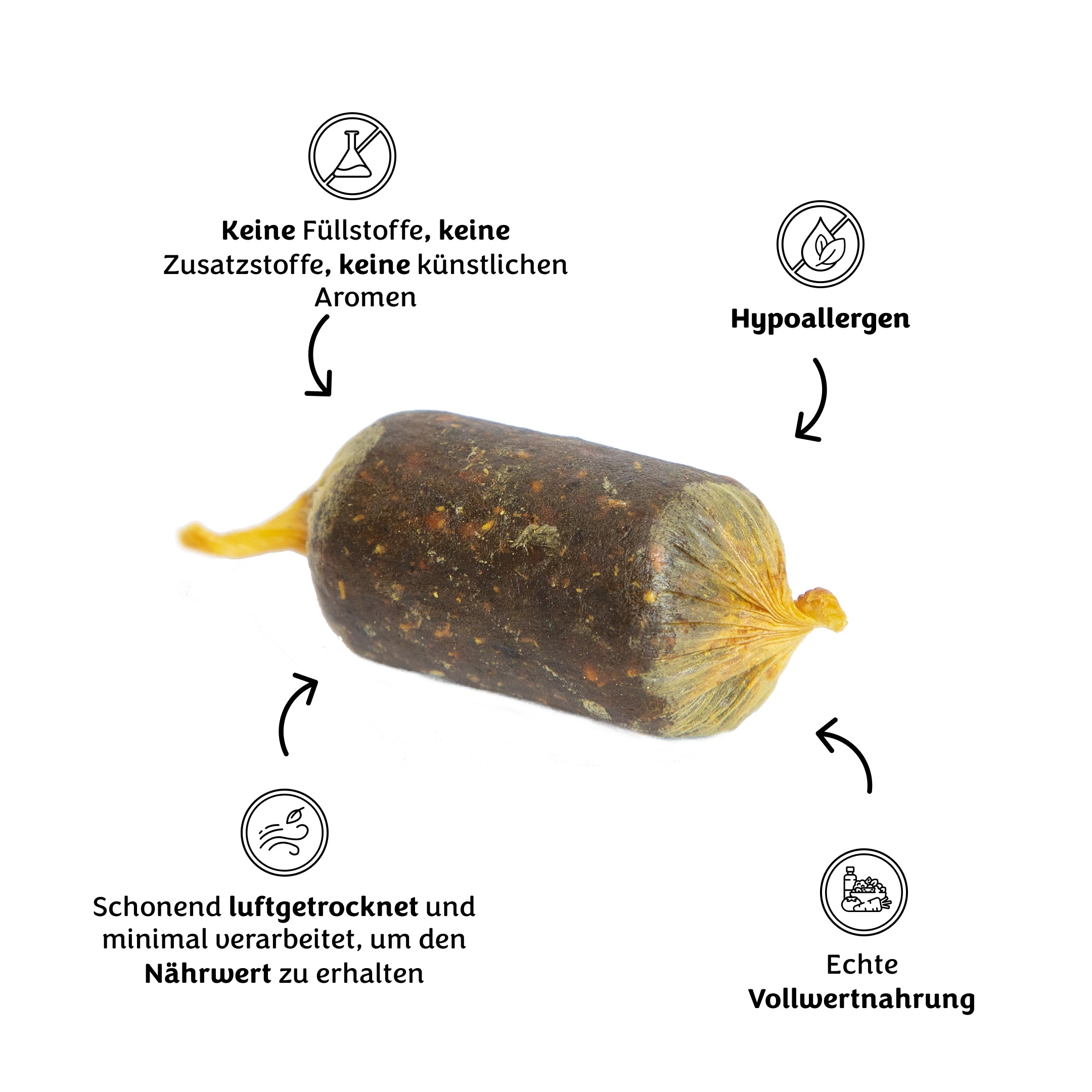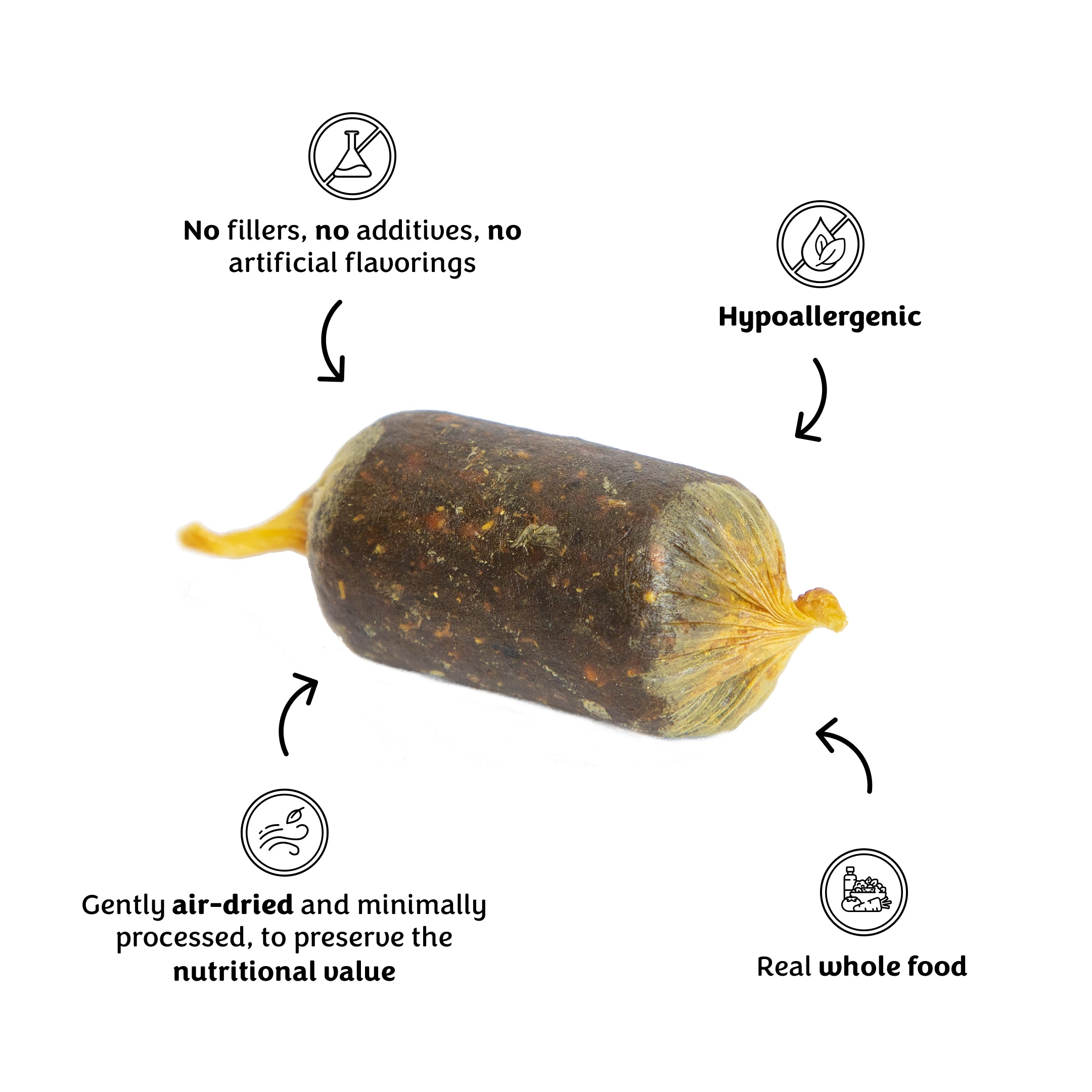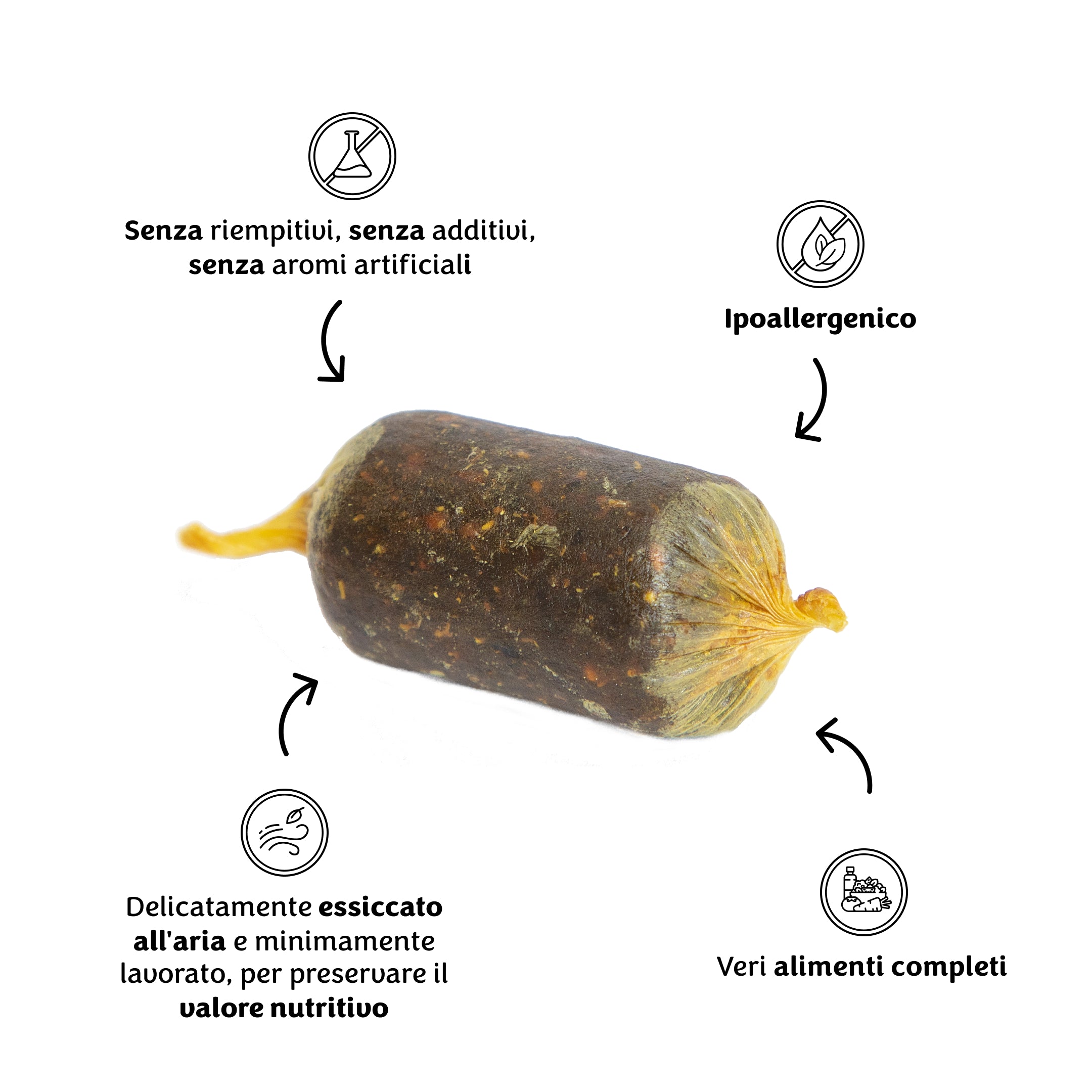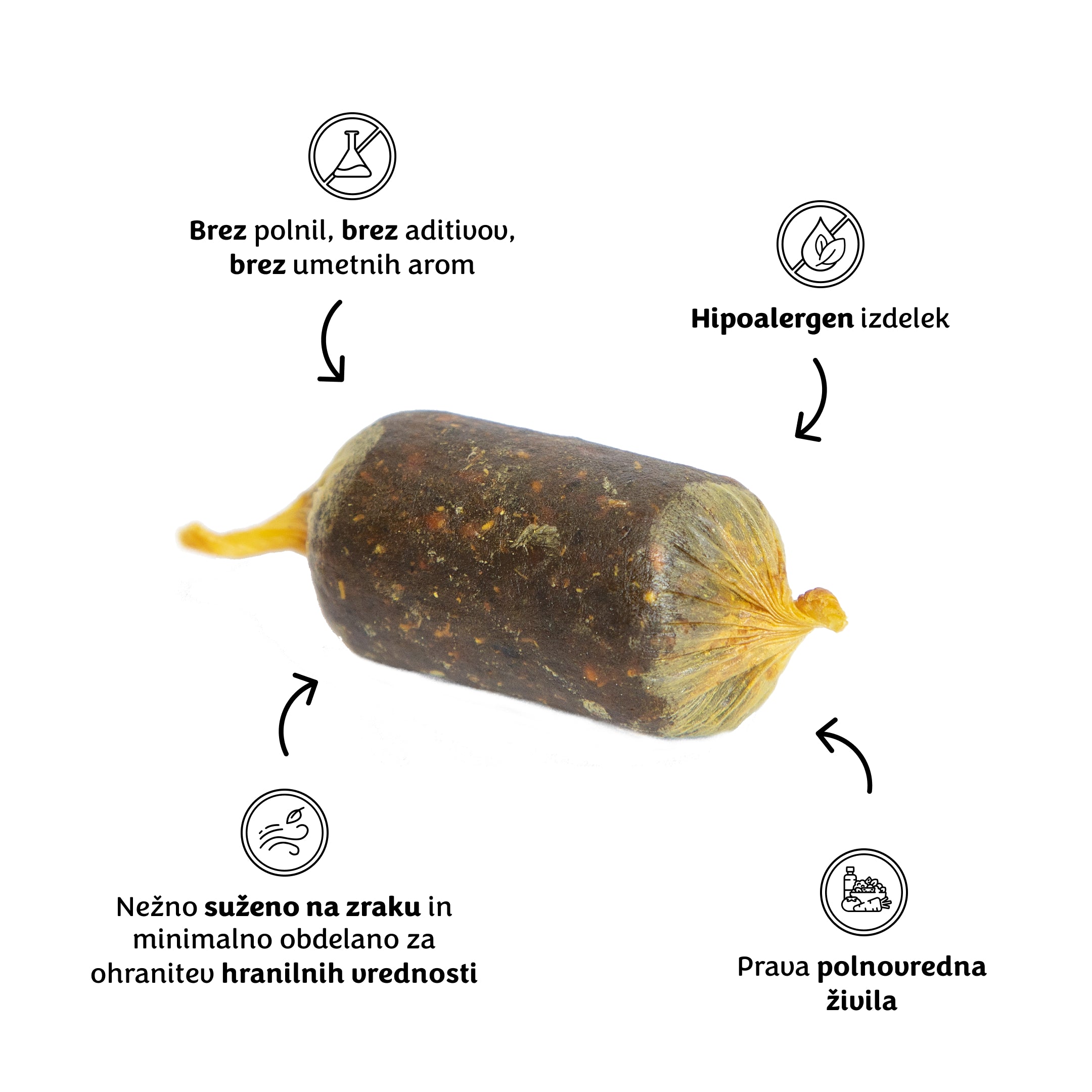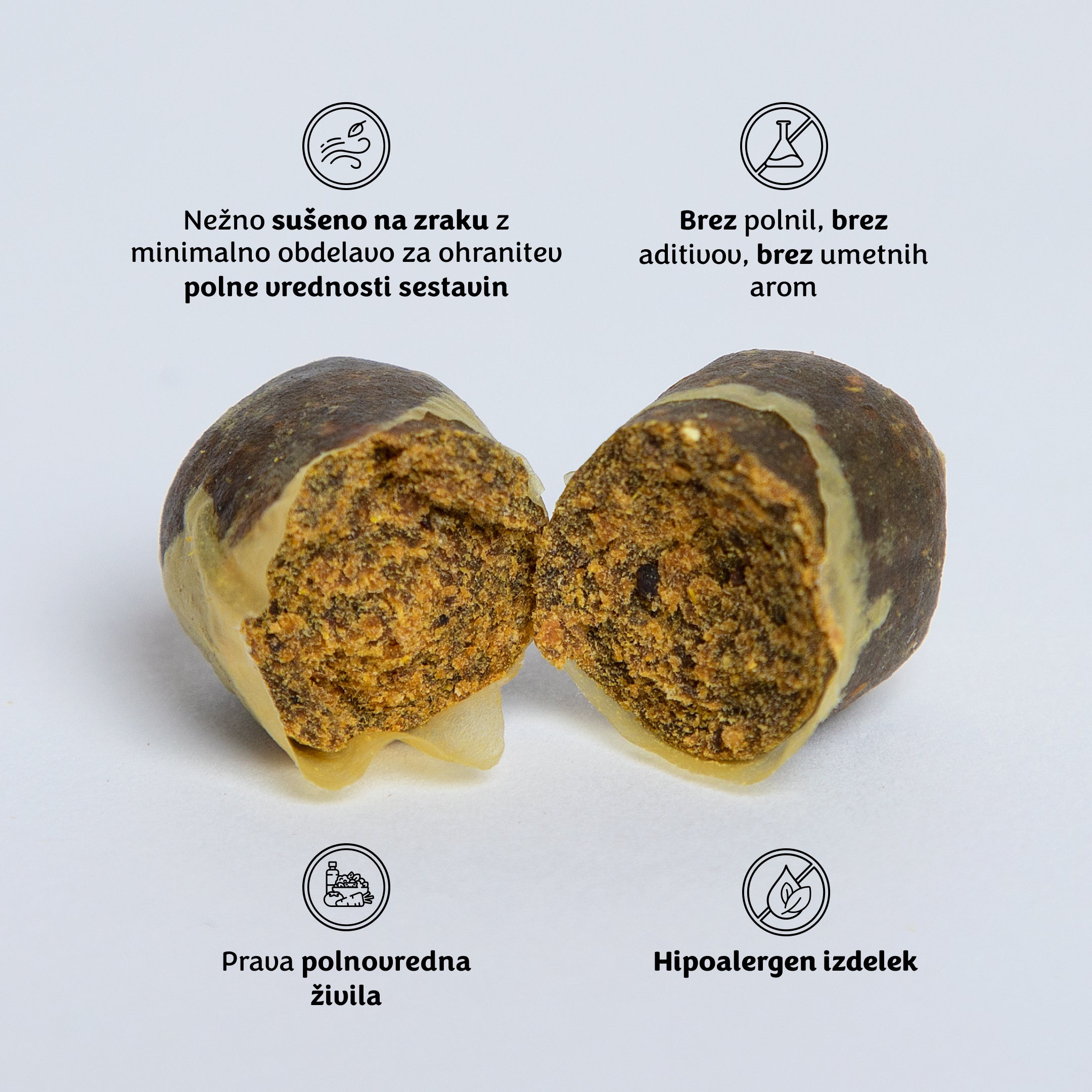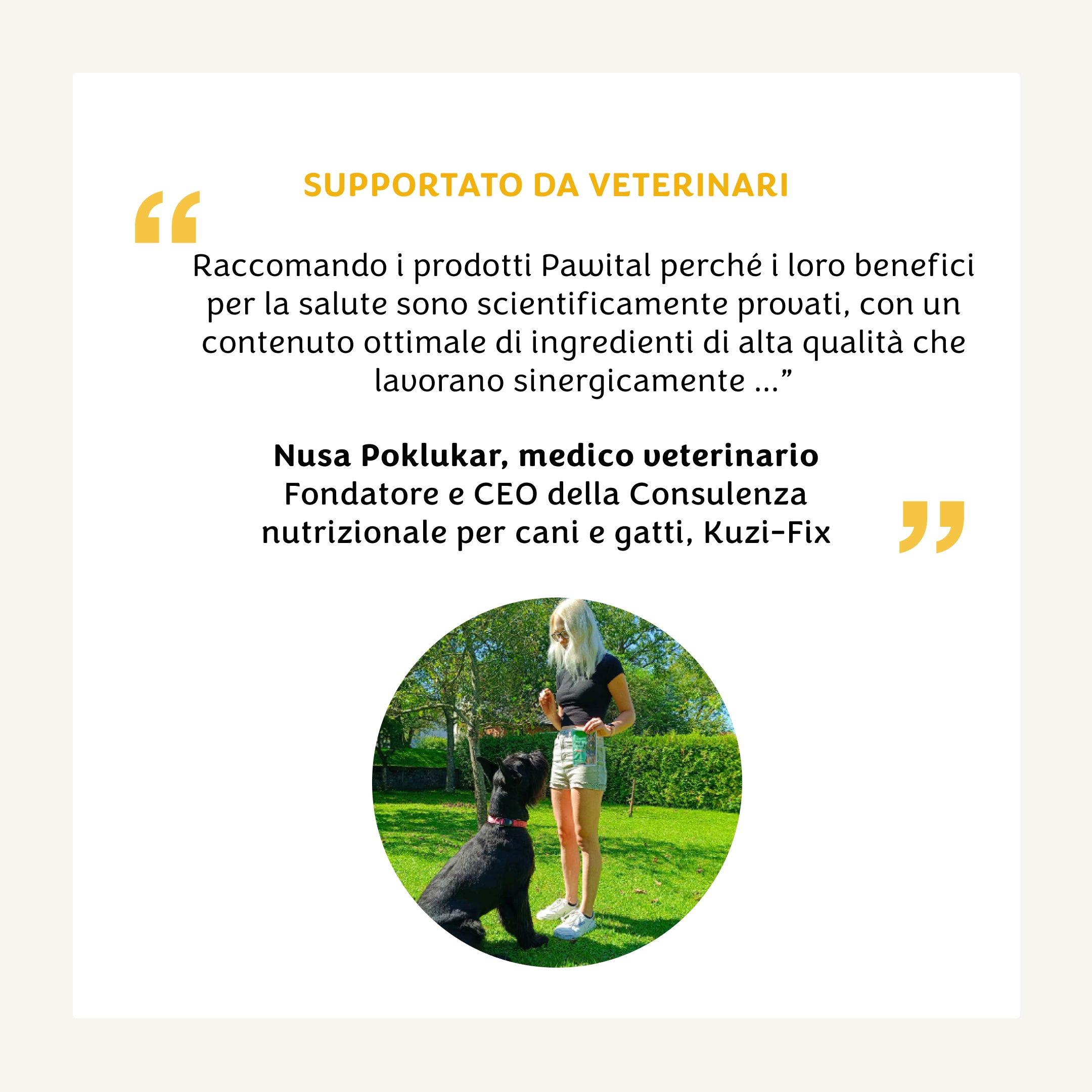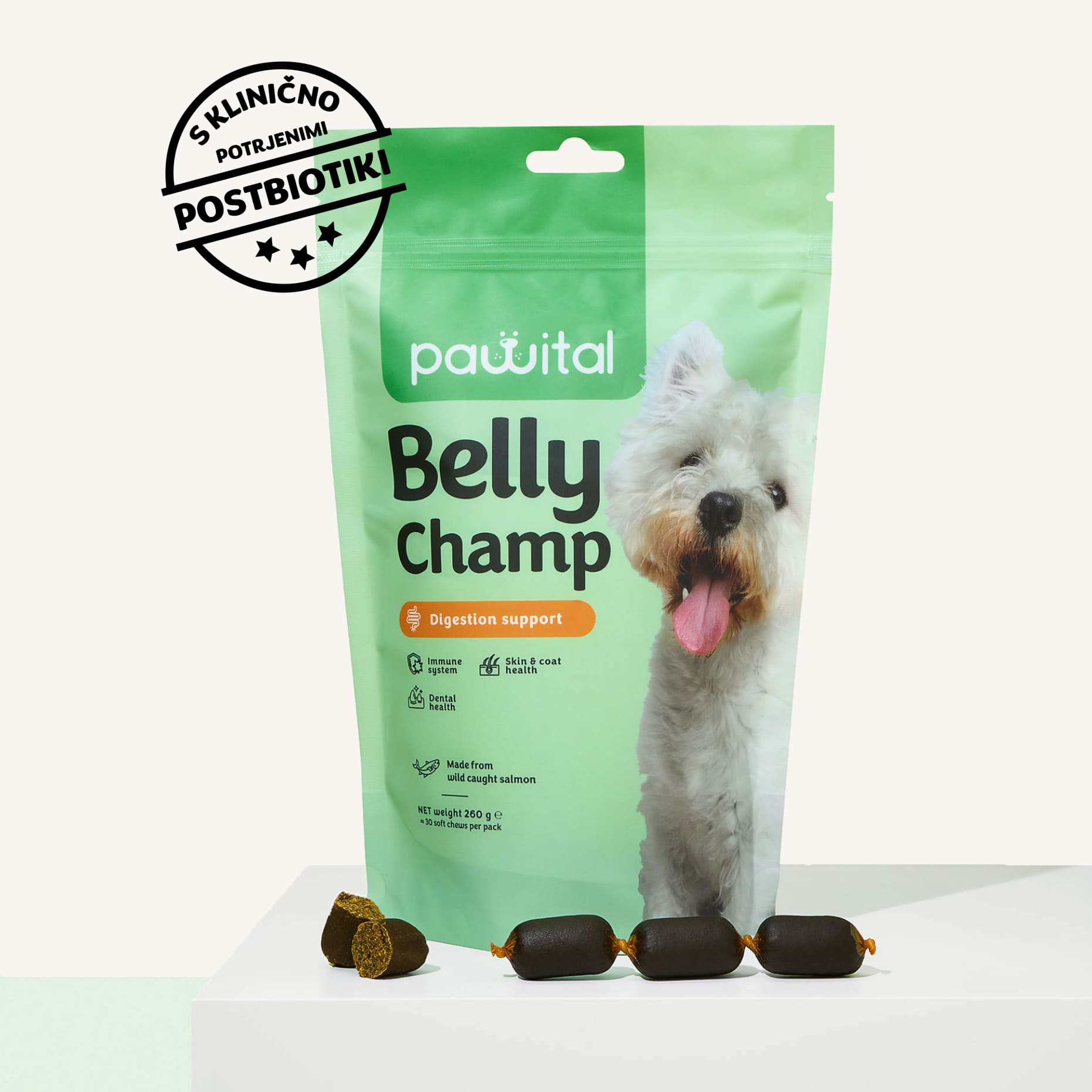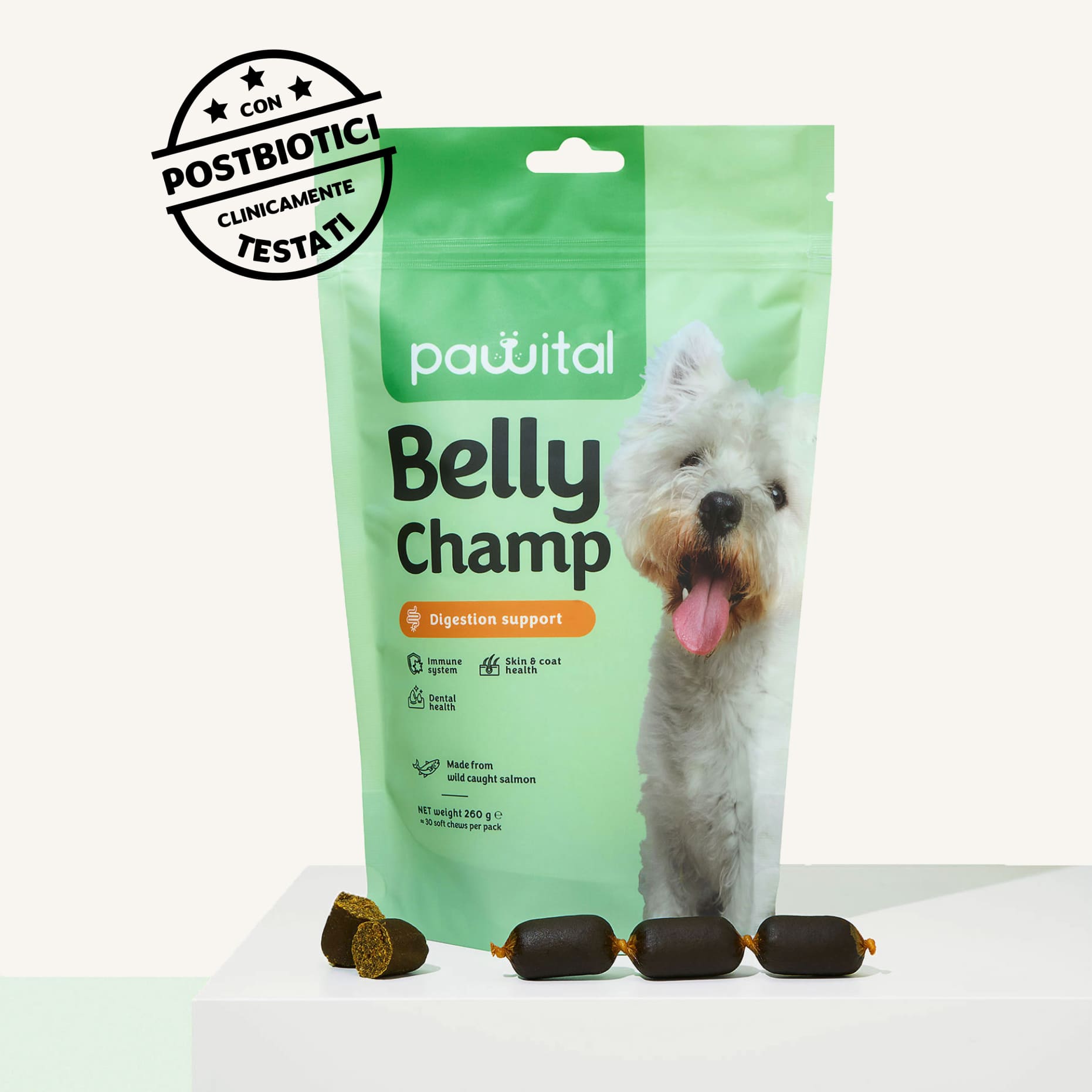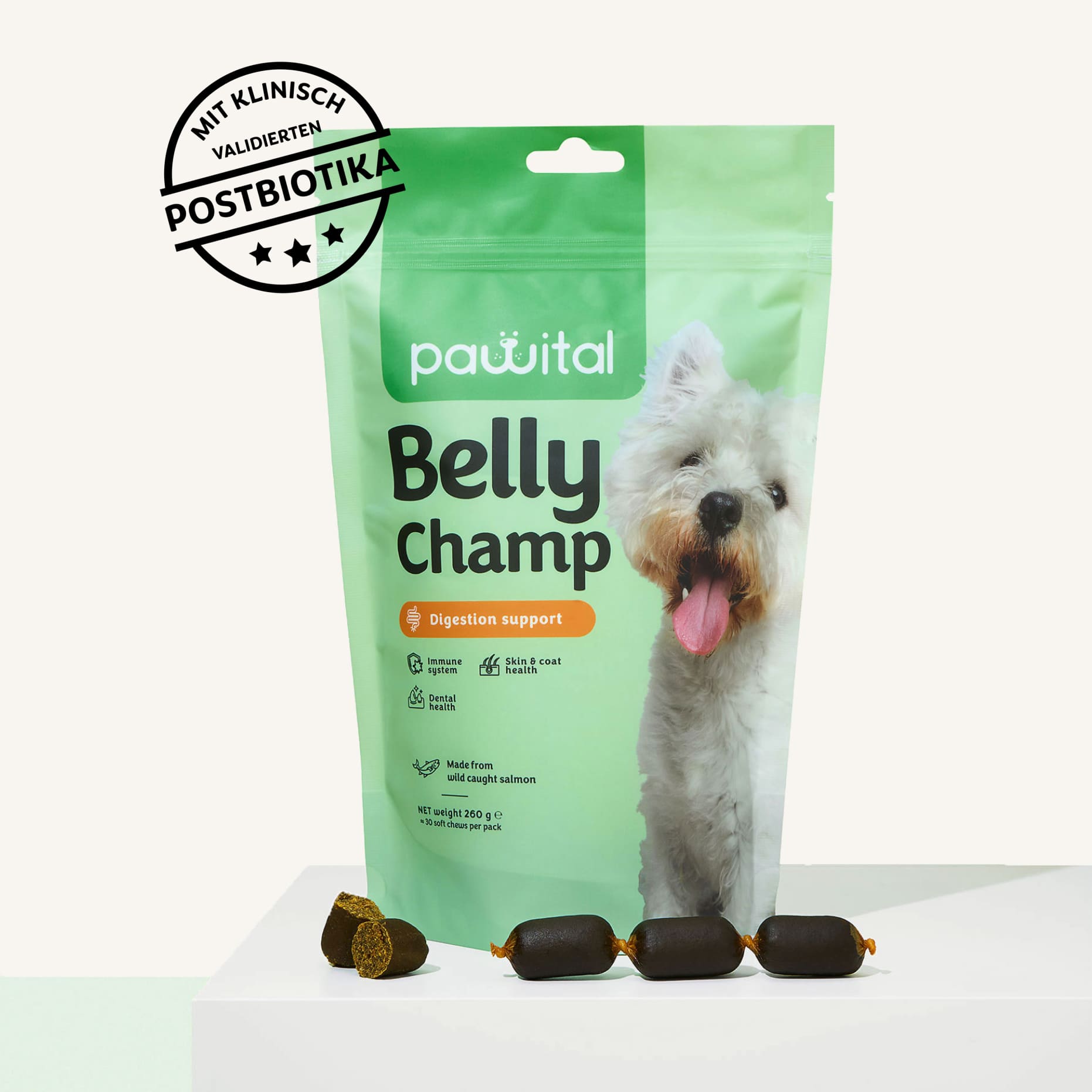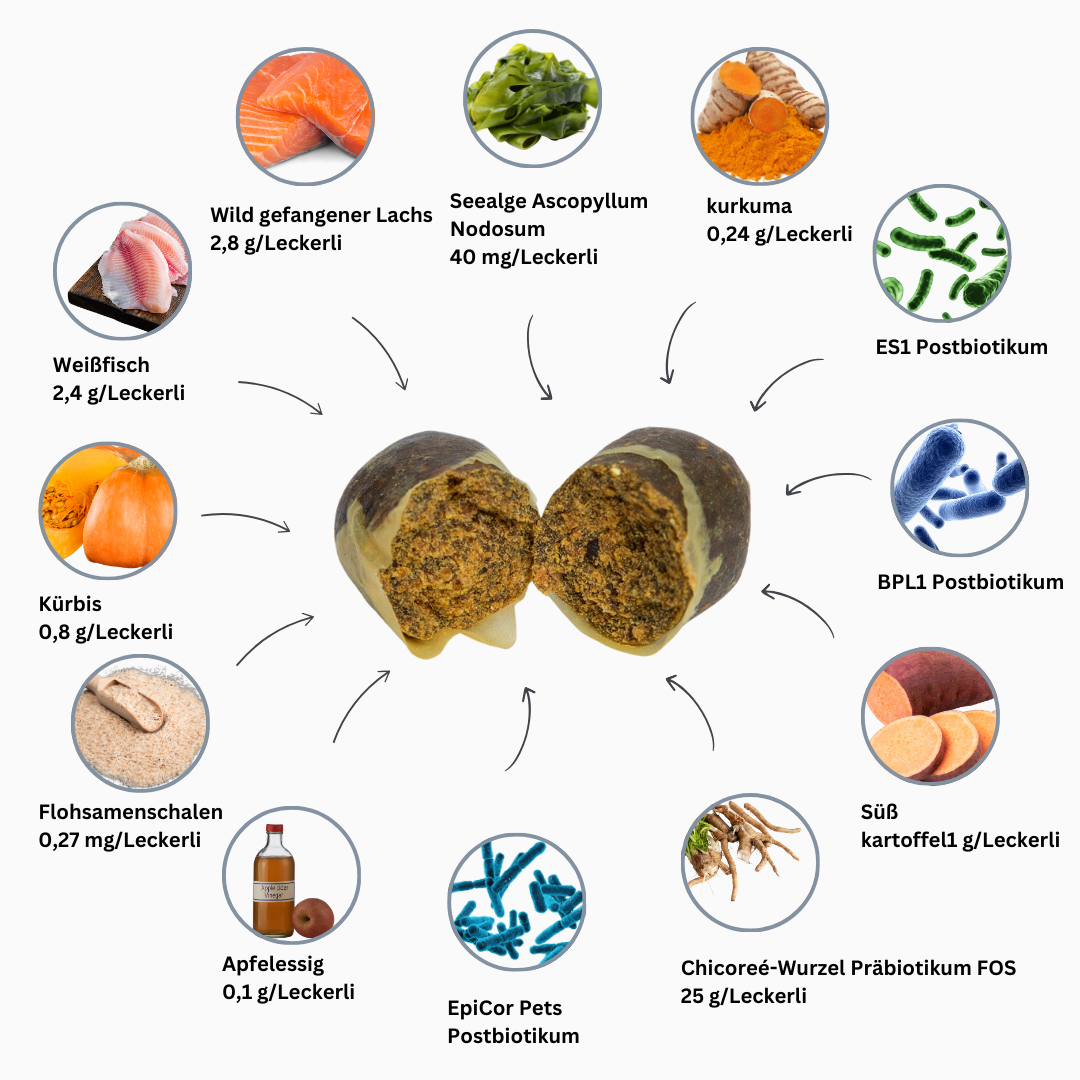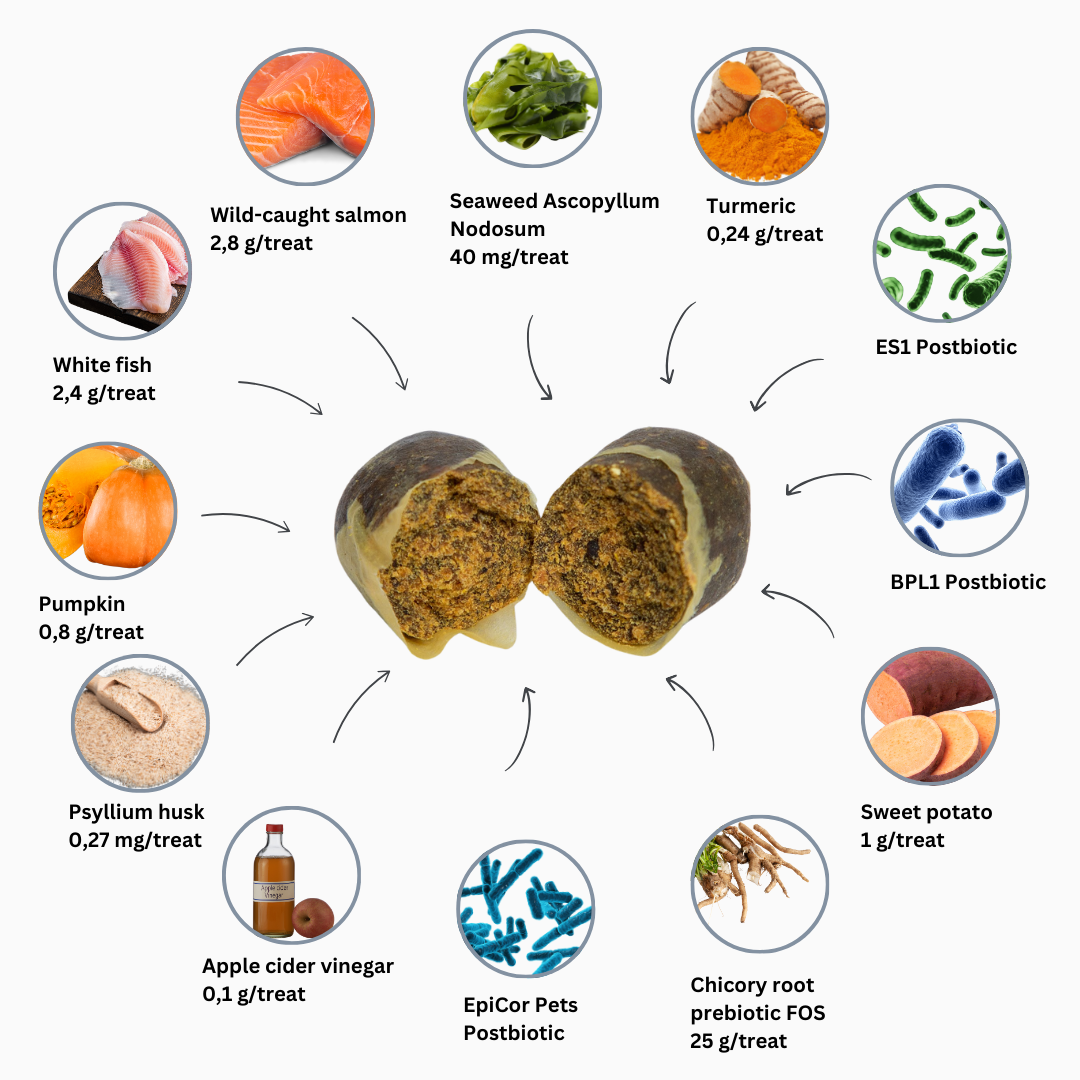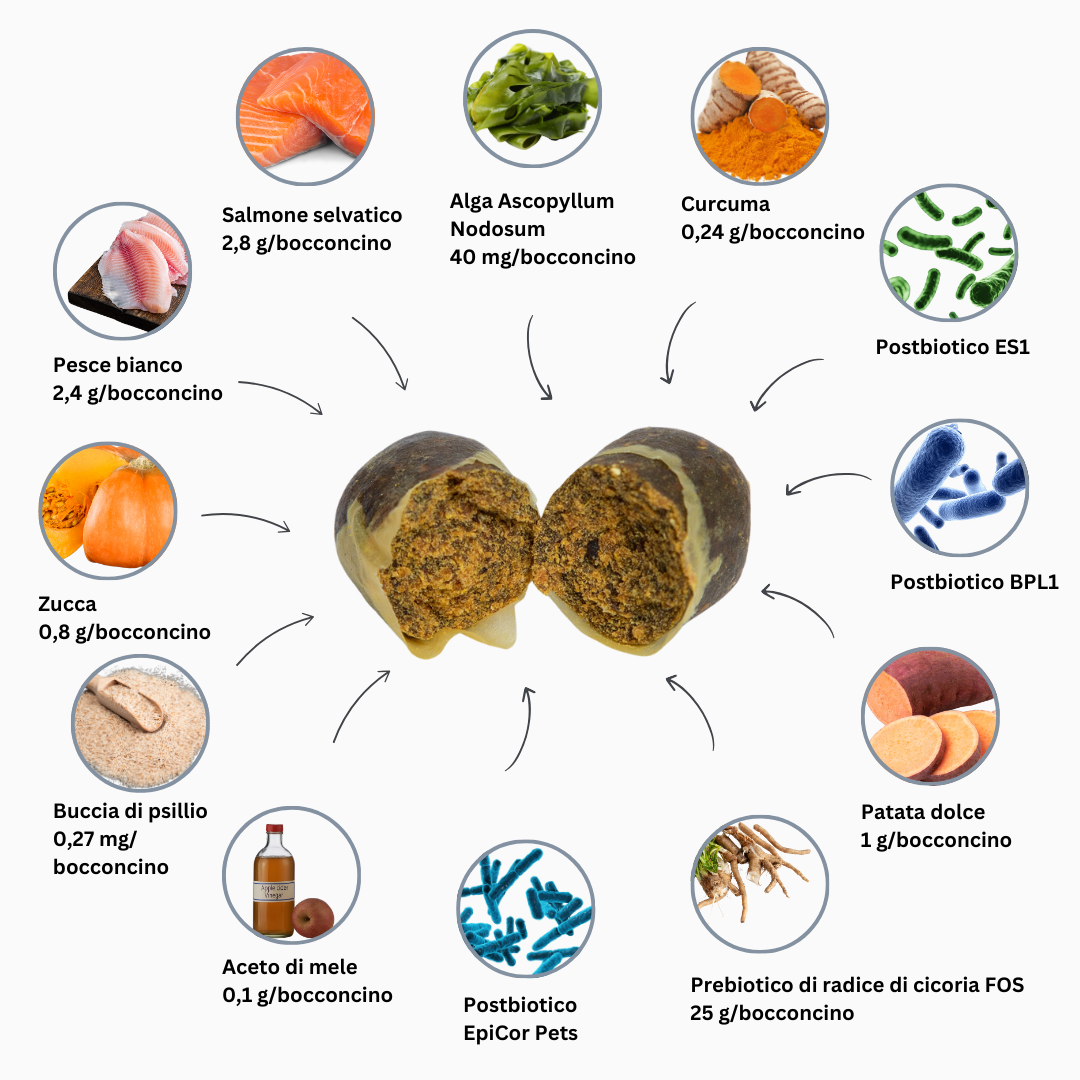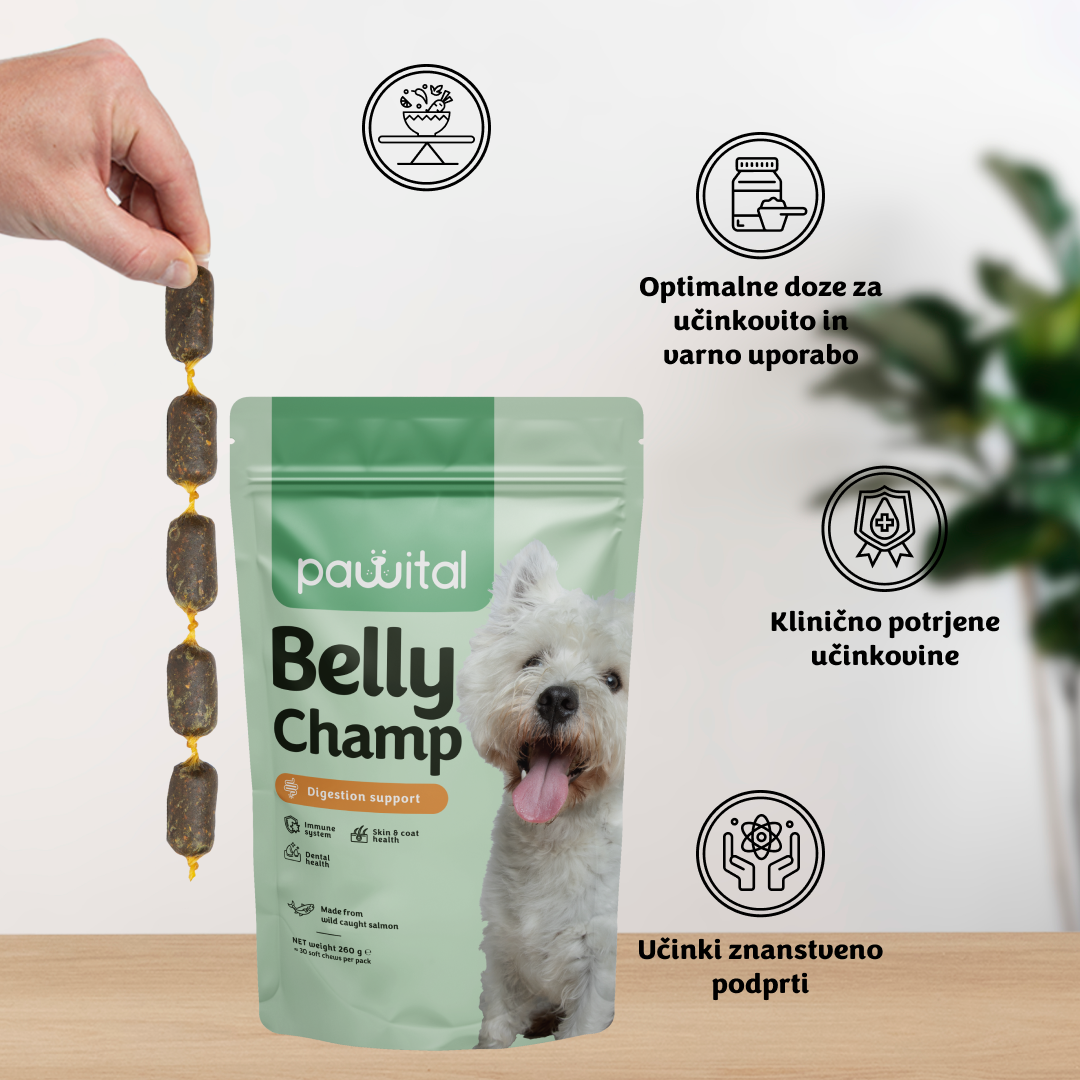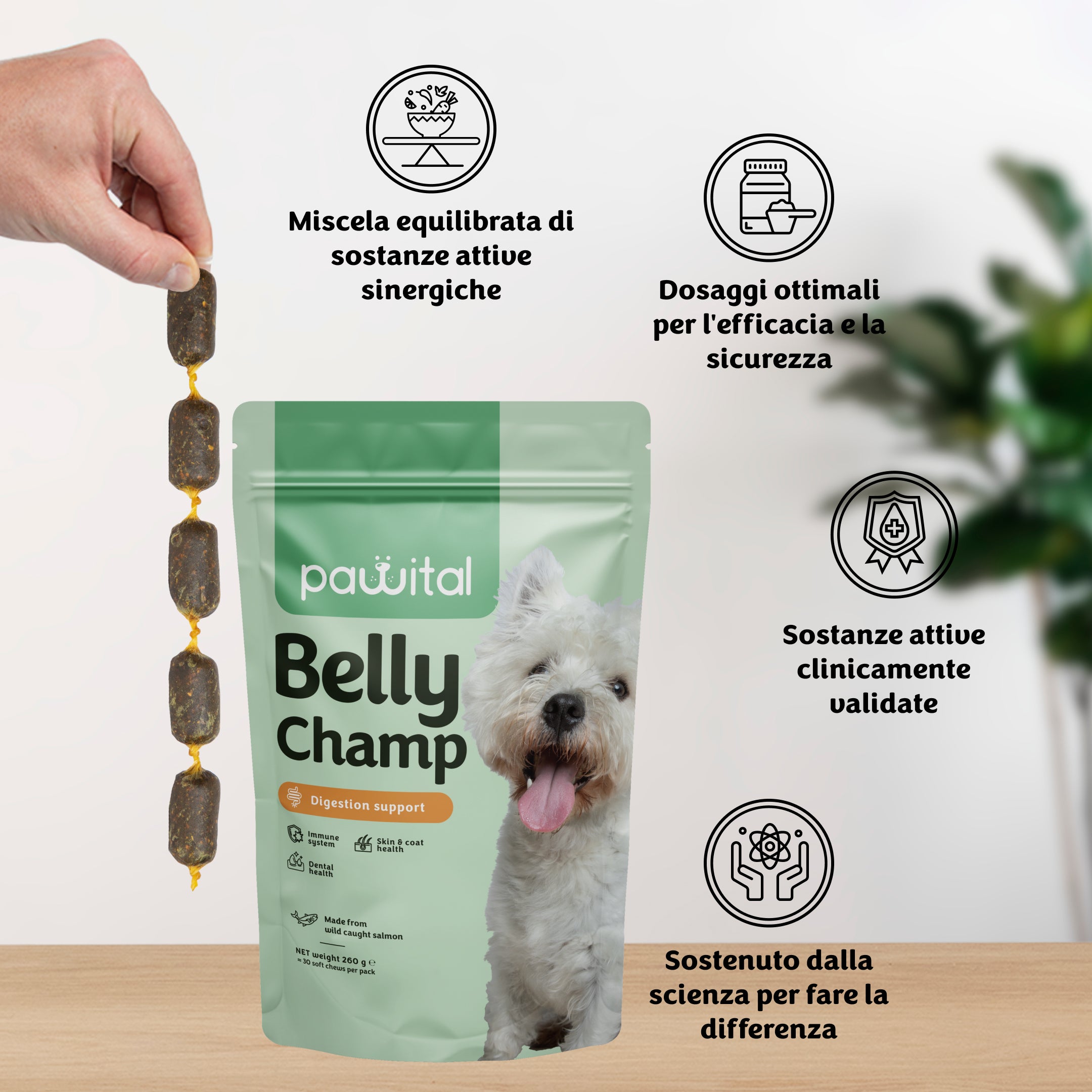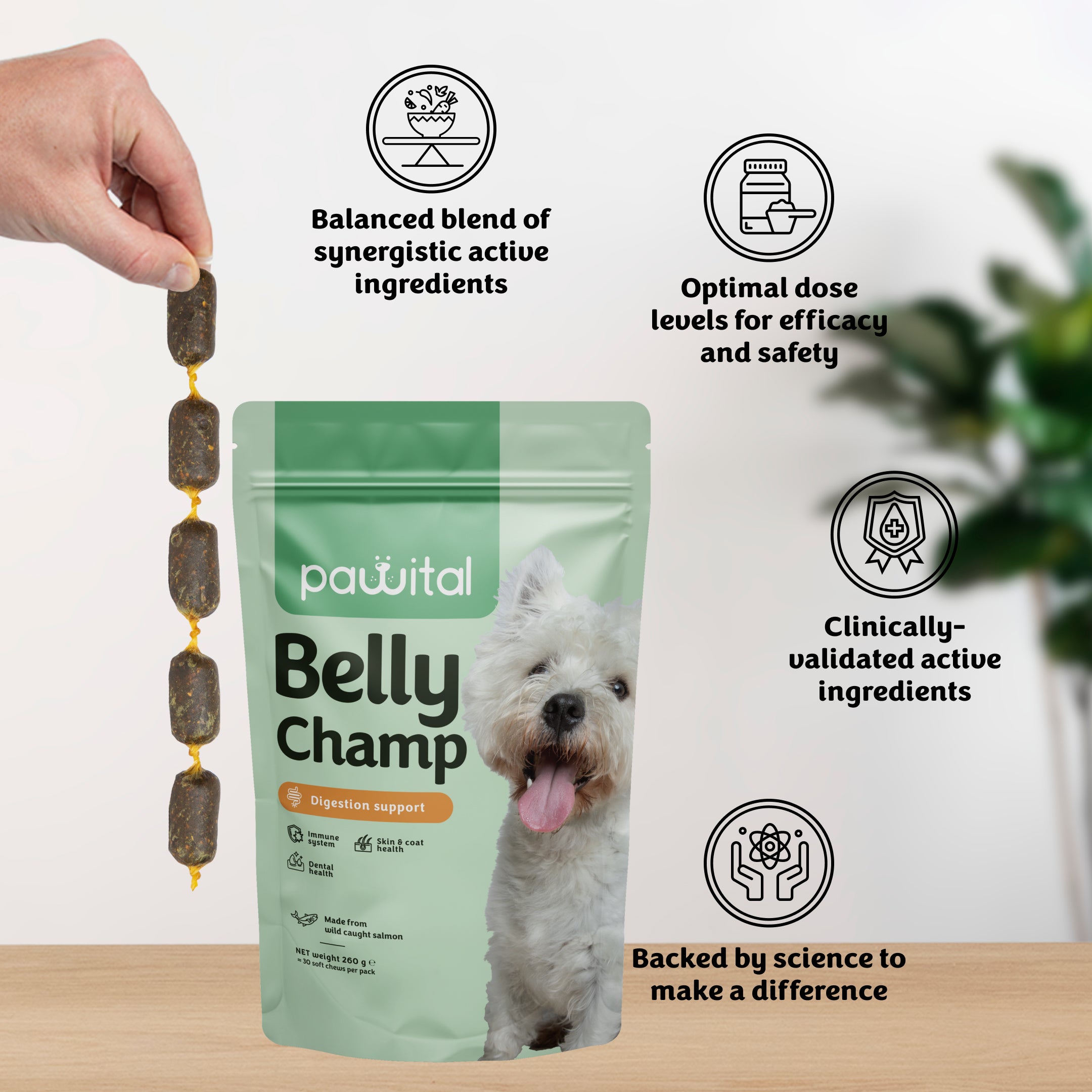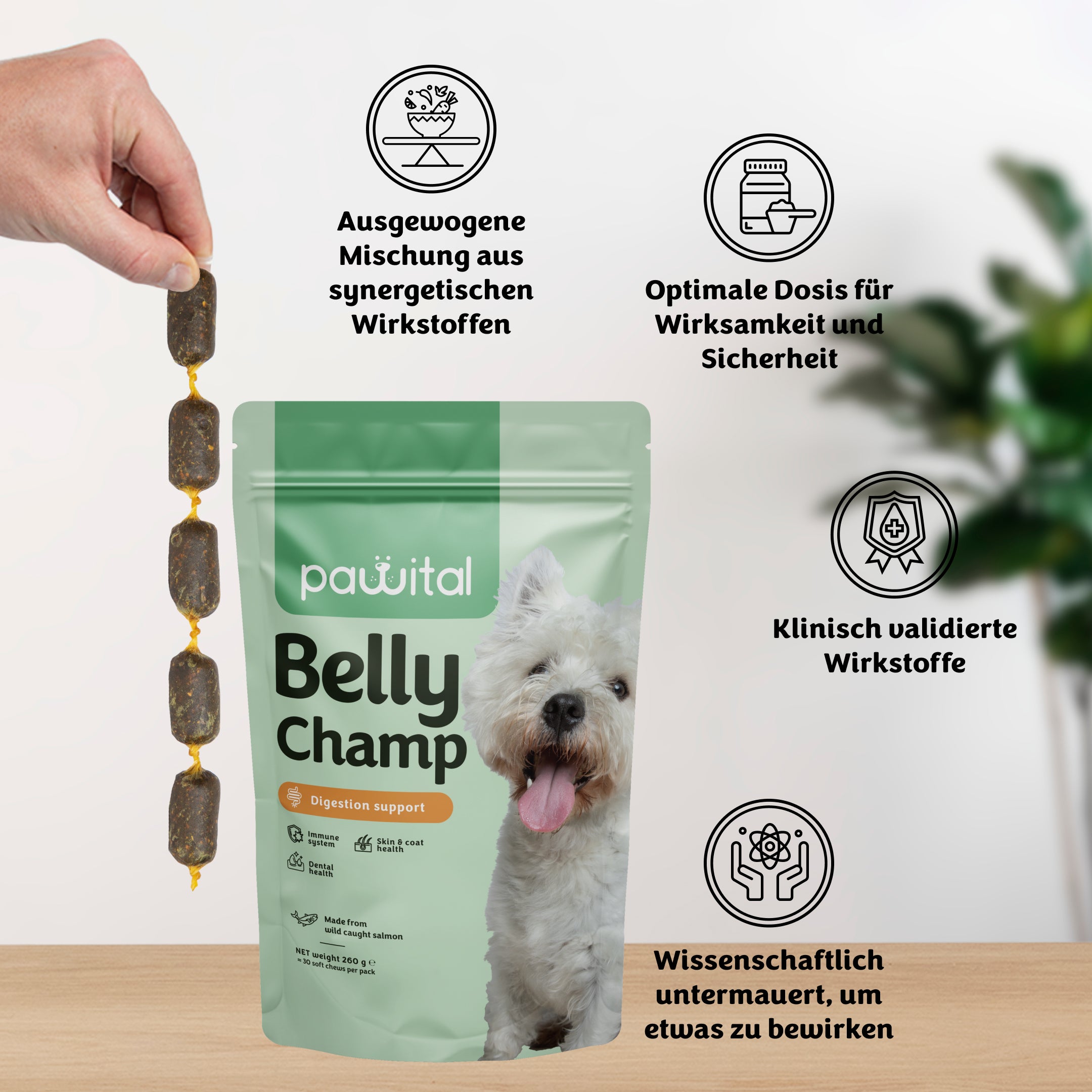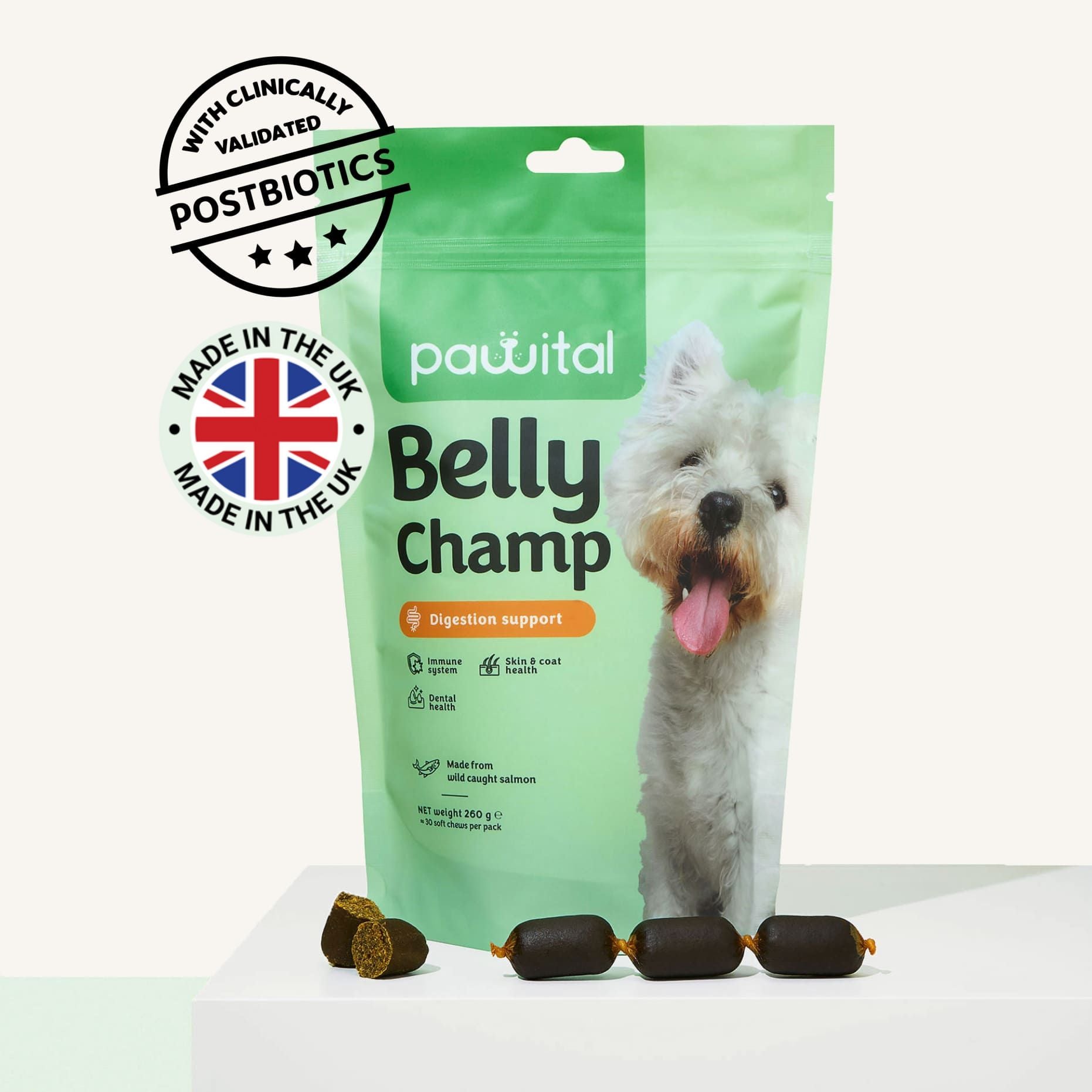Digestive problems are common in dogs, leaving owners wondering how they can assist their furry friends. It's a dilemma of when to take them to the vet and when to let the issues resolve on their own.
This article delves into the specifics of when it's crucial to consult a veterinarian and when you can provide assistance at home, along with how to do so.
Also, take a moment to read:
- How Fasting Can Contribute to Digestive Issue Relief
- When and What to Cook for a Dog with Digestive Problems
- A Simple Trick for Busy Pet Owners who Lack Time to Cook

When is it Appropriate to Opt for a Lean Diet?
Choosing a lean homemade meal is an excellent solution when a dog experiences mild digestive issues such as soft stools, constipation, excessive gas, or vomiting.
These problems often arise when a dog consumes something inappropriate during a walk or from the kitchen counter, such as mice, other carrion, or biological waste.
Consider a lean diet if:
- Your dog typically has normal bowel movements but is currently experiencing soft stools or diarrhea.
- Diarrhea persists for no more than 2-3 days.
- Your dog remains playful and attentive despite digestive issues.
- The dog doesn't vomit after every meal, as persistent vomiting may indicate more serious complications.

When is a Veterinarian Visit Essential?
In cases of severe digestive complications, it is crucial to consult a veterinarian.
Pay attention to these symptoms:
- Persistent vomiting: the dog continues to vomit after 12-24 hours of fasting, or vomits blood.
- Bloody diarrhea with fresh blood (bright red spots) or clotted blood (black stools). - Foamy diarrhea (which could be a sign of giardiasis, requiring urgent antibiotic treatment).
- Stools containing significant amounts of mucus (excessive mucous production in the intestines may indicate perforation or other intestinal injuries).
- Lethargy: extreme fatigue, lack of interest in play or walks, and loss of appetite.
- High body temperature: if the temperature is above 39.5 °C in combination with diarrhea and/or vomiting, visit the veterinarian immediately! Without a thermometer, look for glassy and/or red eyes, panting, warm ears, and a dry nose as symptoms.
- Very tense and swollen abdomen: excessive bloating could be a sign of a twisted stomach. Gas accumulates in the stomach without proper passage. Some larger breeds are more susceptible. A twisted stomach can result from vomiting or vigorous activity after eating. Visit the veterinarian, as it is life-threatening.

Chronic Poor Digestion Could Indicate Serious Illnesses
When dealing with chronic poor digestion, a visit to the veterinarian is imperative.
Chronic digestive issues may be indicative of the following diseases:
- Chronic inflammatory bowel disease
- Pancreatitis
- Kidney disease
- Liver disease
- Cancer Mild Digestive Complications

How to React and What to Cook for Your Dog
If, however, it is only a case of mild digestive disturbances—a complication that can be resolved at home—follow these steps.
Step 1: Fasting
Imagine the following scenario: When your leg hurts due to a hit or twist, you would rest and avoid putting weight on it. Similarly, treat your dog's upset stomach or digestion.
Some dogs instinctively fast after consuming something harmful and vomiting or having diarrhea, rejecting meals for about 12 hours. Others, particularly more voracious breeds, may not willingly give up a meal even if they feel unwell. In any case, fasting for 12 to 24 hours is recommended for a troubled digestion. If the dog continues to vomit during fasting, consult a veterinarian.

Step 2: Gradual Introduction of Food - Start with a Little Broth
After 12-24 hours of fasting, a full meal might be too much for the stomach. Introduce food gradually. Begin by giving the chicken broth, prepared quickly and mess-free.
See the recipe here >> Recipe: Chicken broth for dogs with digestion issues
In subsequent meals, gradually add meat and vegetables from the broth. The broth should be warm or room temperature - never hot or directly from the fridge!

Step 3: Lean Meat Meal
Lean meats like chicken breasts, lean beef (thigh, back), or salmon are the most suitable protein sources for introducing food further. Typically, rice is added to the protein, known for being a dietary and easily digestible carbohidrate option, although unsuitable for diabetic dogs.
See the recipe here >> Recipe: Chicken breasts and rice for dogs with indigestion
Quinoa or buckwheat is a better grain choice. If the dog is allergic to grains, add some cooked vegetables (sweet potatoes, cauliflower, sweet pumpkin) to the lean meat and avoid legumes.
Step 4: Introduce a Postbiotic into the Dog's Diet
Postbiotics, such as Belly Champ, not only address digestive disorders but also serve as excellent preventive measures against future issues.
Introduce them gradually during digestive disturbances and then maintain the dietary supplement in the dog's regular daily diet.

Additional Tips for Choosing Food for a Lean Meal
Contrary to popular belief, rice goes bad quickly. Cooked rice should not be kept in the fridge for more than 24 hours, as molds develop extremely rapidly on it. If rice is stored in the fridge for more than 24 hours, it should be reheated or heat treated to eliminate the mold.

If you choose salmon as a protein source, opt for wild-caught salmon. We’ve discussed in detail why in this article >> Let’s Talk About Salmon
Avoid frying meat on a pan; instead, boil it thoroughly in water. Trim excess layers of fat, which are harder to digest and can be taxing on the pancreas.
It is essential to divide the food into several small meals. If the breed is larger and prone to Gastric dilatation and volvulus (GDV) - stomach fliping, ensure the dog doesn't run or engage in vigorous activity after eating.
No Time to Prepare a Fresh Meal?
We understand; sometimes it's simply impossible. You might not even have time to cook for yourself. In such cases, try soaking kibble.
Kibble is hard to digest and can burden your dog's stomach. Simply soak the daily amount of kibble in water overnight.
If you have an extra half hour, you can add some freshly cooked rice to the soaked kibble.

Summary
Dealing with sudden digestive issues in dogs can be addressed with a lean diet and homemade meals. However, such a solution should only be considered if, based on the symptoms, it is determined to be a mild disturbance. In cases where symptoms indicate more serious gastrointestinal disorders, a veterinarian should be visited immediately. Urgent symptoms include prolonged periods of nausea and vomiting, blood in the stool, lethargy, and a temperature above 39.5 °C.
Simple and nutritious recipes, such as chicken and vegetable soup or chicken breasts with rice or quinoa, provide practical options for managing mild digestive issues at home. In cases where time constraints pose a challenge, a convenient alternative is soaking dry kibble in water overnight, to which you can add some cooked rice.



